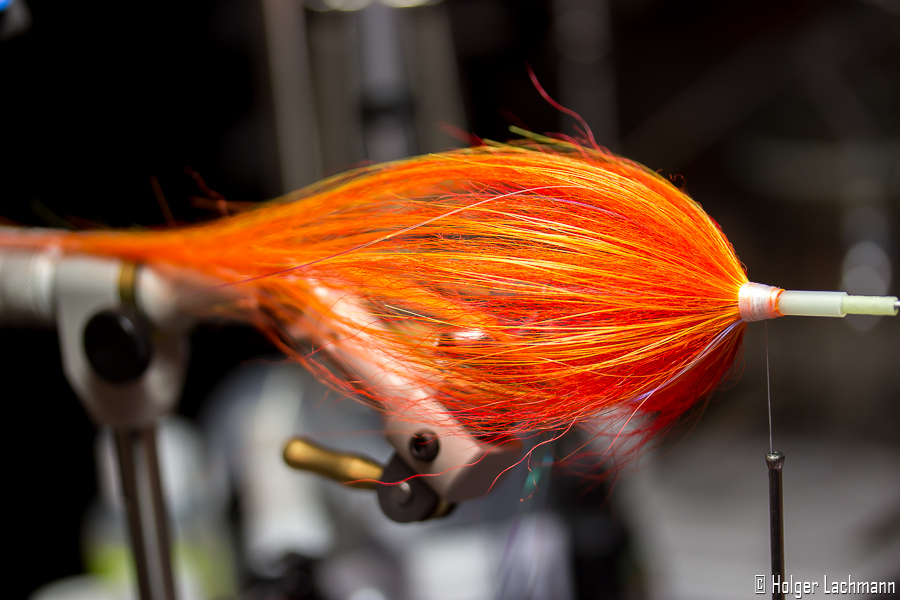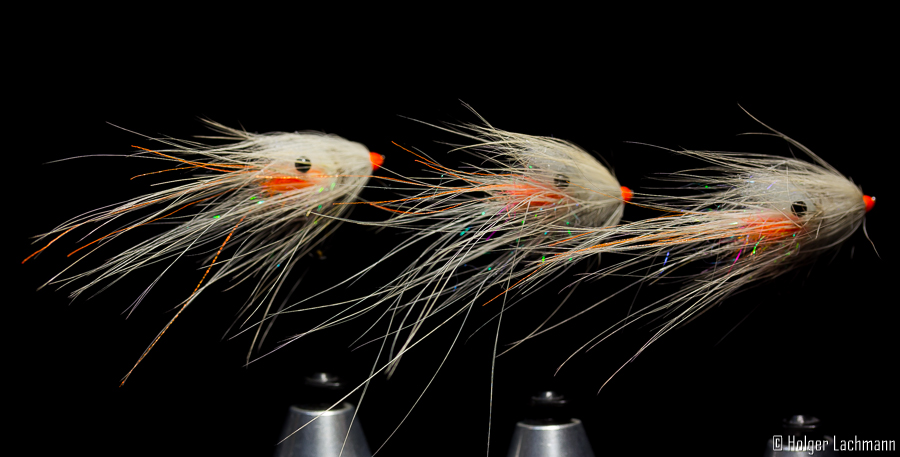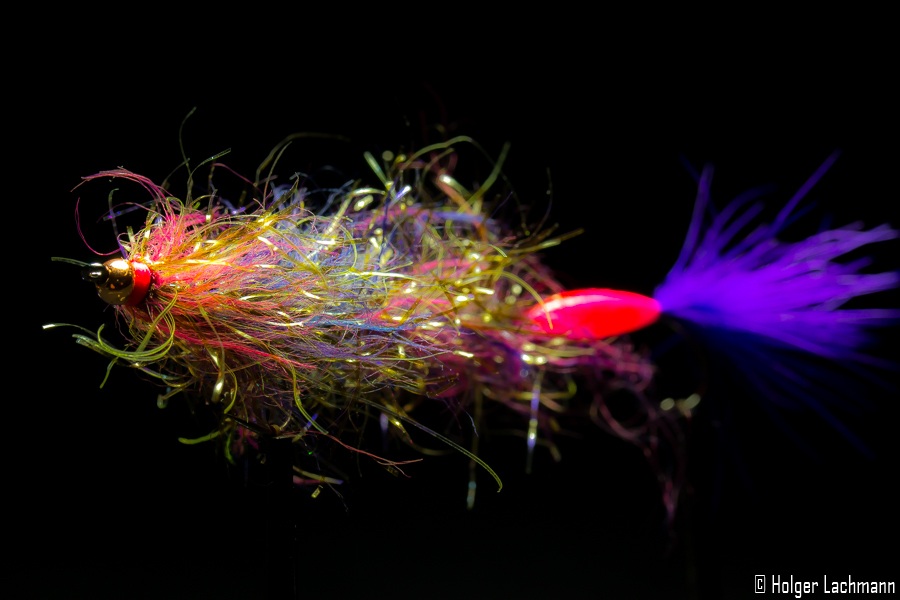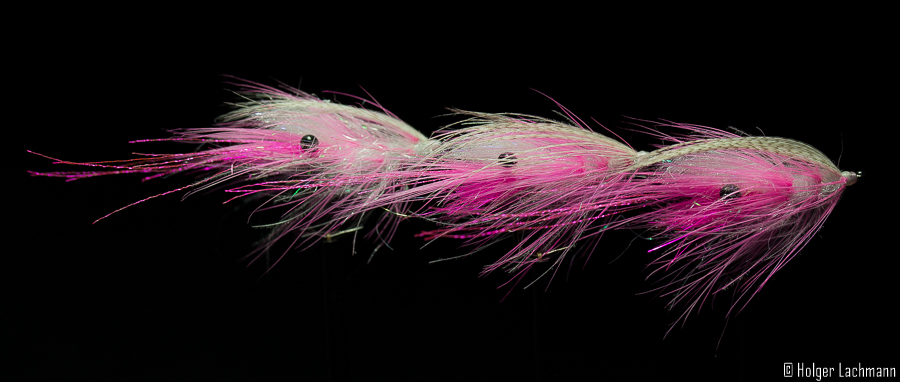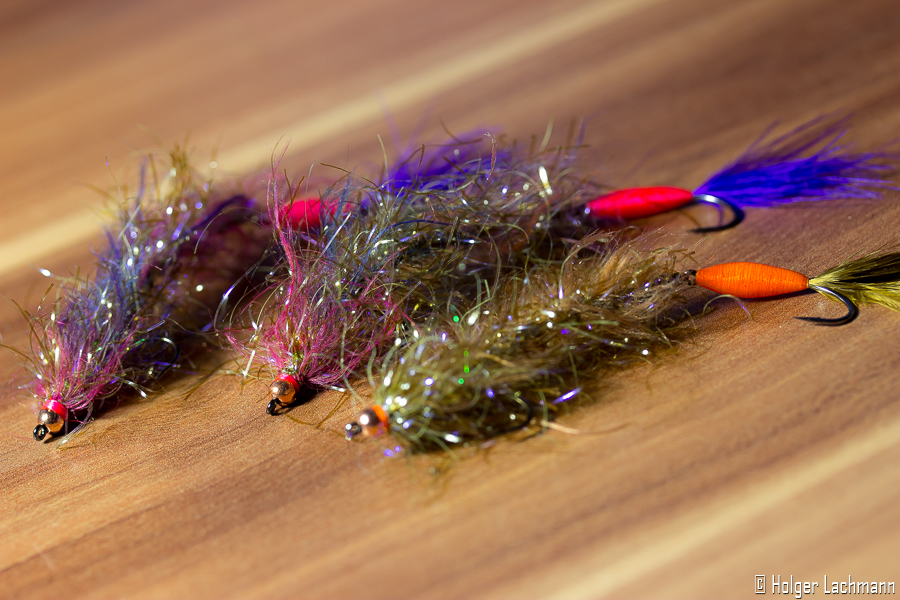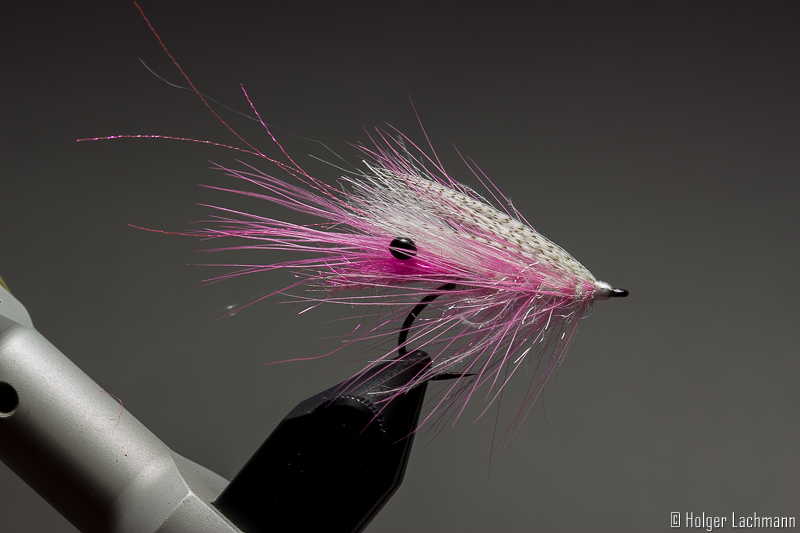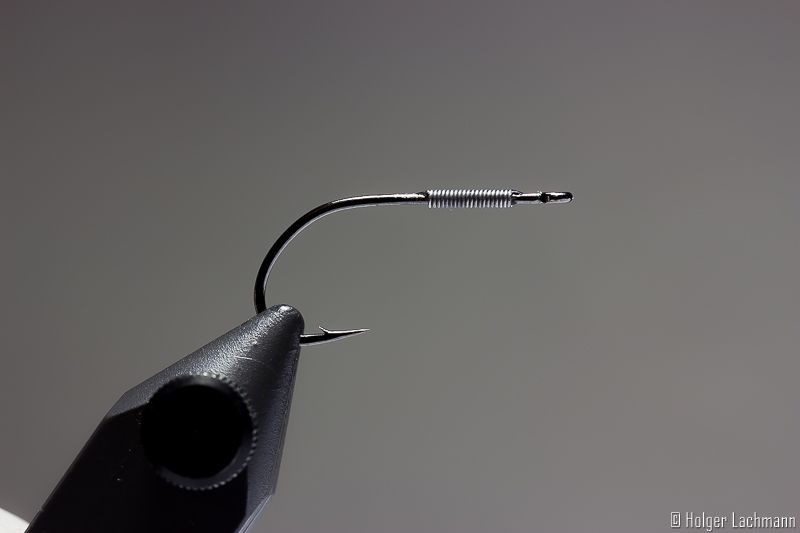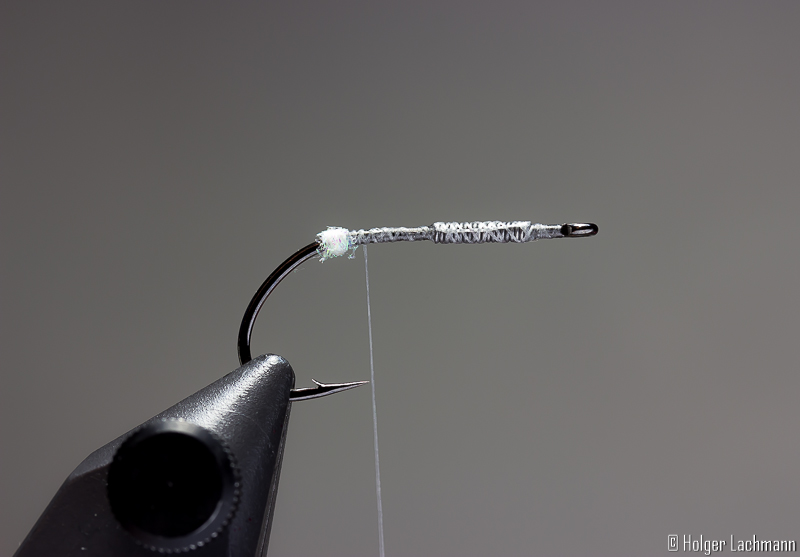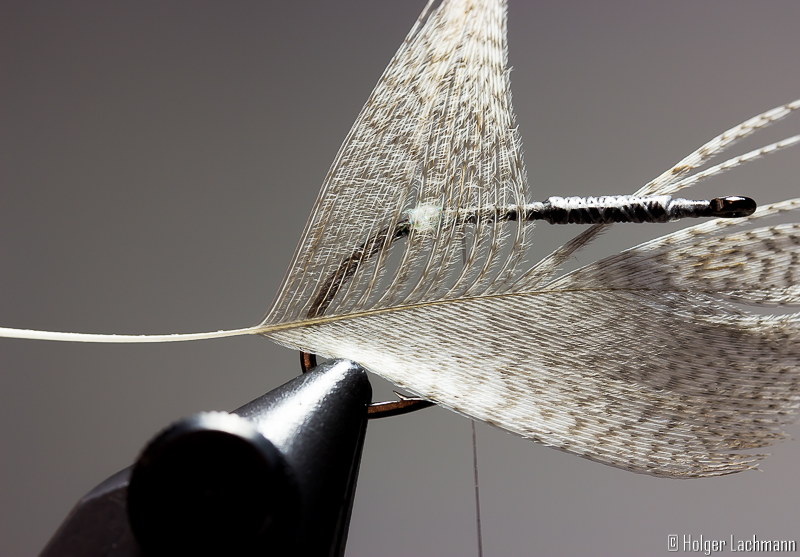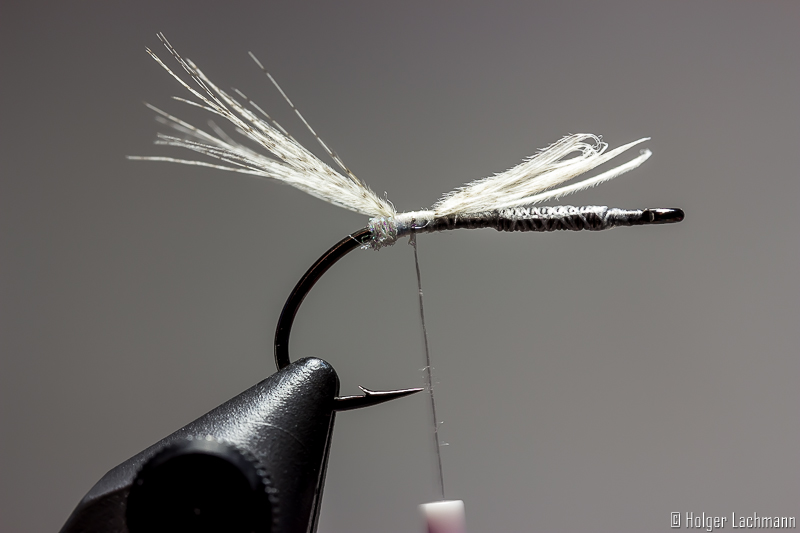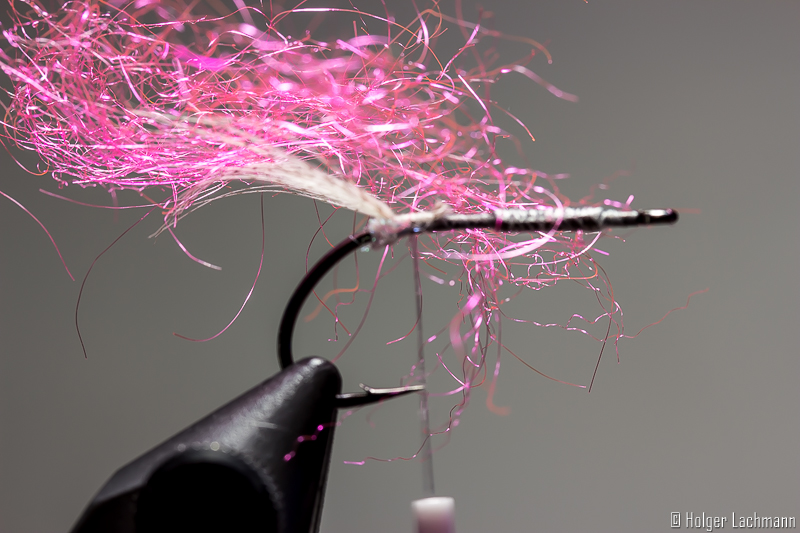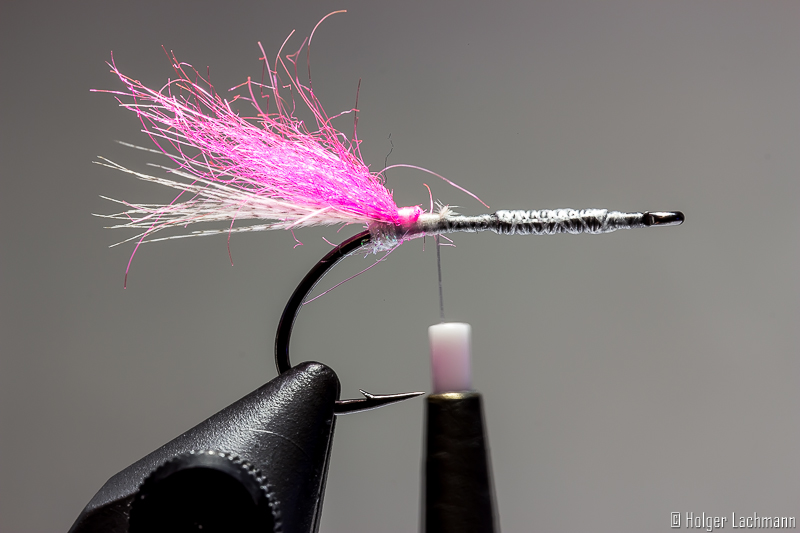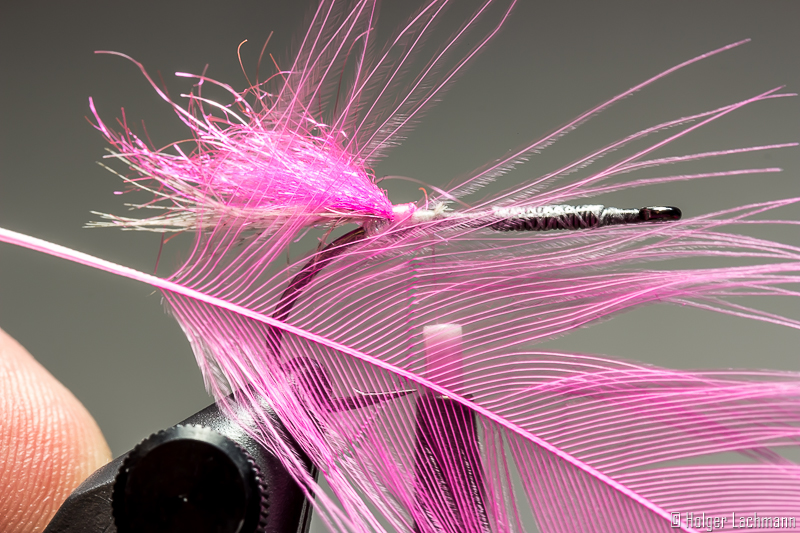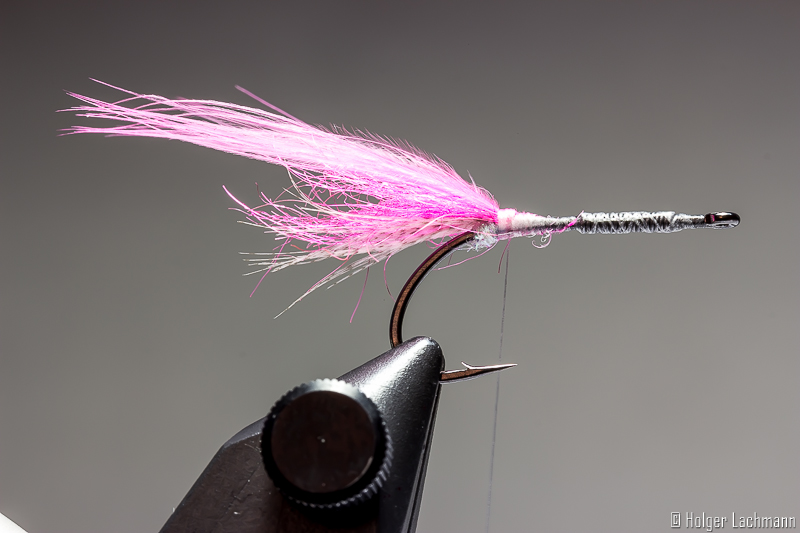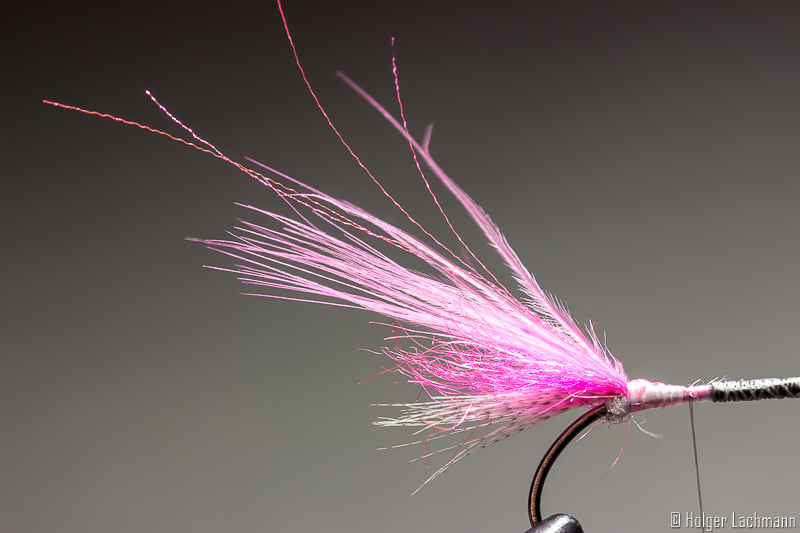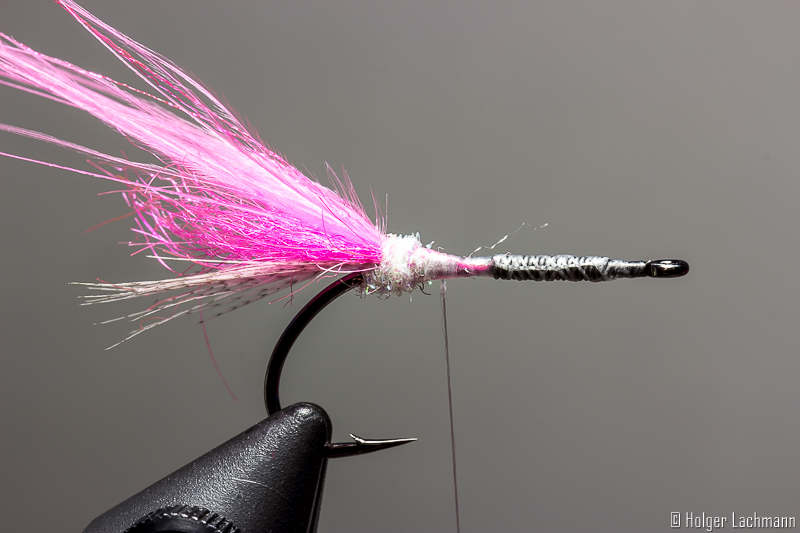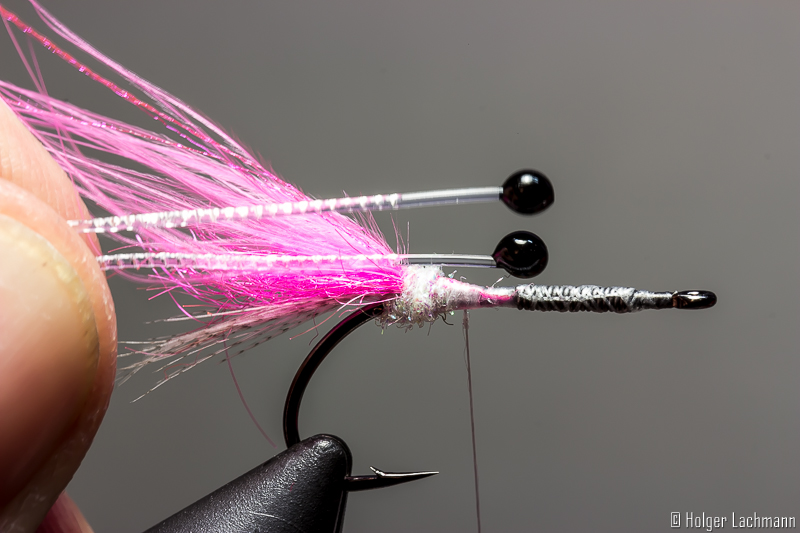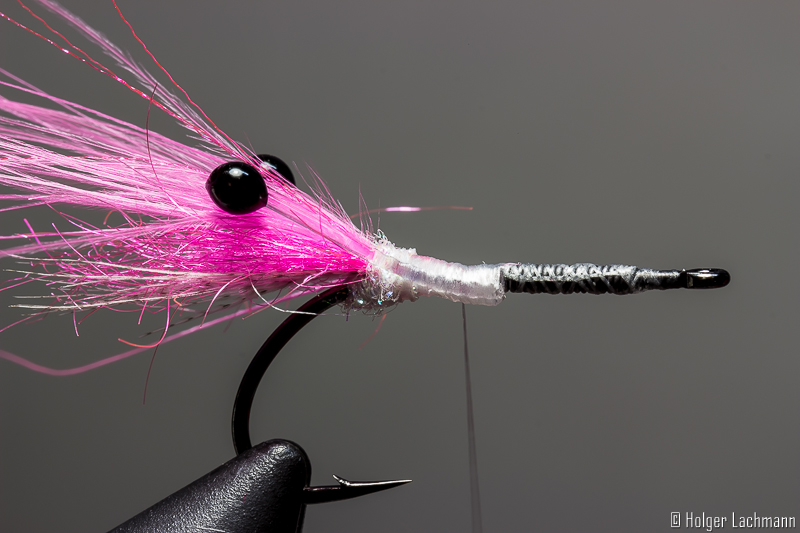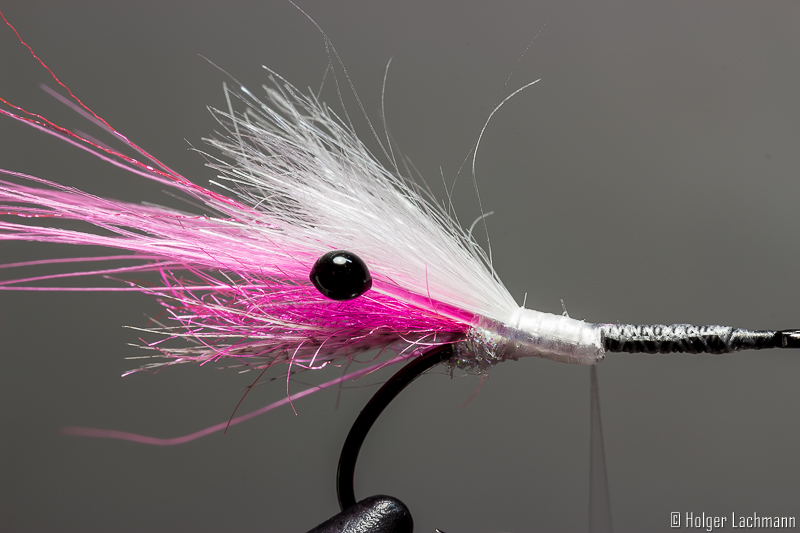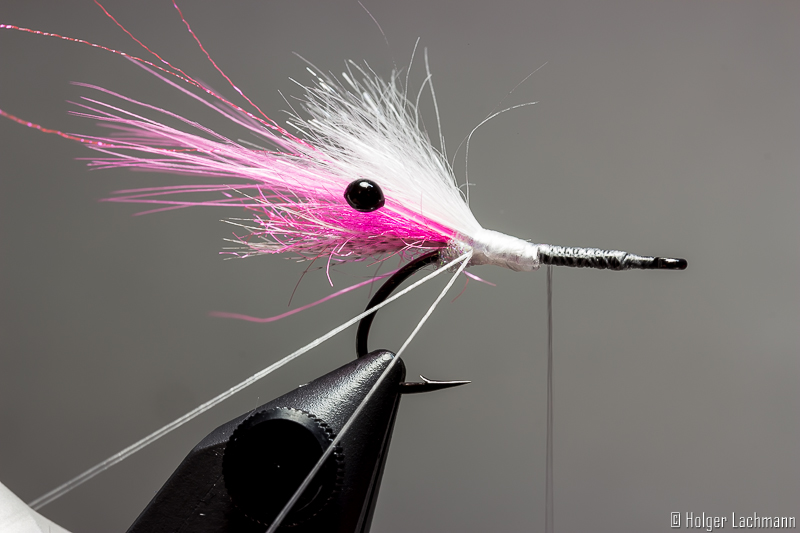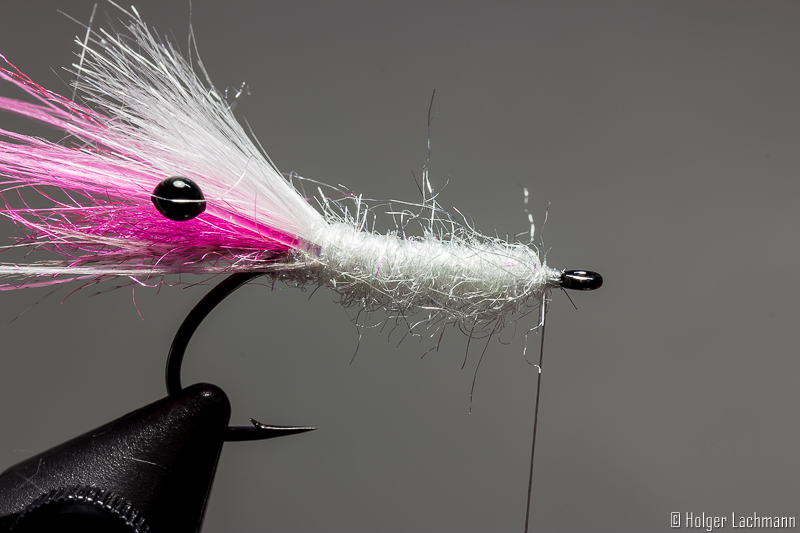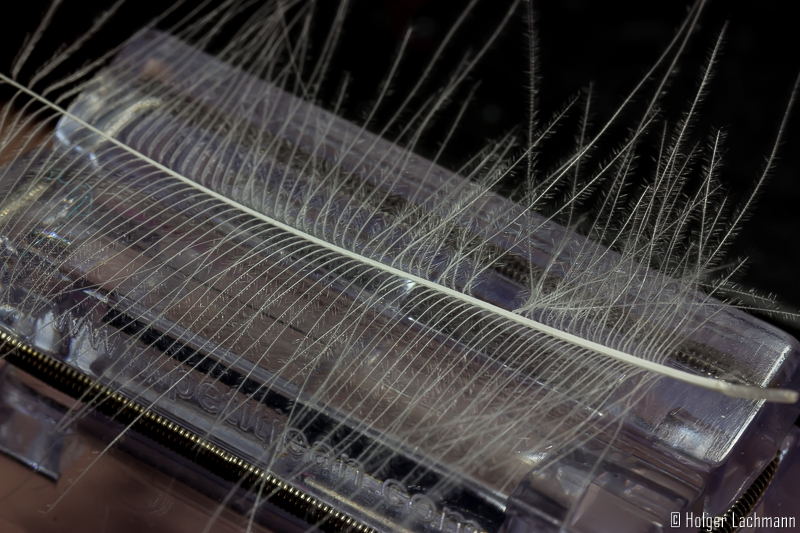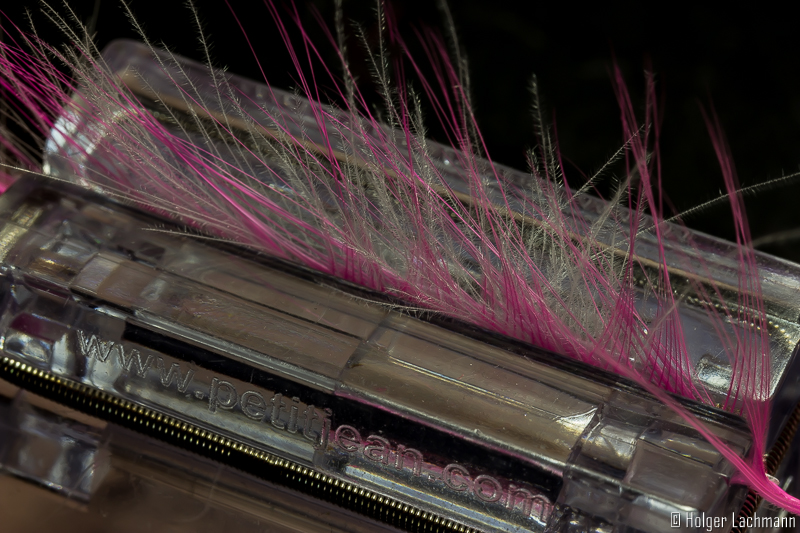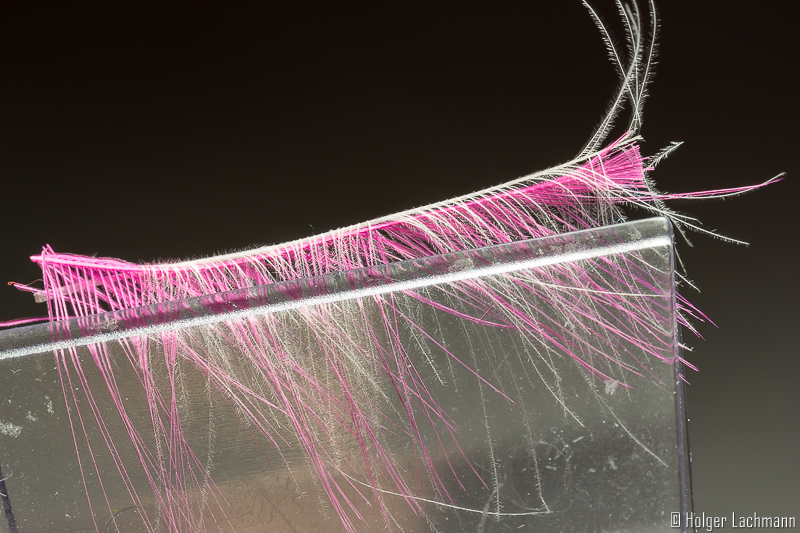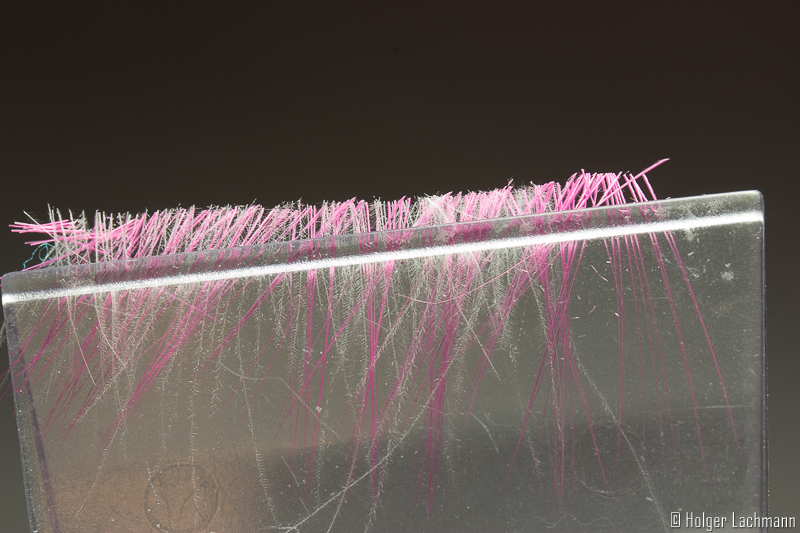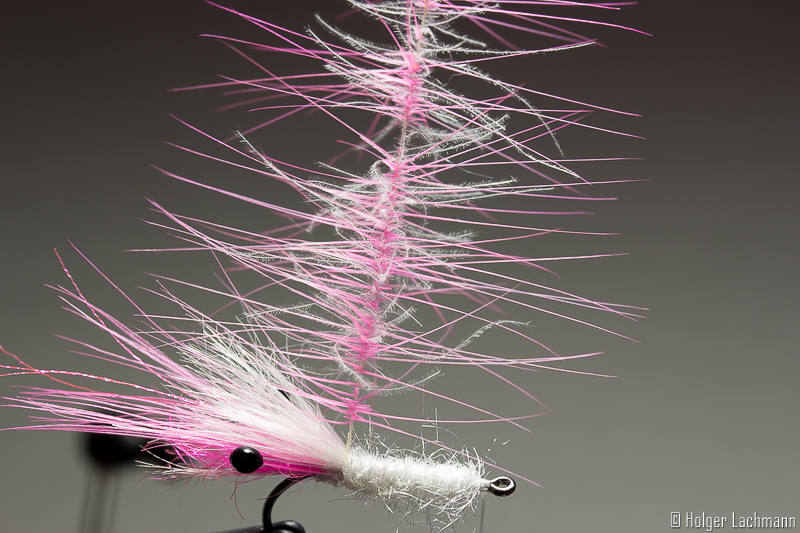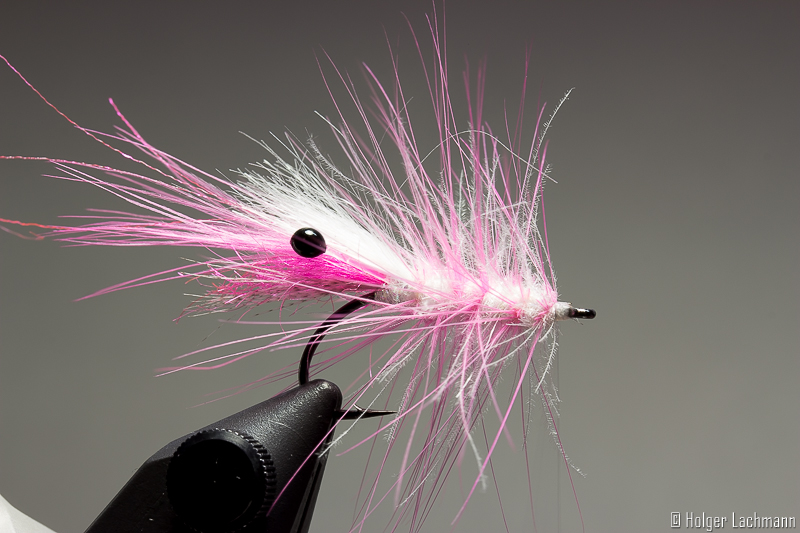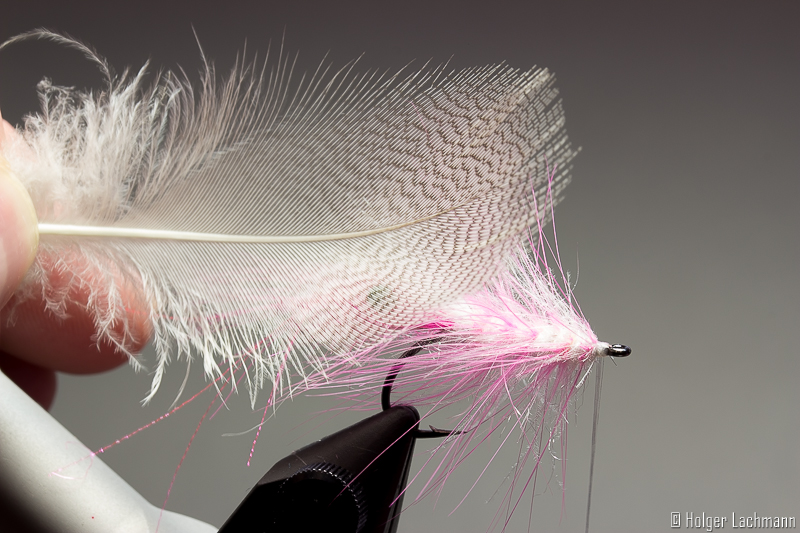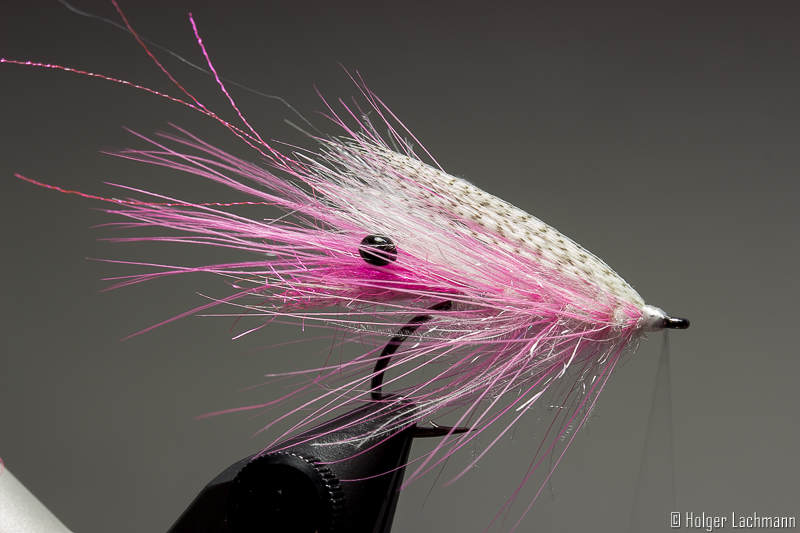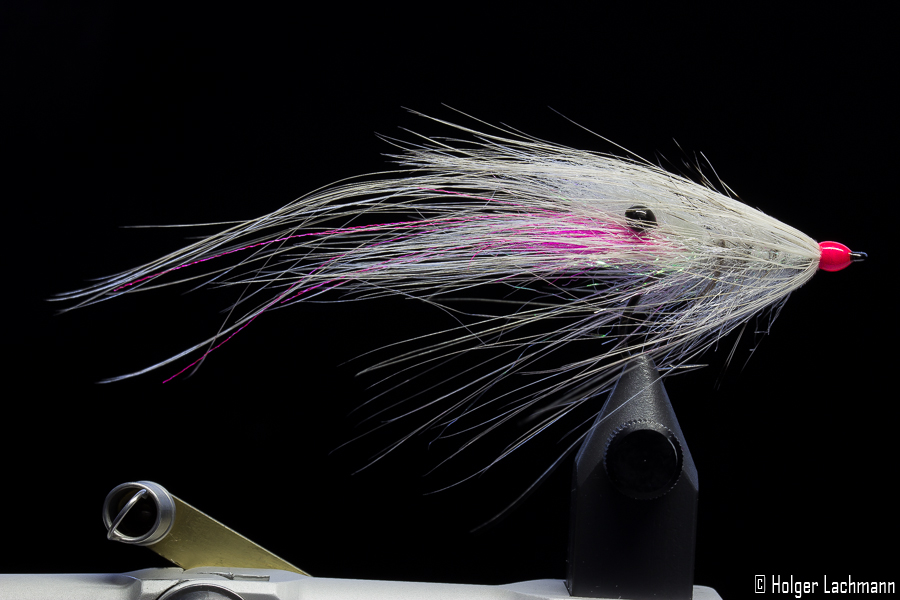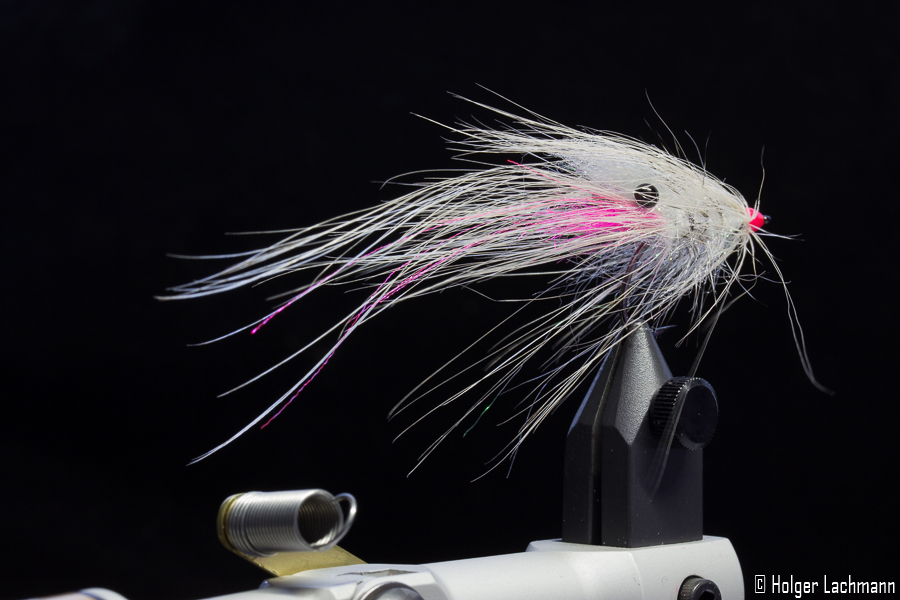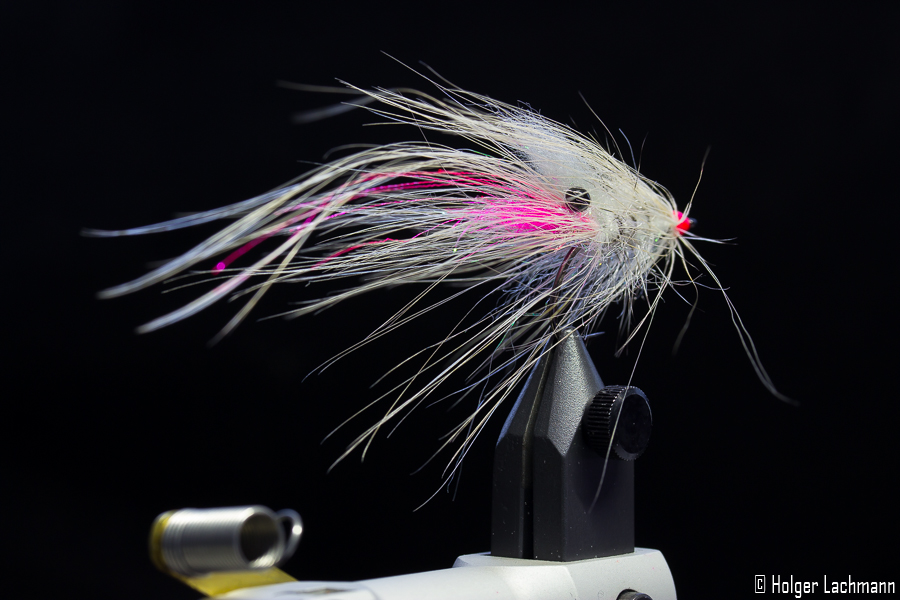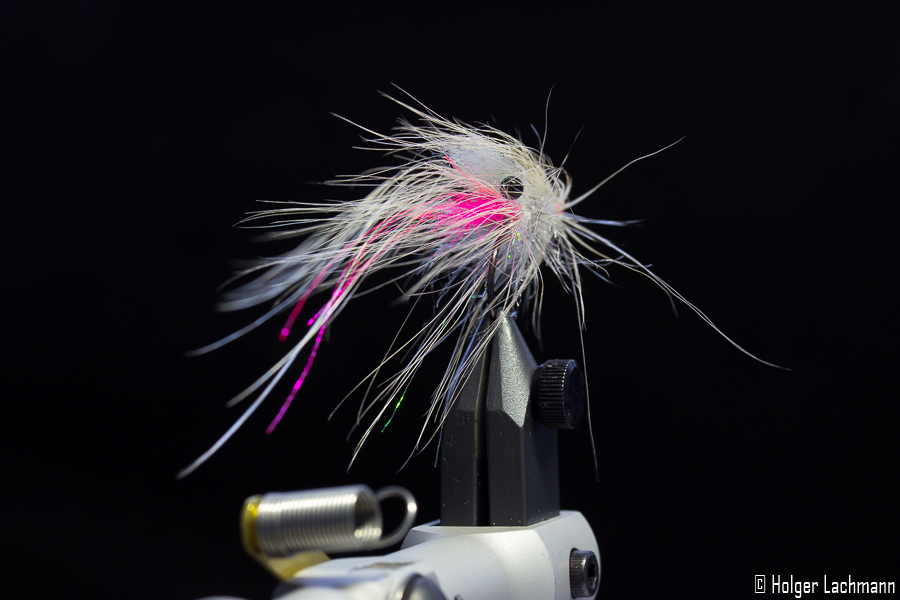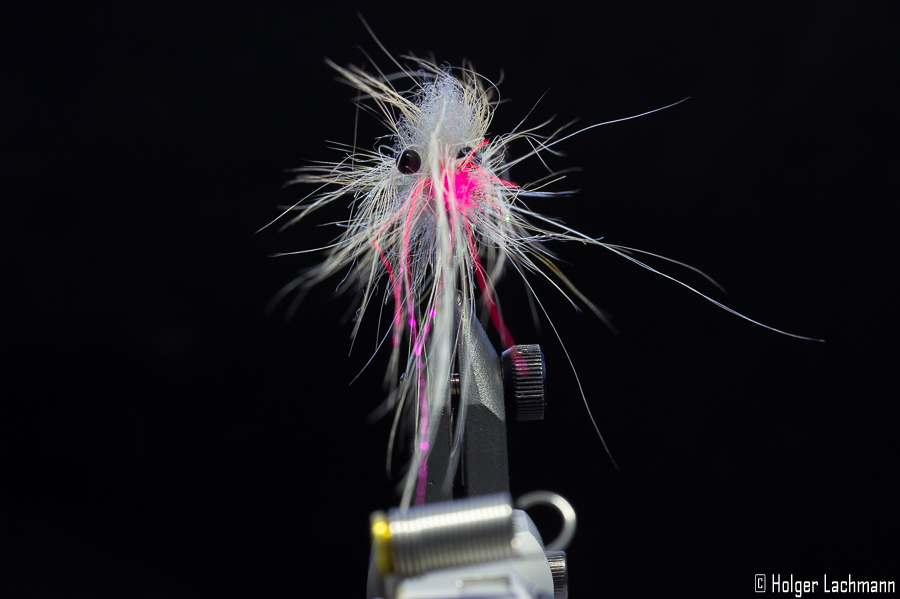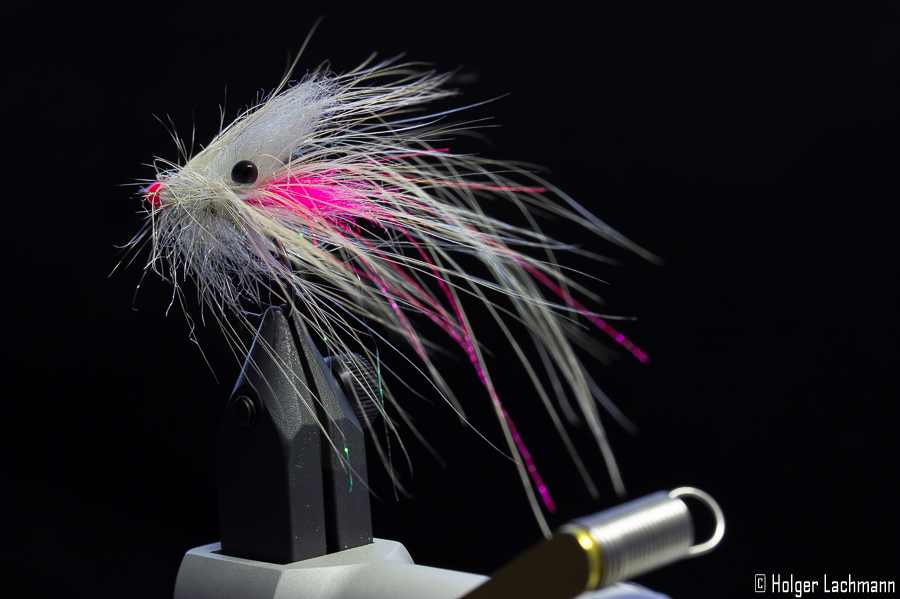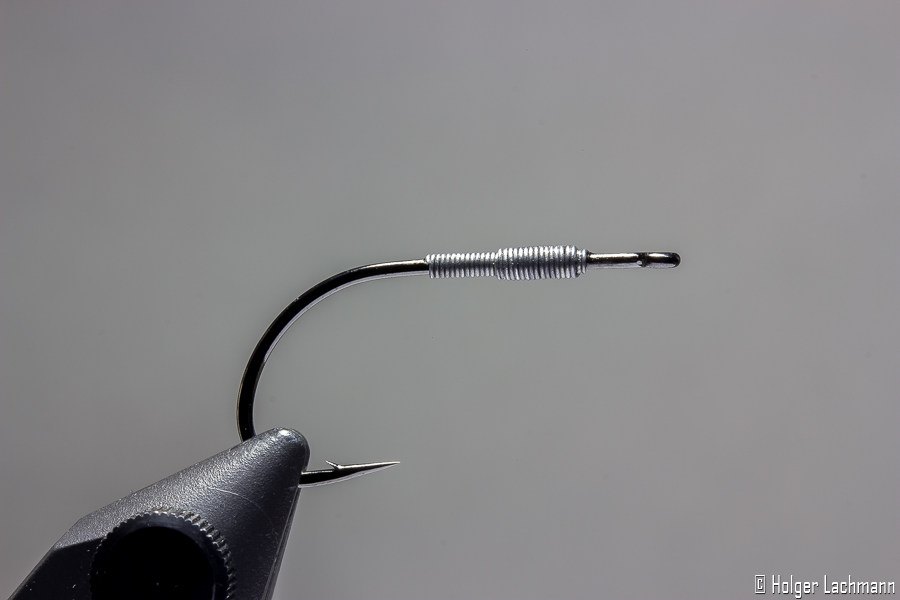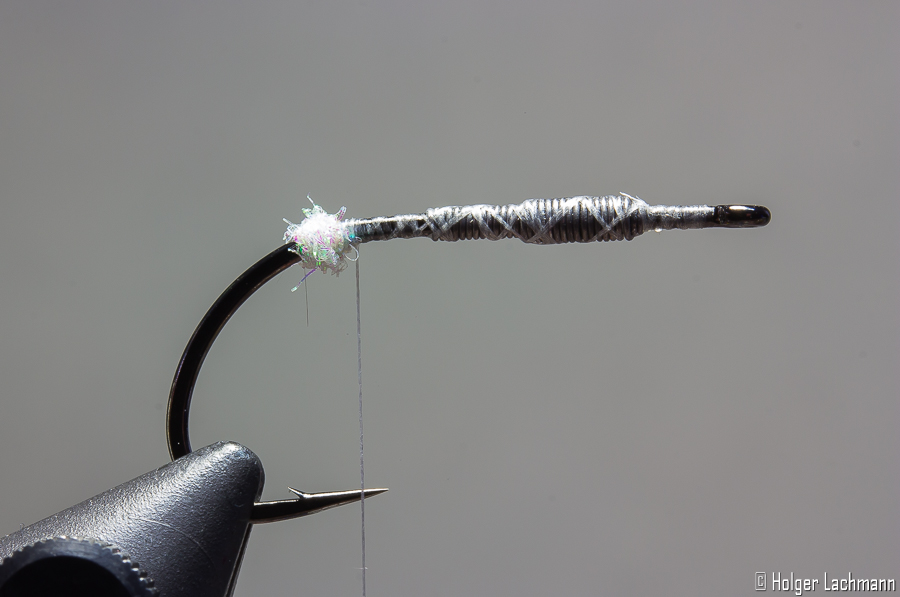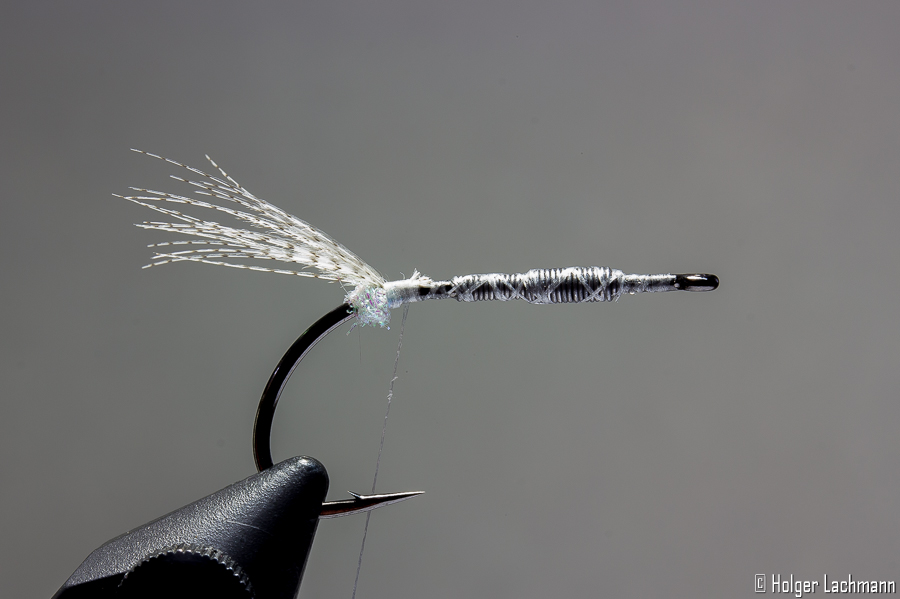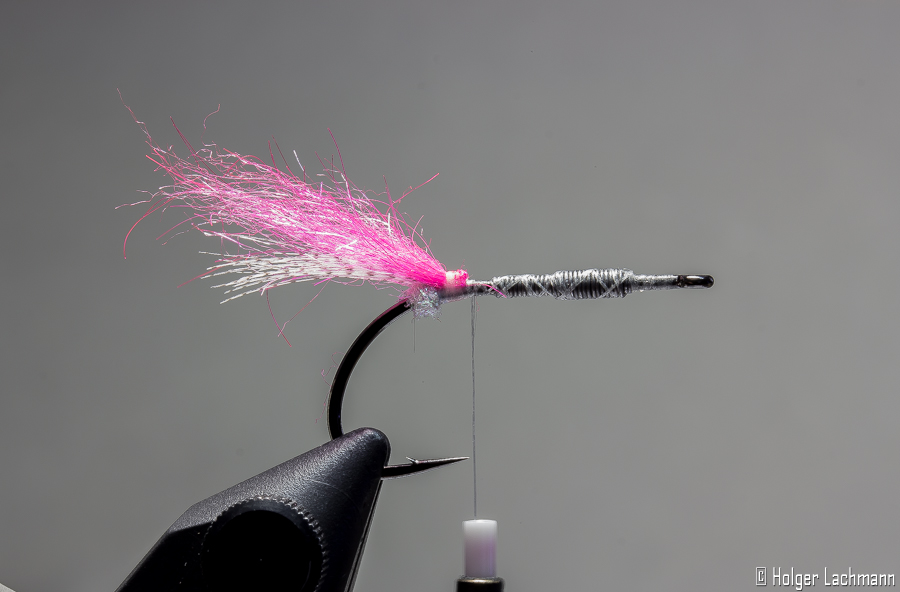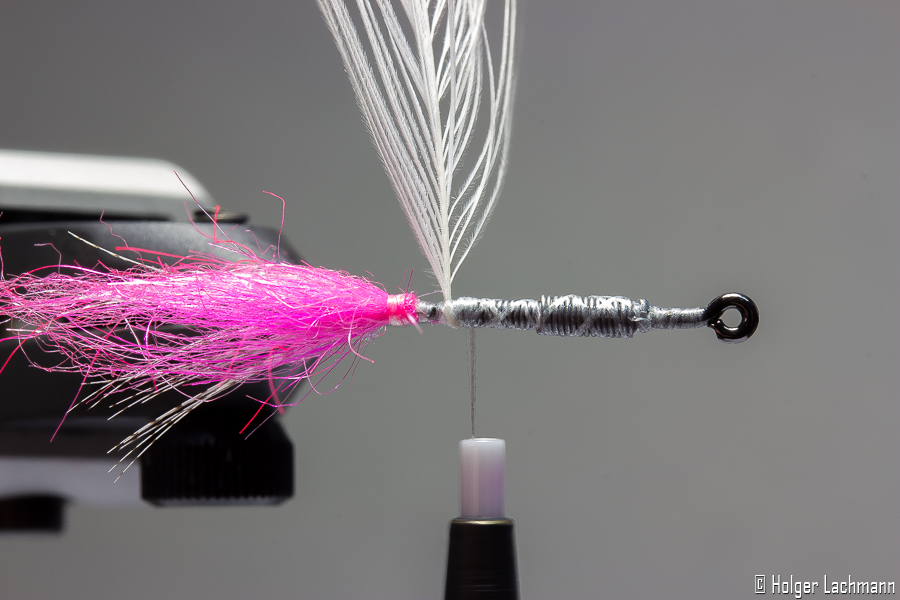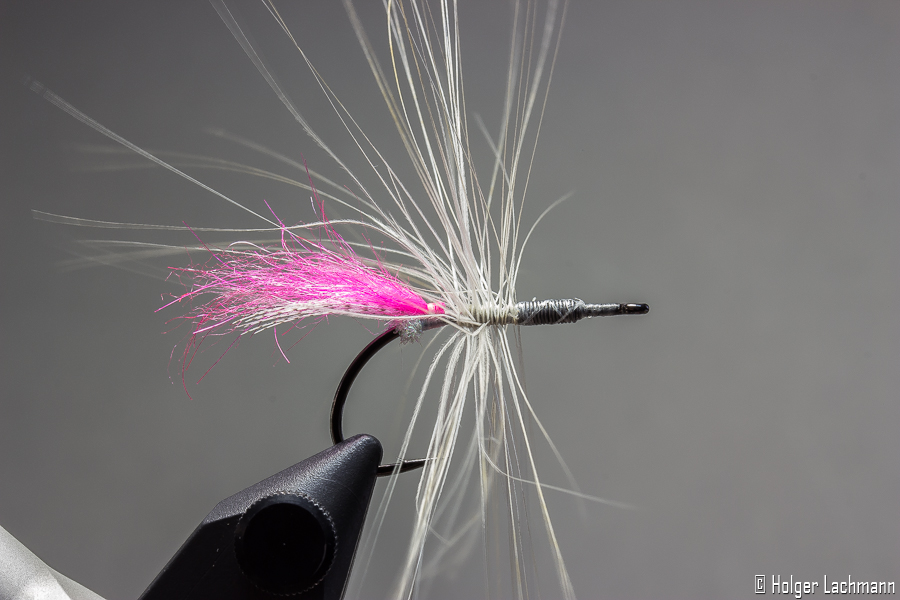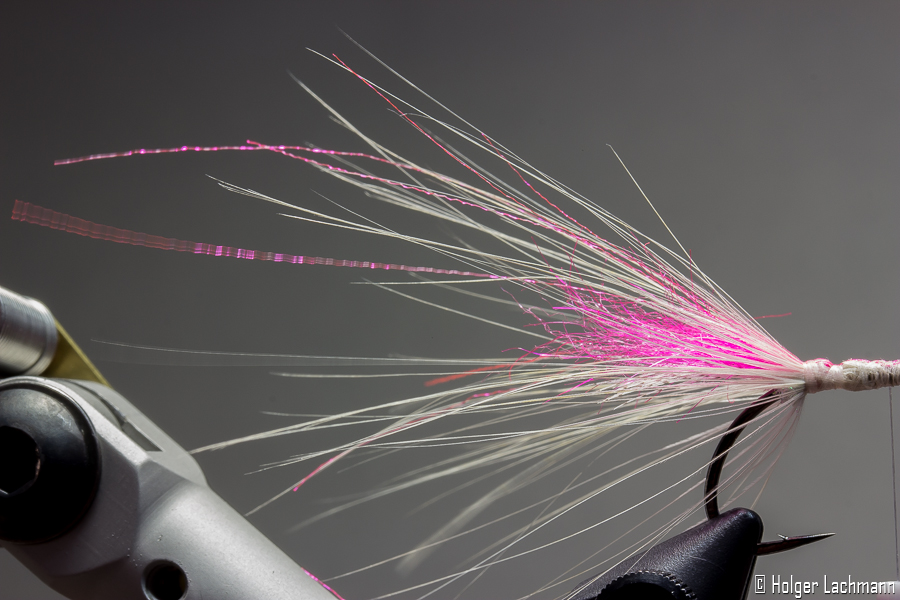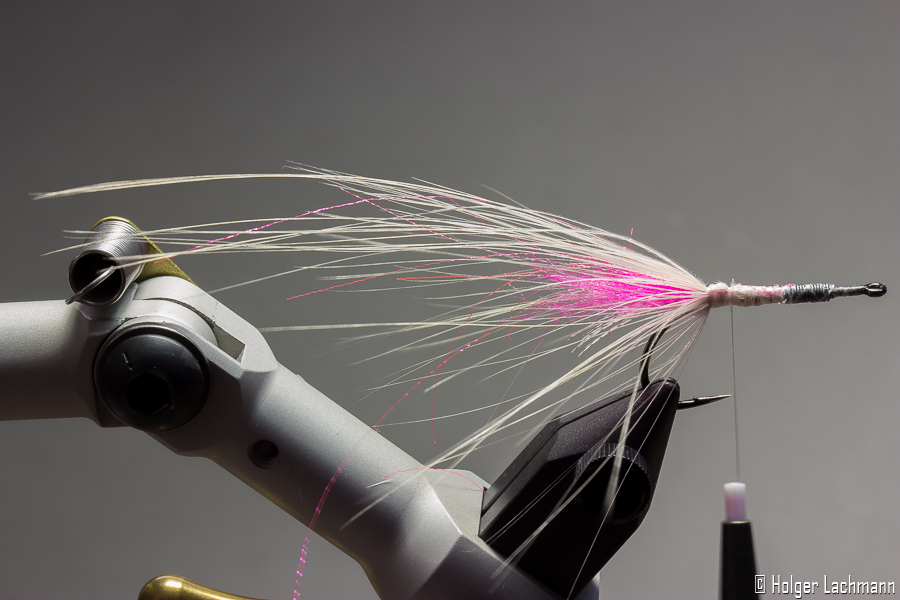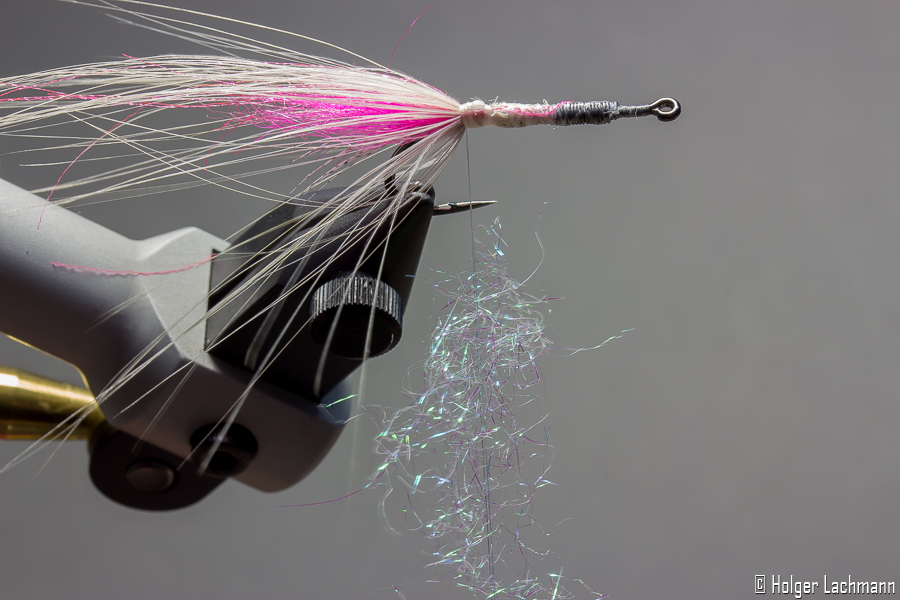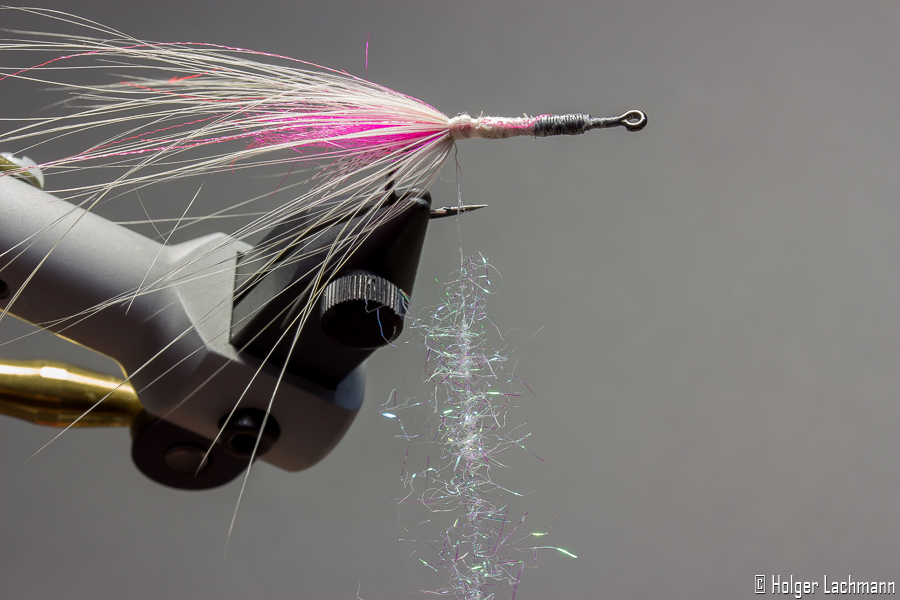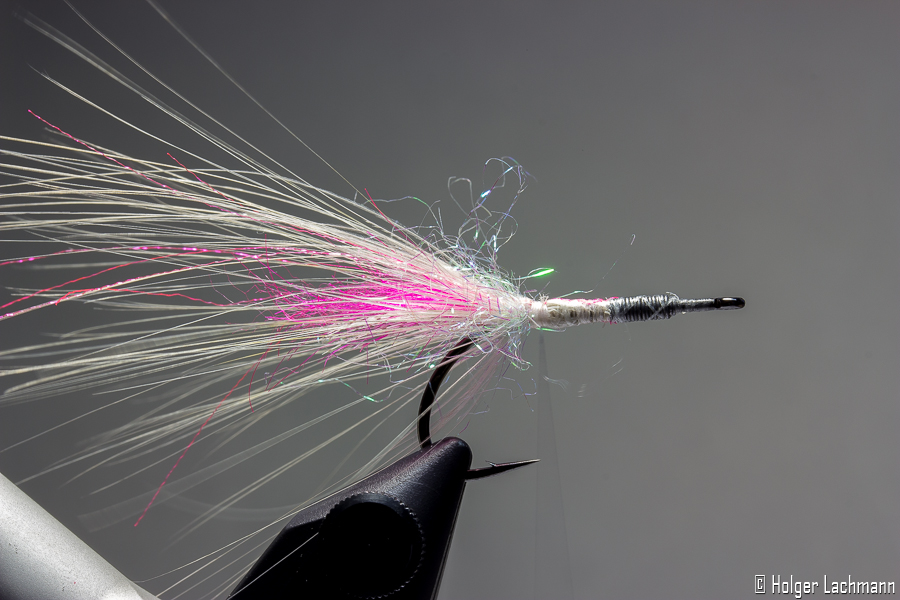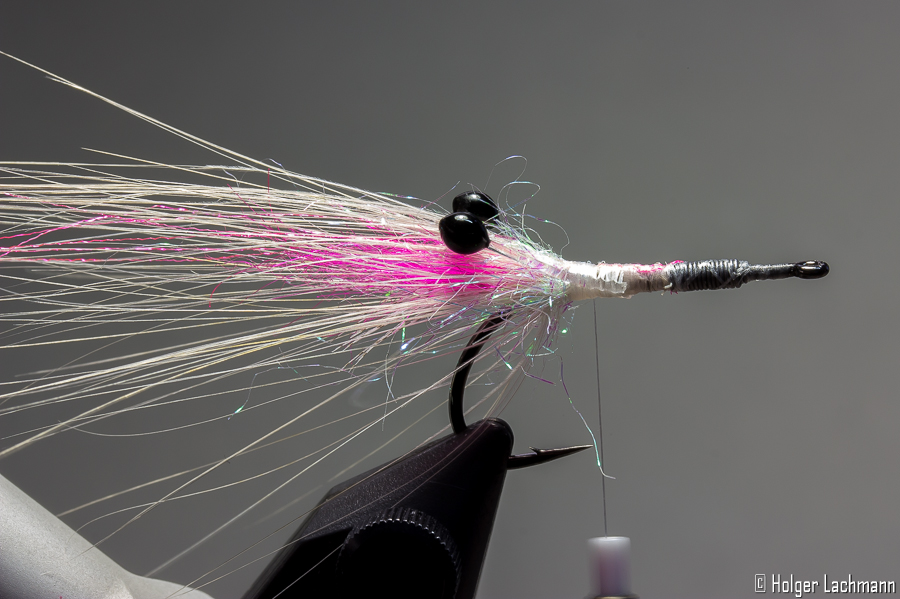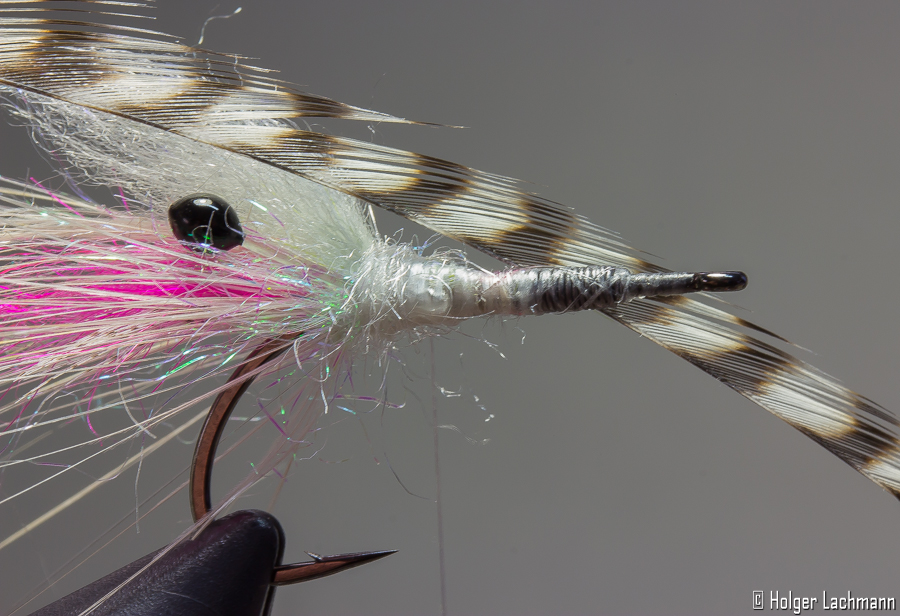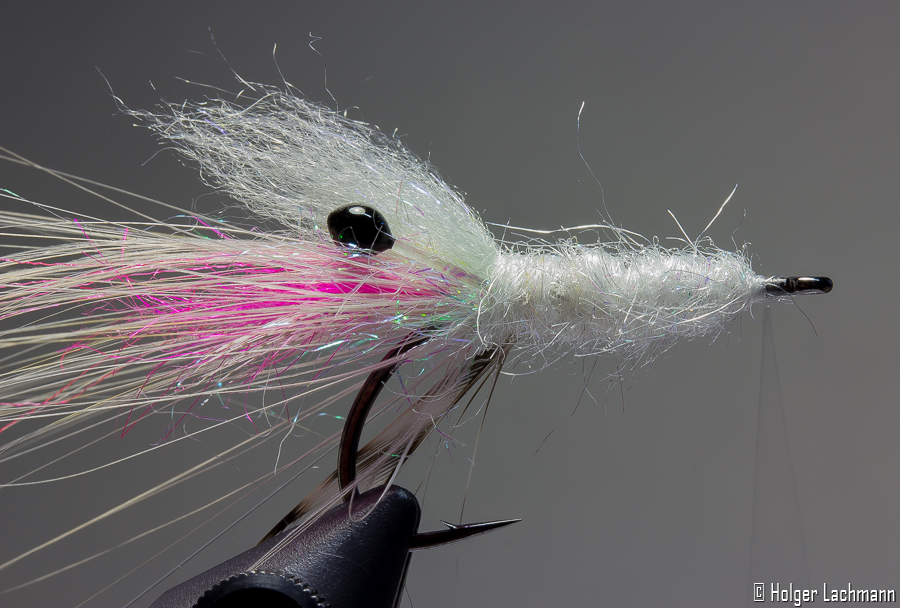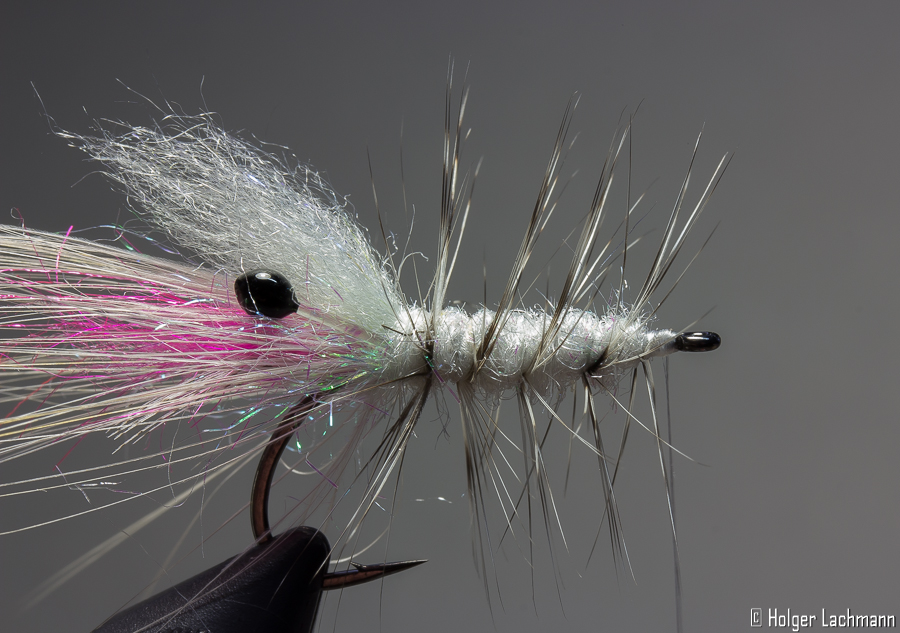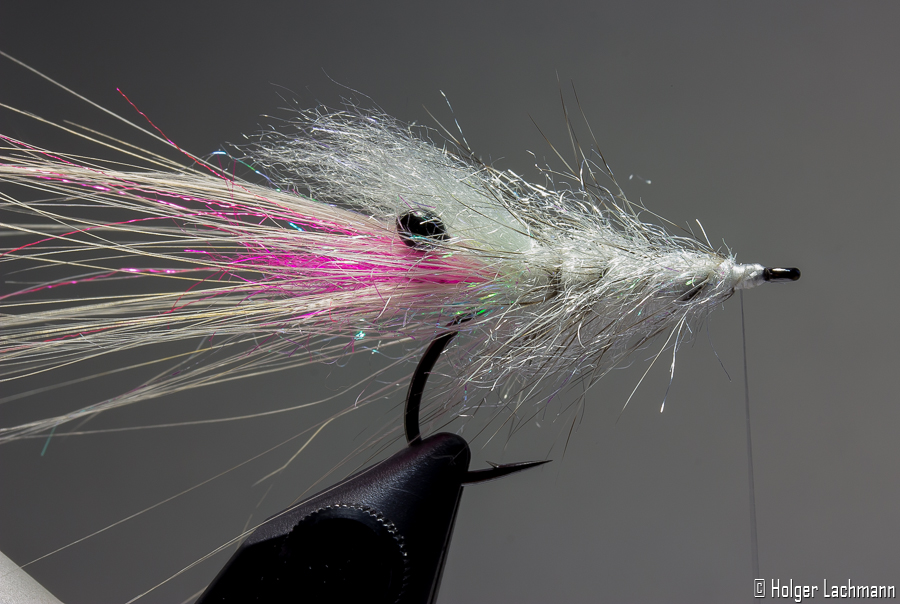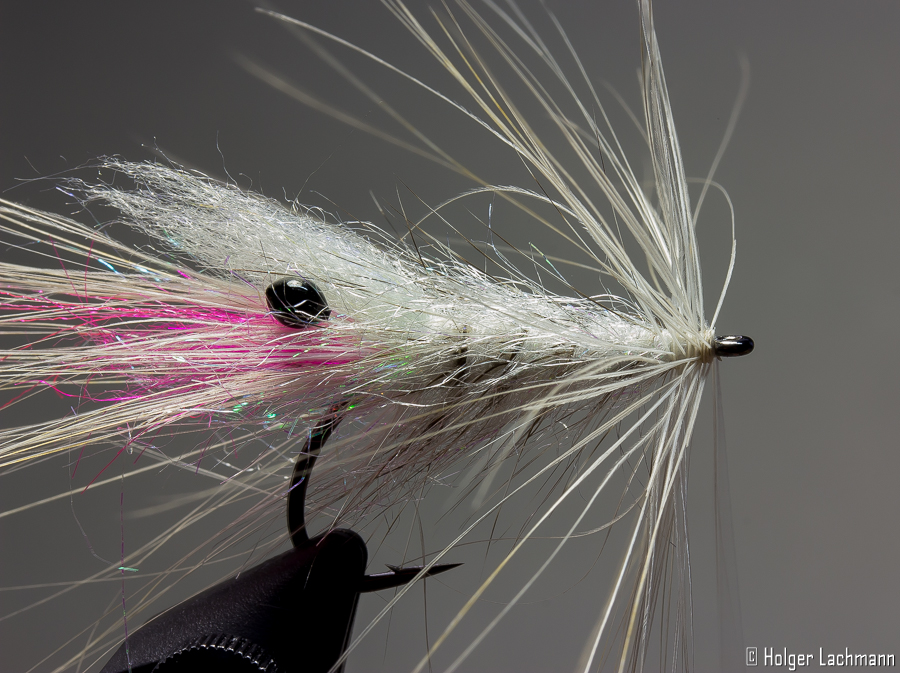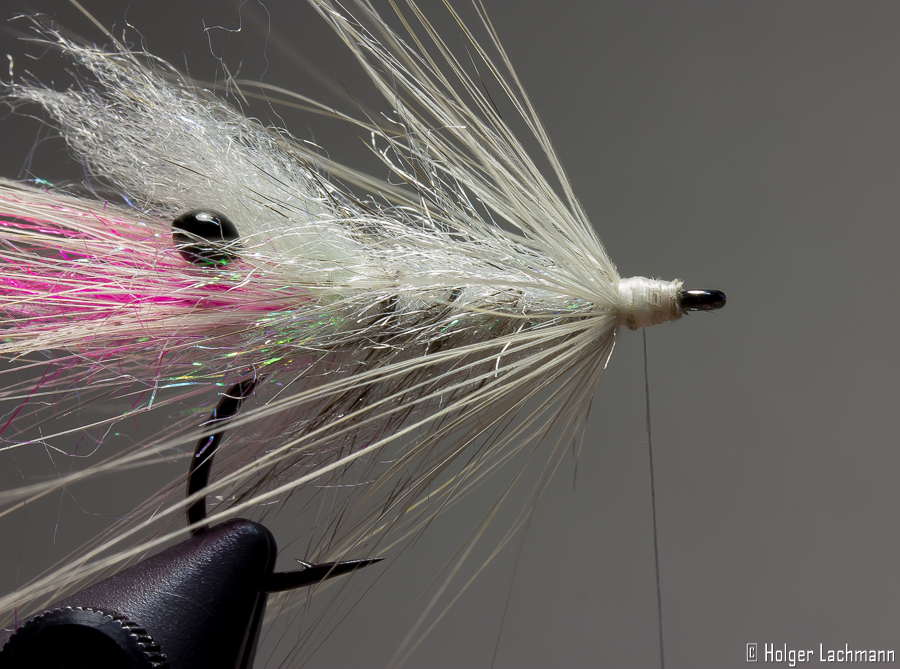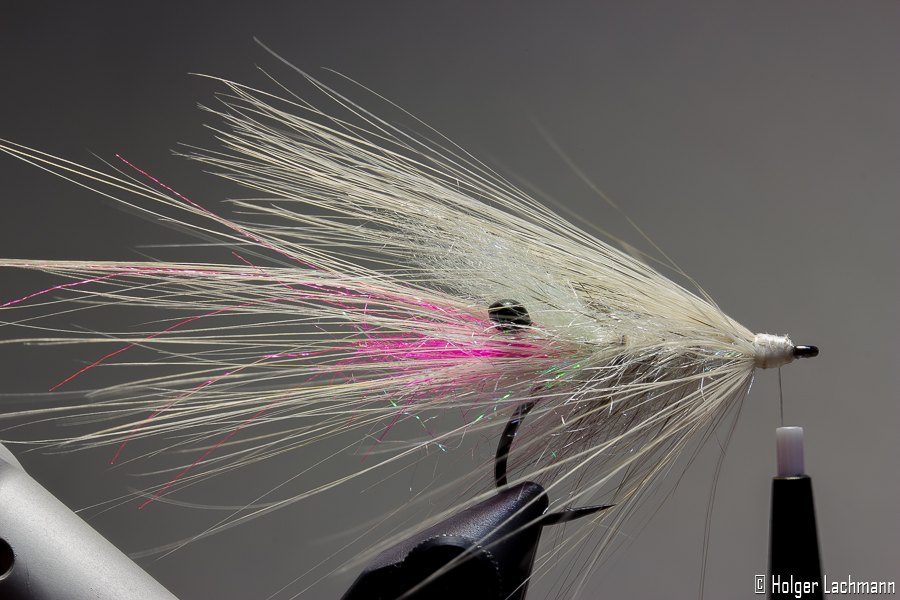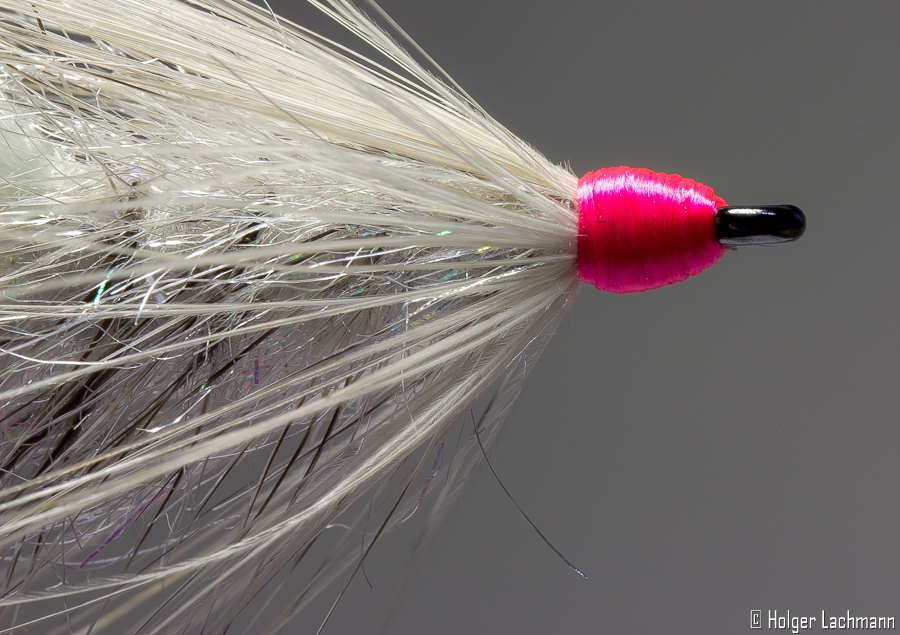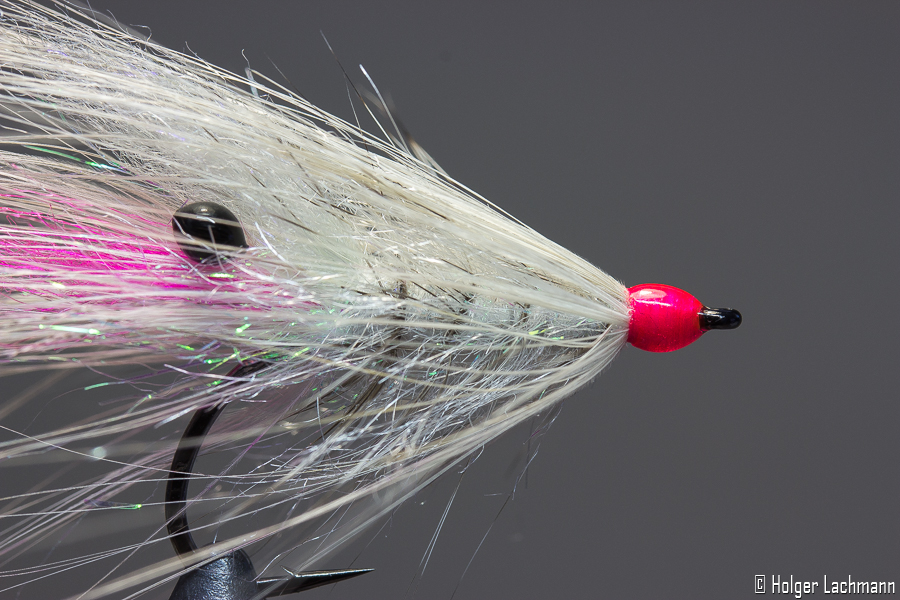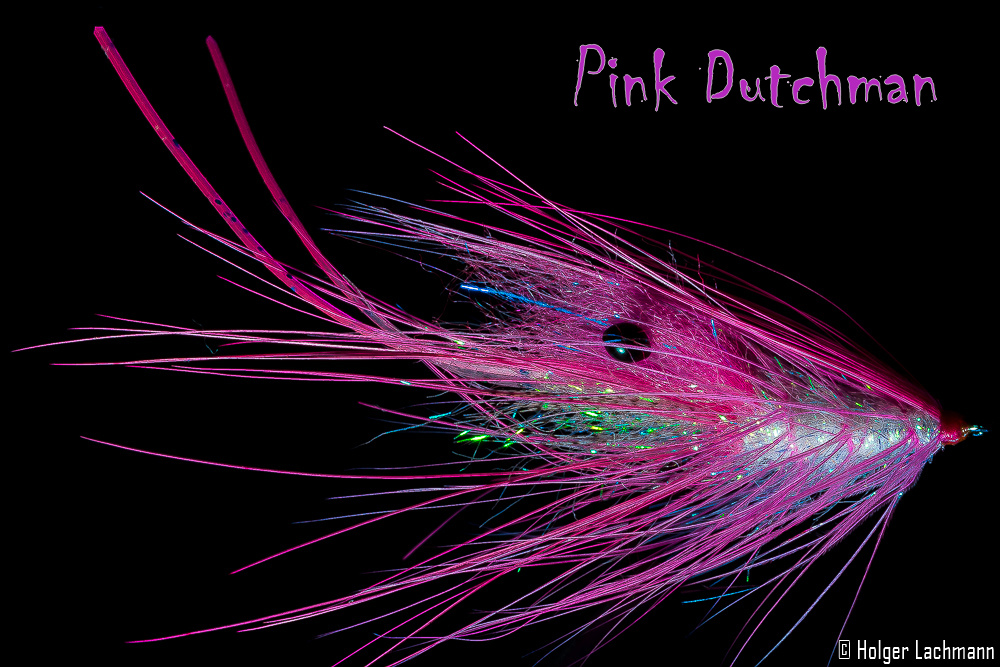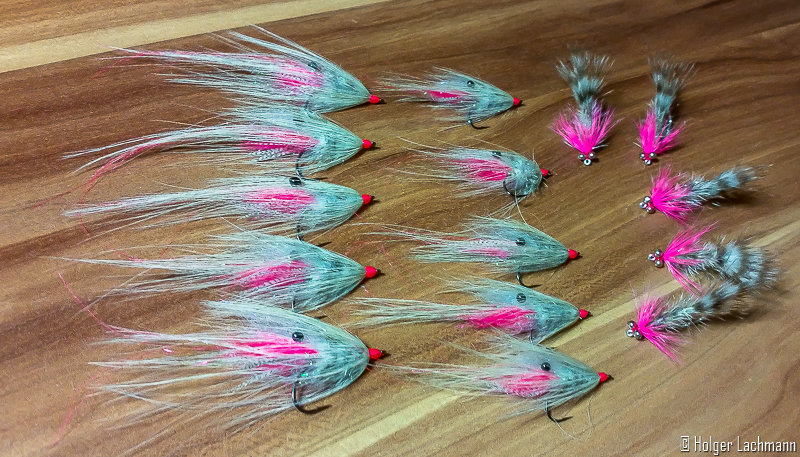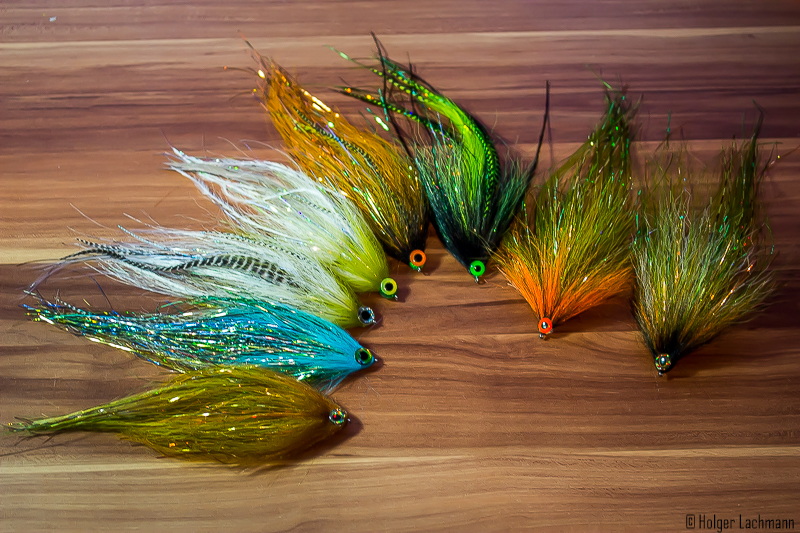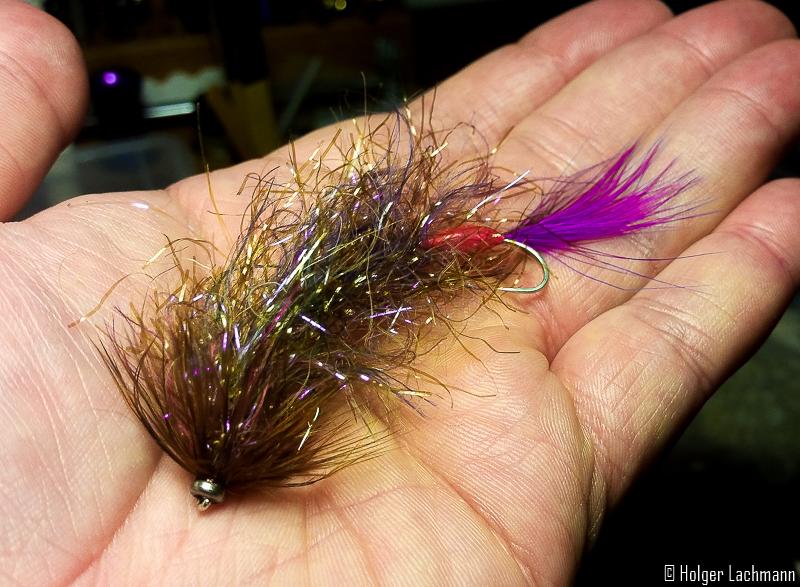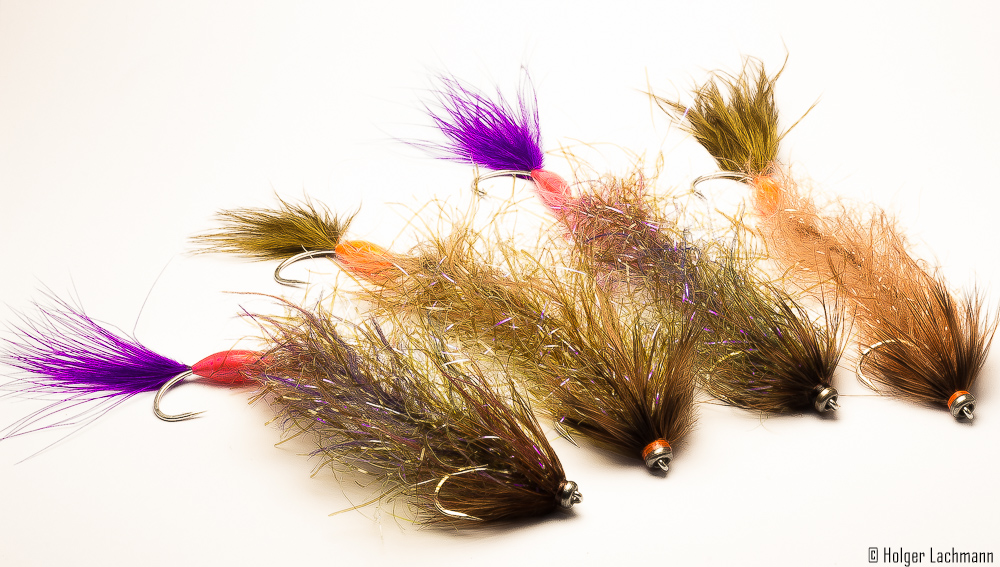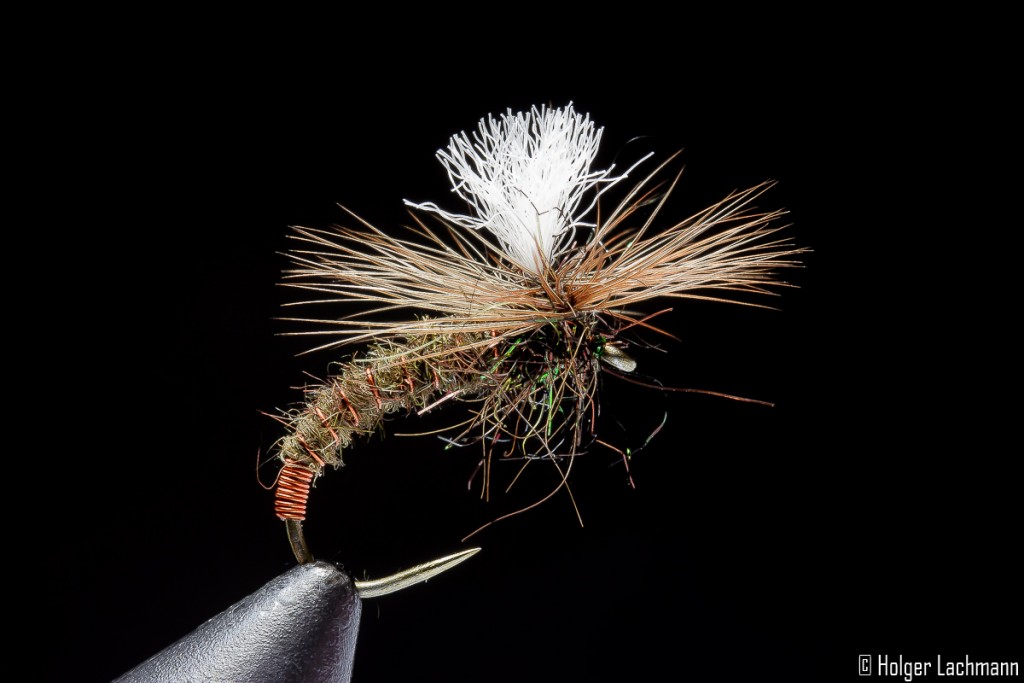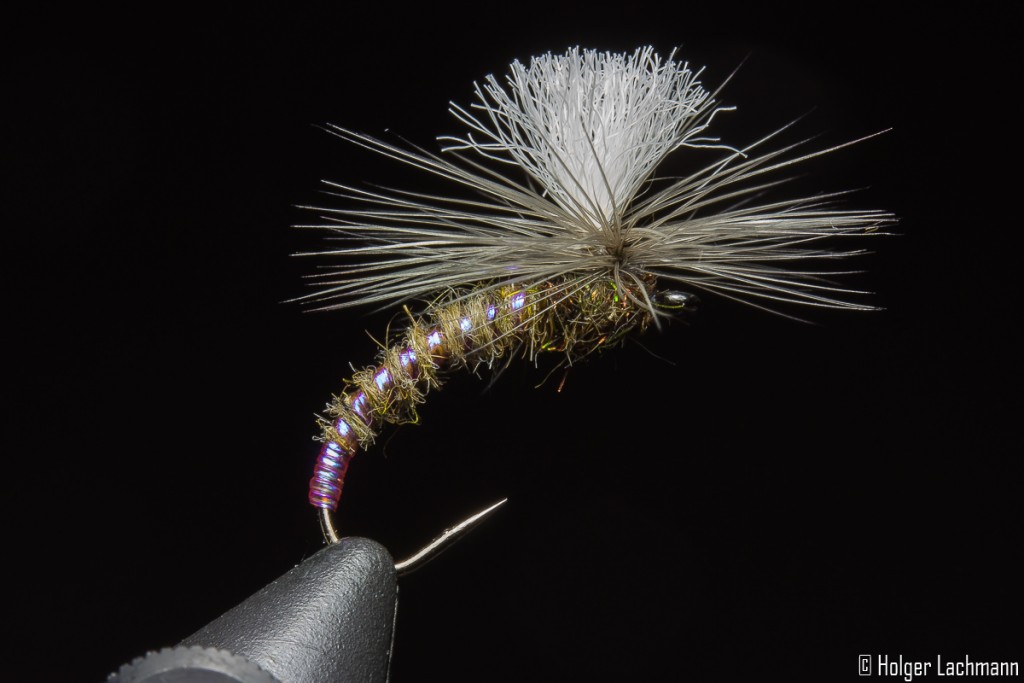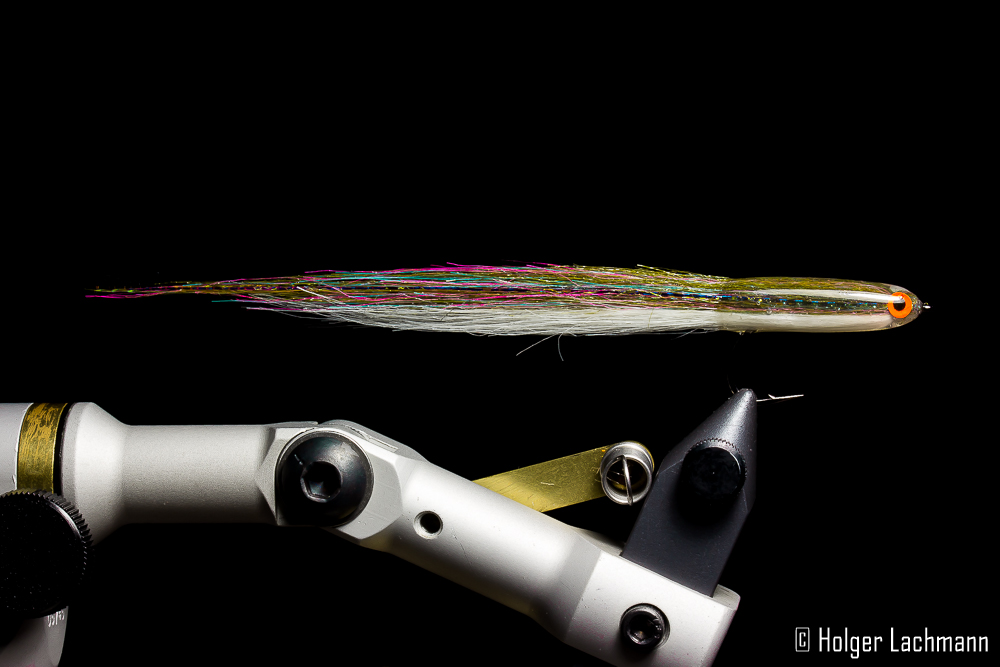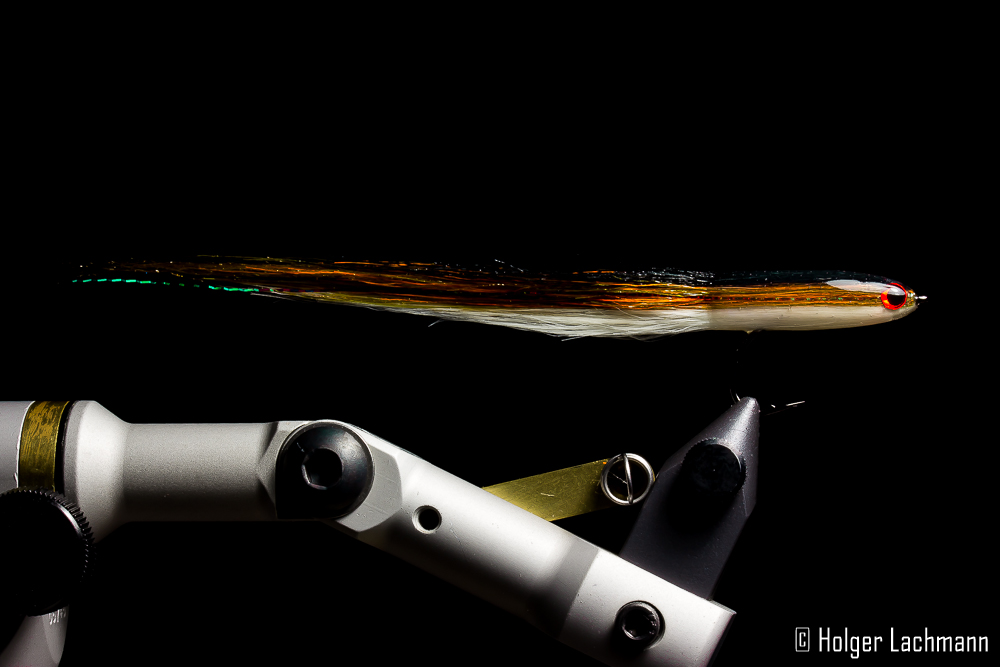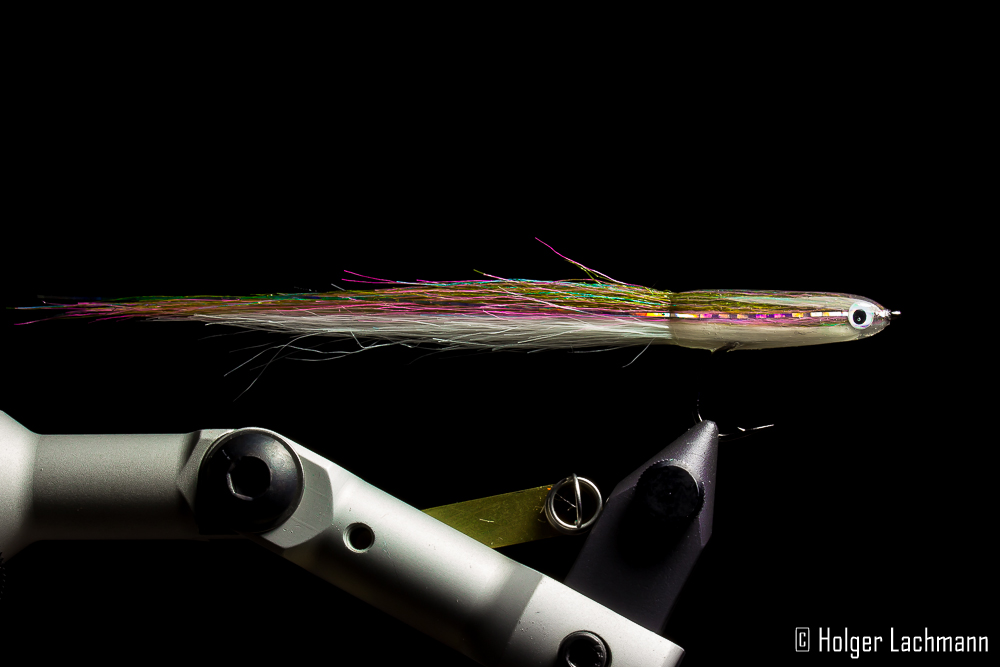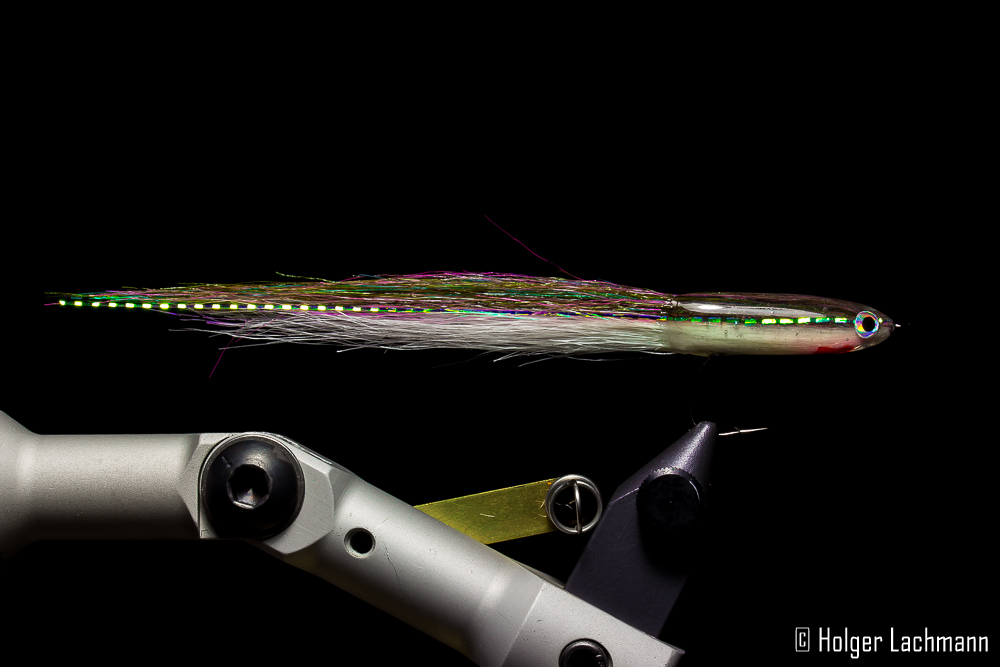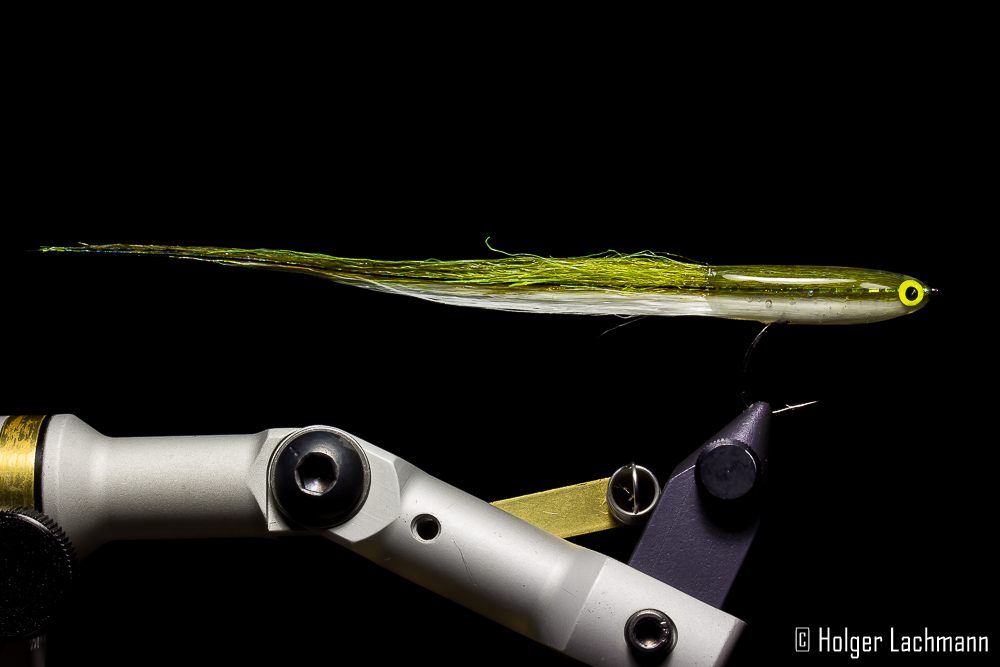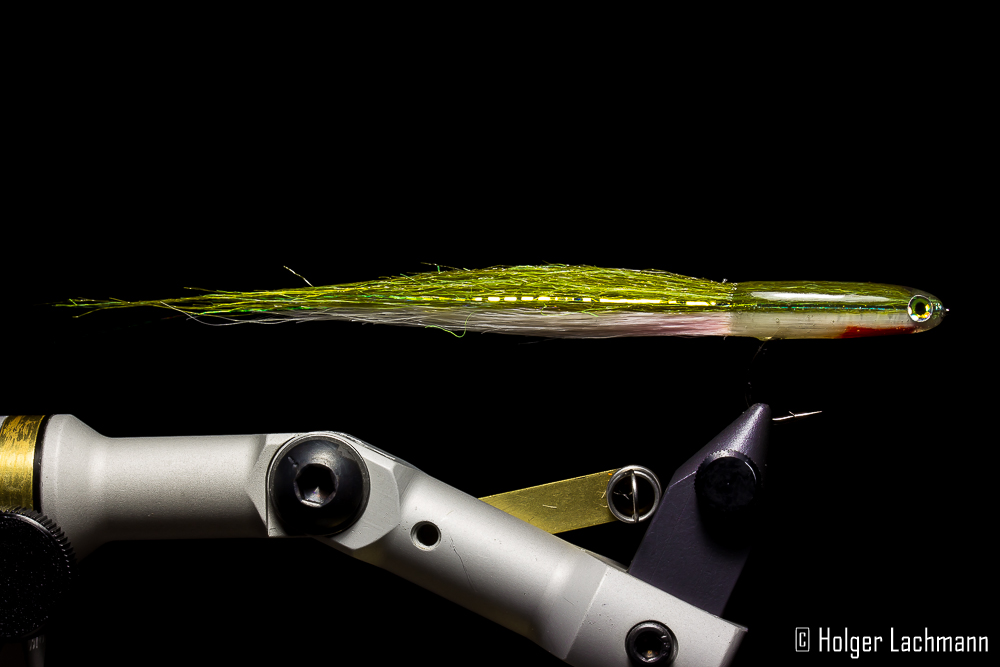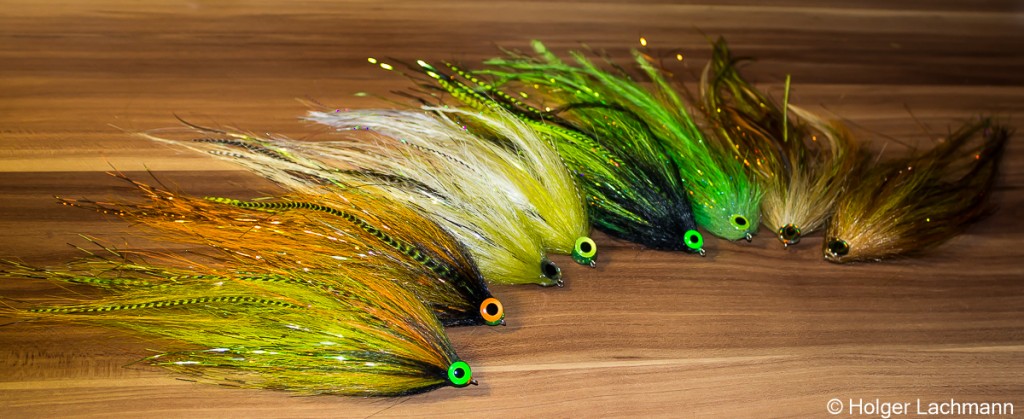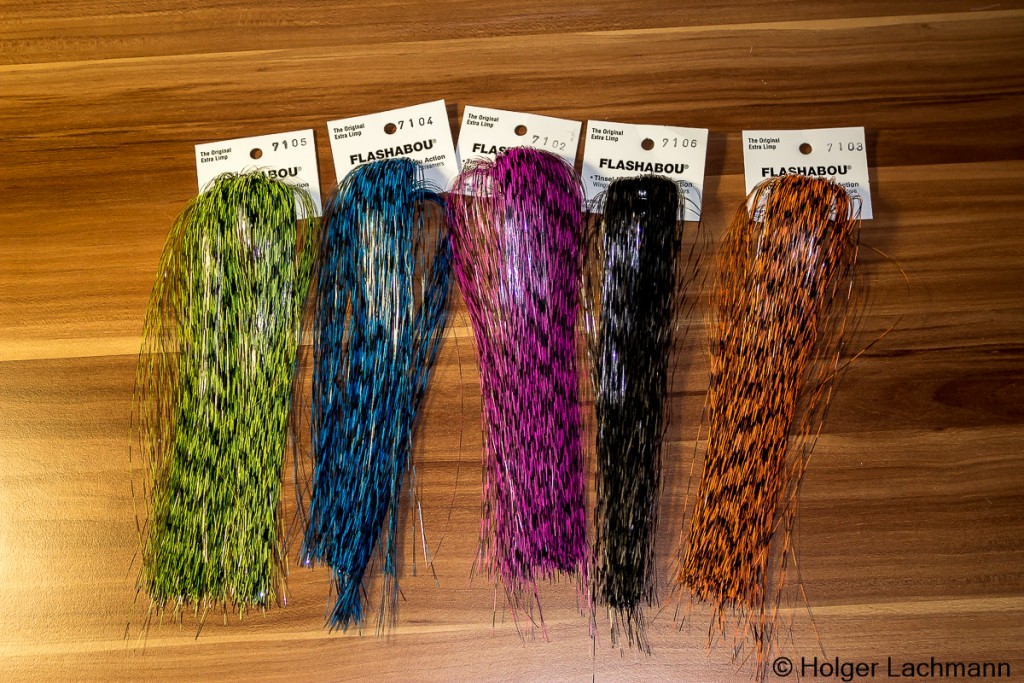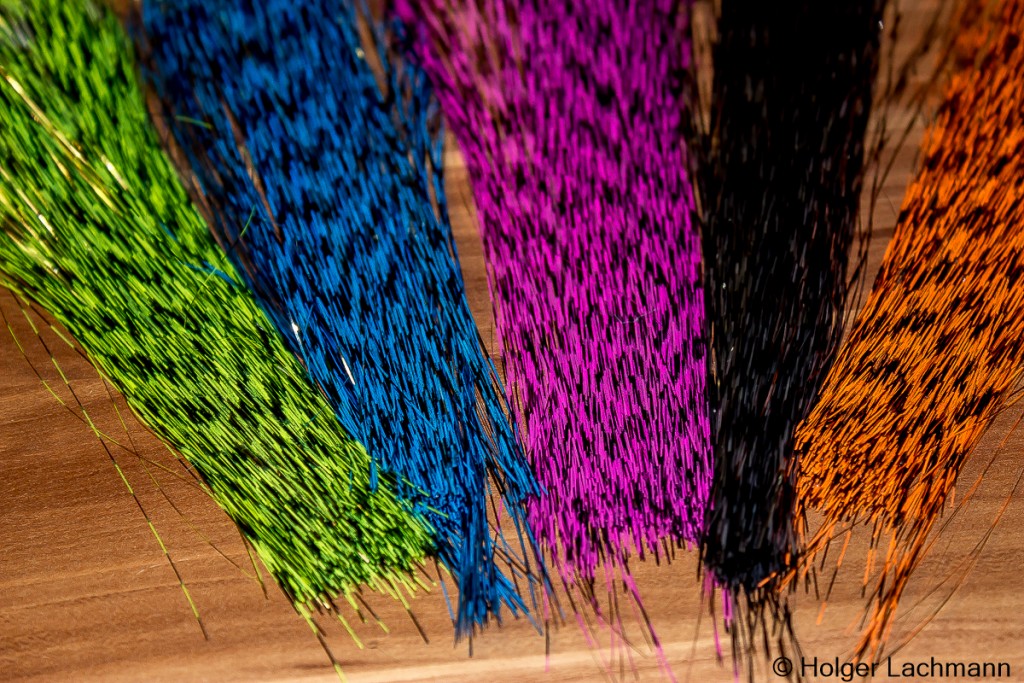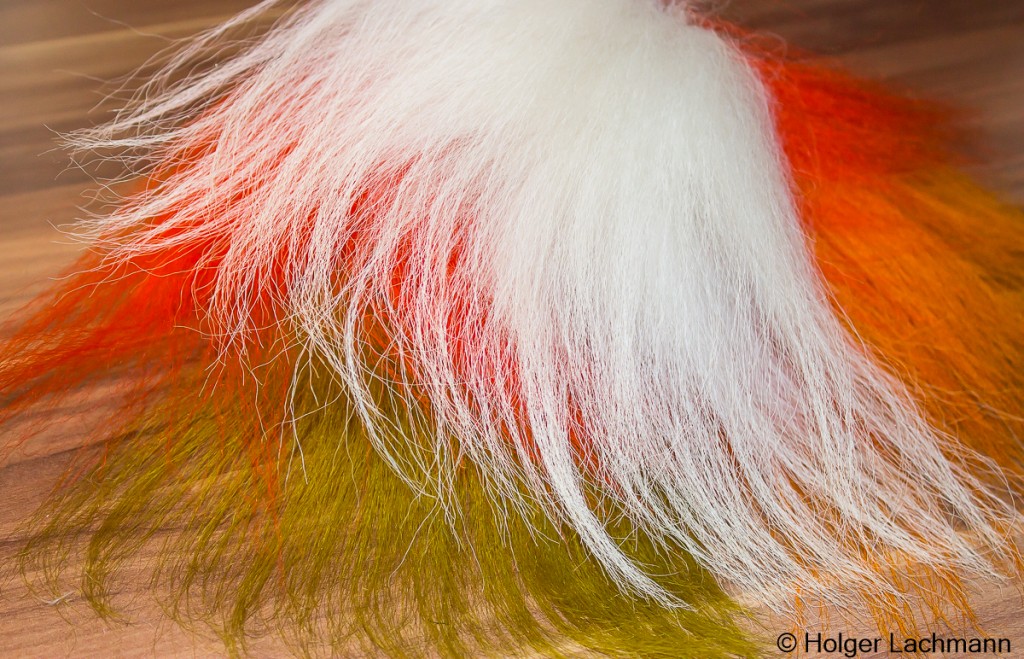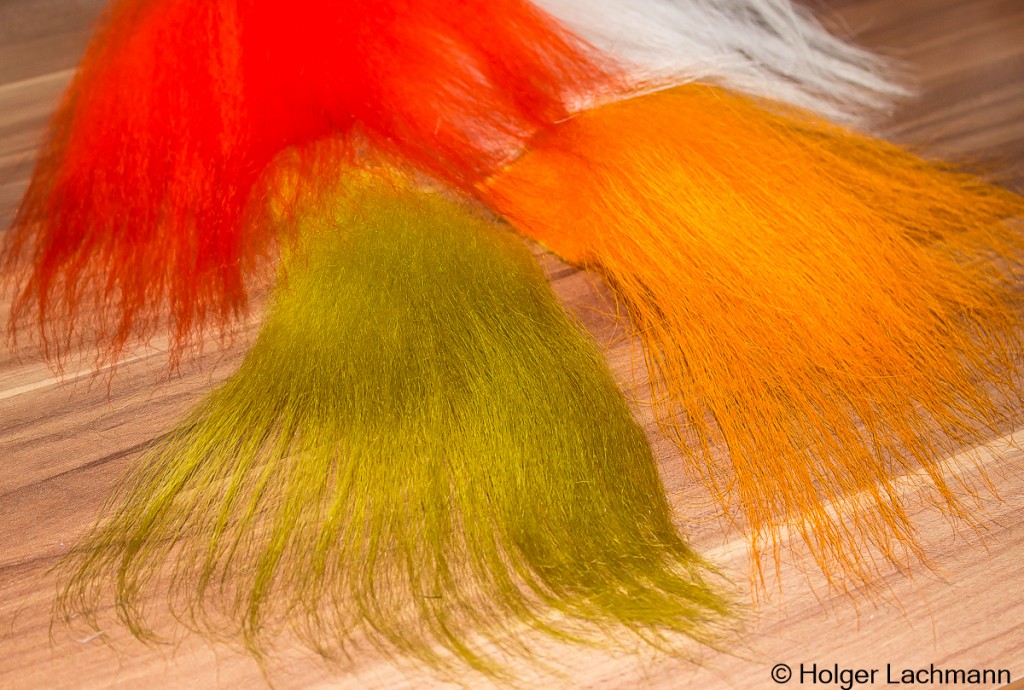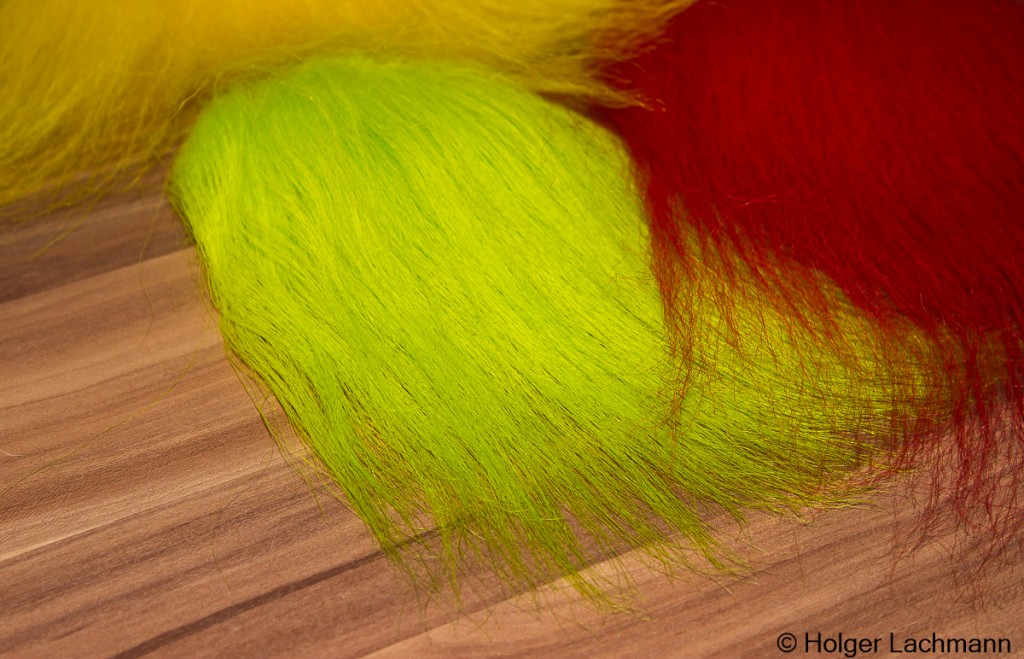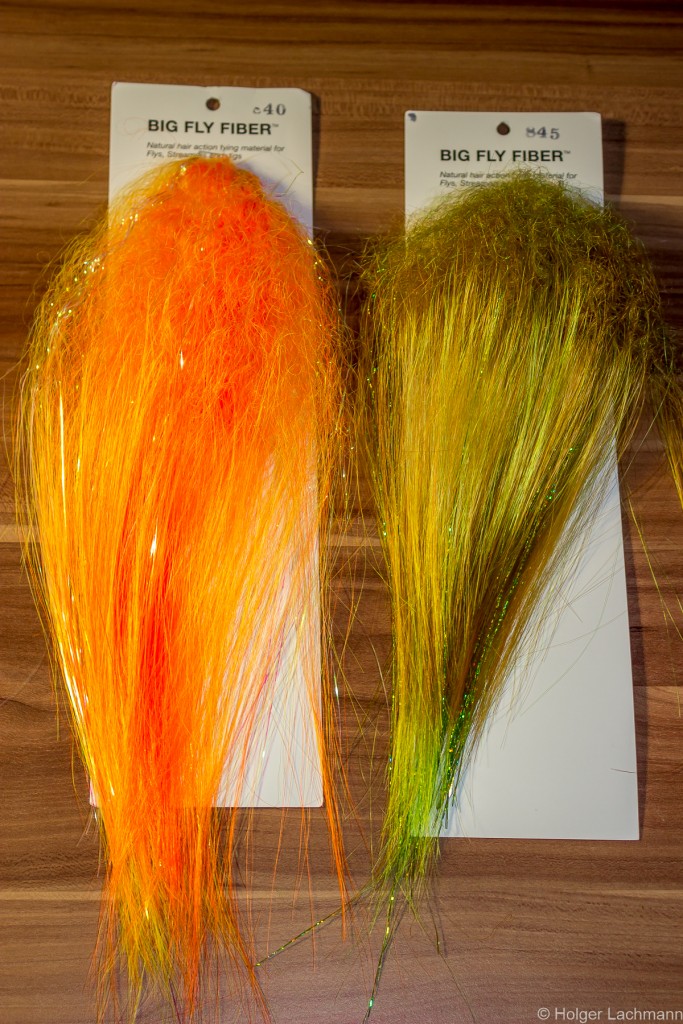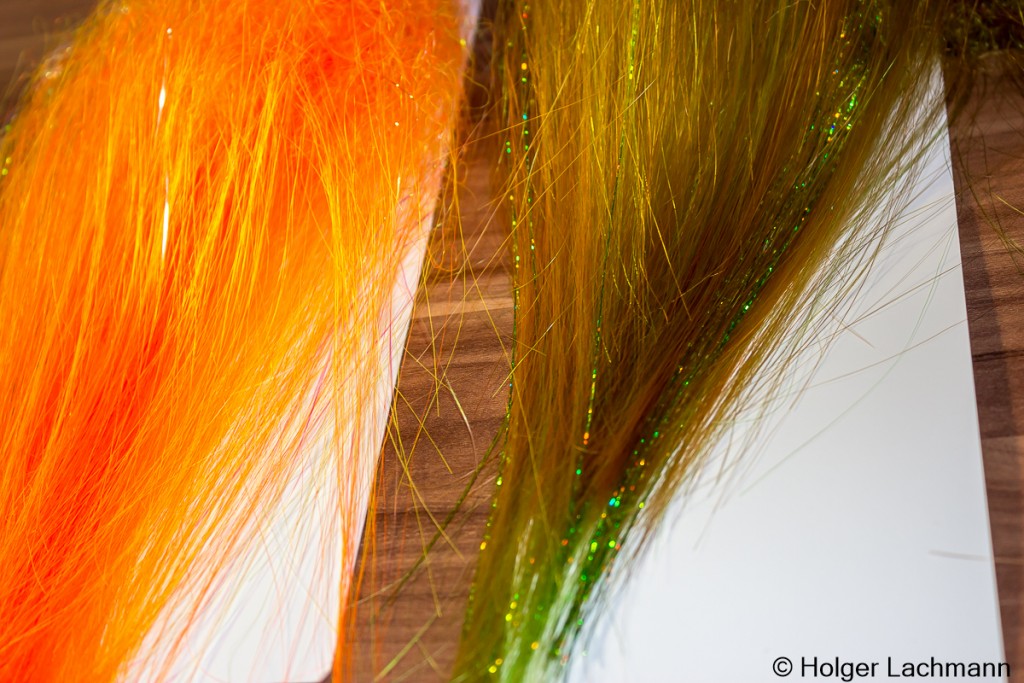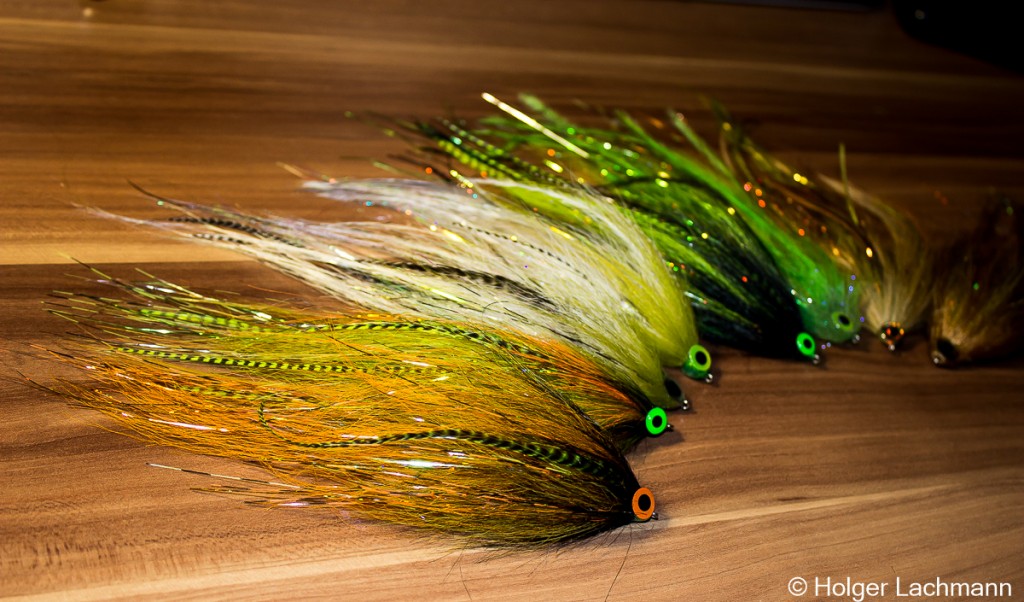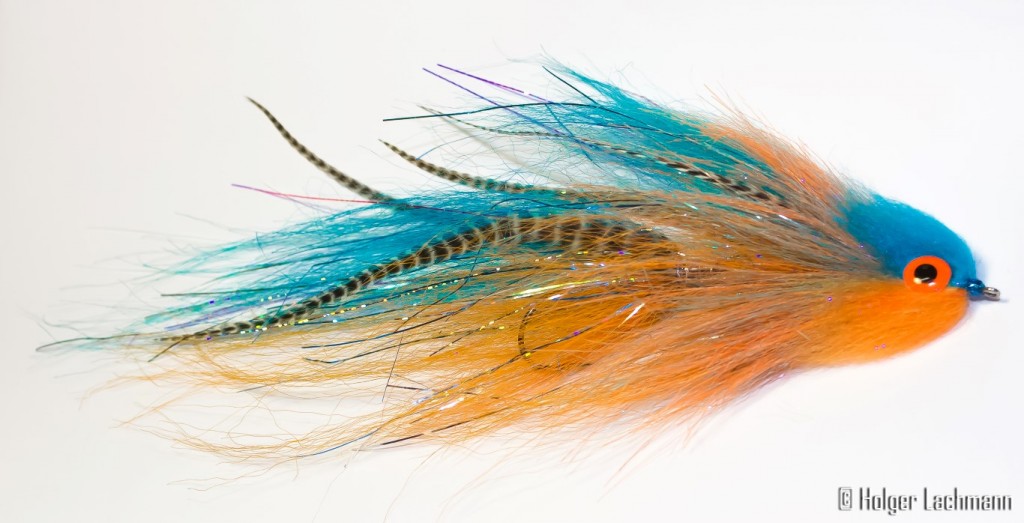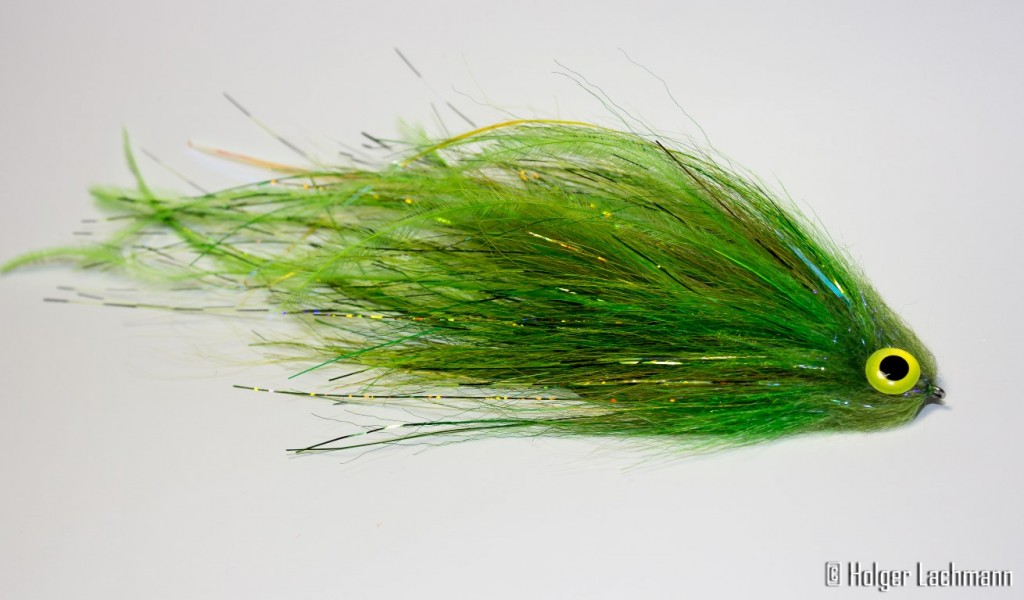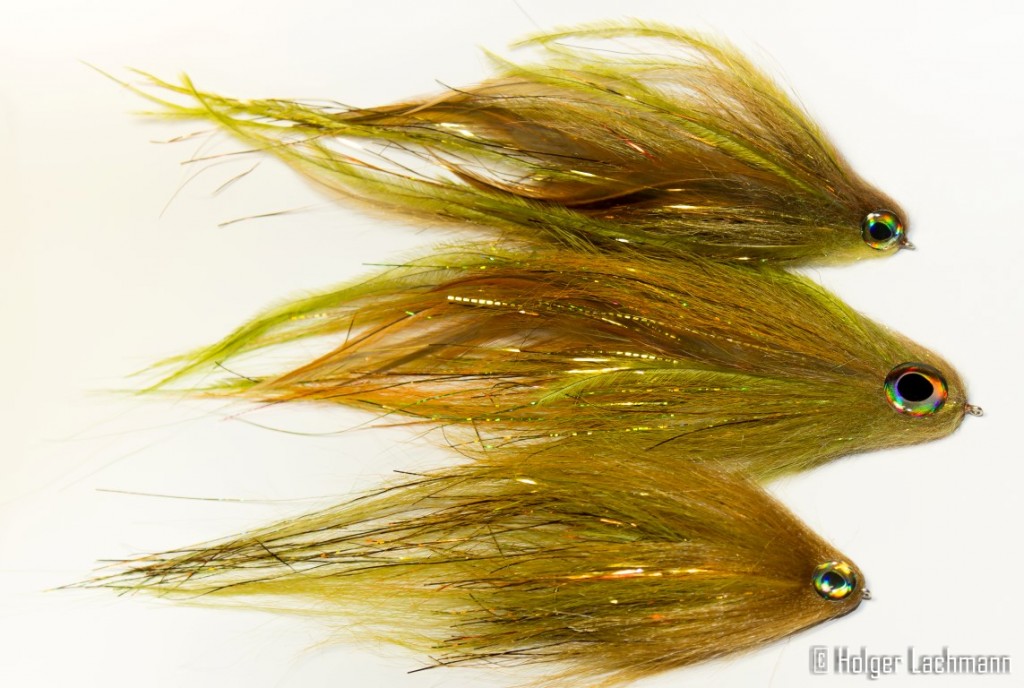Schlagwort-Archive: Holger Lachmann
Some orange Loppos, Detlefs and Worms
„DETLEF“ Step By Step – aka TFFKAPF
The step by step tutorial about the PINK FLUFFY is destroyed. It don’t know why, but it was not shown right on the blog. So I did it again and I gave the fly a new name, because I didn’t like Pink Fluffy anymore.
So I called the fly „DETLEF“ – also known as the fly formerly known as PINK FLUFFY. Why? Don’t know , it just fits.
[vimeo]https://vimeo.com/150781439[/vimeo]
You can fish for sea trout even in the winter time. It’s a very hard kind of fishing with temperatures sometimes under 0°C, but there is a chance to catch an awesome „Silberbarren“. It’s common knowledge, that sea trouts like the color pink, especially in the cold season. It’s also common knowledge, that sometimes, the sea trouts like a very slow retrieve. For that situations, the DETLEF is a really good choise. The soft materials move very nice in the water, even if you strip the fly in very slowly. On the other hand, it’s not very complicated to tie and when you use other colors like beige, tan and brown, you got a very nice shrimp pattern for the rest of the year.
One very important point: Don’t use too much material! Less is more!
Materials used for this fly:
- Hook: Gamakatsu F314 # 6
- Weight: Lead Wire fine
- Dubbing: Ice Dub Pearl, SLF Saltwater Dubbing Pink and SLF Saltwater Dubbing White/ Pearl
- Front: Mallard, Pink Hackle Fibres
- Antennas: Fluoro Fibre Pink
- Eyes: Selfmade Shrimp Eyes
- Horn: Polar Dub White Transparent
- Loop-Hackle: White CDC and Pink Hackle
- Back: Mallard
- Thread: Veevus GSP 50D White
Do a little drop of superglue on the shank and wind on some fine lead wire.
Form a little dubbing ball with the ice dub at the end and tie in some fibres of Mallard.
Take a bit of pink SLF and tie it in.
Take some long soft fibres from a pink hackle and tie them in as shown. Add some strands of pink Fluoro Fibre antennas.
Dub a little ball with Ice Dub and tie in the shrimp eyes. The dubbing ball will seperate the eyes in a nice way.
Take some Polar Dub in white and tie it in as a horn.
Form a thread loop and then dub the body with the SLF.
Put a big white CDC feather on the Petitjean Magic Tool and push it in by using a pink hackle.
Grab the fibres with the clamp of the Magic Tool and and cut off the stems. Then put the fibres in the waxed thread loop and twist the loop.
Wind the hackle fibres-CDC-Mix around the body and catch it with your thread.
Some fibres from a Mallard feather will be used for the back of the fly. So, the fly swims in the right position and the black/white gives a great extra contrast. Do one or two whip finish and use some varnish to secure the knot. That’s it! Detlef is ready!
„Der Loppo“ Step By Step Tutorial
I was asked so often in the last time for a step by step tutorial for the Sea Trout fly „Der Loppo“, that I finally made one.
This fly isn’t something „brand new“, „the next revolution“, „the game changer“ or anything like this. It’s just a mix of some ingredients of good flies mixed together to a fly, which I personally like and in which I put my faith when fishing. I made flies for my fishing in the past, which looked quite similar, but this is the final outcome.
Its got a nice semi translucency, it’s not too bright and not too unimpressive. You can tie it in different colors. I also like tan/white and orange as a color combination very much.
This example fly is tied on a hook size 4, but you can also tie it in size 6 with shorter fibres, when you want to fish it slower and the Sea Trouts just nibble on the longer fibres.
I even got a variation with black hackles and hot orange trigger points for murky water… looks very cool, too!
Ok, let’s start the step by step with a list of the materials:
- Hook: Gamakatsu F314 #4
- Weight: Lead Wire or substitute
- Dubbing: Ice Dub Pearl, SLF Saltwater Dub White/Pearl
- Mouth Part: Mallard and SLF Dub Pink
- Hackles: Whiting Spey Hackle and a Grizzly Hackle stripped on one side
- Horn: Senyos Laser Dub Gray
- Antennas: Fluoro Fibre Pink
- Eyes: Mono Eyes selfmade
- Ribbing: Mono
- Thread: 50D GSP white and 70D Uni Fluo Pink
Put the hook into the vise and wind the lead wire arounf the shank. To secure the lead, you could use a little drop of super glue. Attach the thread and form with the Ice Dub a little tight dubbing ball at the end of the shank.
Tie in the Mallard and the pink SLF as „mouth parts“.
The first spey hackle should be tied in like shown. It’s easier to wind it around this way. Go back with your tying thread to the little bump and secure so the thin fragile stem of the spey hackle. For a little extra color, tie in some Fluoro Fibres in pink.
I like to tie in some extra long hackle fibres for the extra movement. If you think they are too long, just skip this tying step.
Split the thread and put some Ice Dub in the gap, then twist the bobbin and wind the dubbing around. After that, give the dubbing a brush with your velcro.
Now the eyes and the mono for ribbing should be tied in.
For the horn section, tie in the Laser dub and do a first turn with the white/pearl SLF Saltwater Dub.
Tie in the grizzly hackle which was stripped on one side and dub the body using the SLF Saltwater Dub. Wind the grizzly hackle to the eye and leave enough space for the final hackle. Secure the hackle by ribbing the body incl. the hackle with the mono and catch it with the tying thread. Don’t forget the ribbing! ;) At the end, give the body and the hackle a strong brush with your velcro. The mix of hackle and SLF looks really cool in the water.
Wind around the second spey hackle and again secure the stem with your thread. It doesn’t matter, when in looks a bit bulky.
Take some extra spey fibres and tie them on top as a back. Looks in the water like the shrimp shell and makes sure the fly will always swim straight.
Do a whip finish with the GSP thread and cut it of. Then do a nice head using the fluo pink thread as a trigger point. Varnish the head or use Bug Bond uv resin to get a nice, shiny head.
That’s it!
Der Loppo ist fertig! :) I wish you a lot of fun tying and fishing this fly!
Pink Dutchman
My good friend André Miegies gave me once some really nice feathers, which were dyed by himself in some terrifc colors. If I remeber right, it was white ear pheasant. Beautiful feathers with very long soft fibres. I used two feathers for this shrimp pattern in the successful color pink. As antennas, I used crazy legs, which give the fly a little bit extra movement.
André is from the Netherlands, so it’s clear why I gave the fly this name…. ;-)
Here are the materials:
- Hook: Gamakatsu F314 #6
- Antenna: Crazy Legs two toned
- Horn: Senyos Laser Dub pink
- Ribbing: Mono
- Hackles: Spey Hackles made by André Miegies in Pink
- Body: Ice Dub Pearl
- Eyes: Mono Eyes made by Holger Lachmann
Ready To Rumble!
Pike Fluff – the last in 2015
I fish with worms… and you?
Worm Fly Step By Step
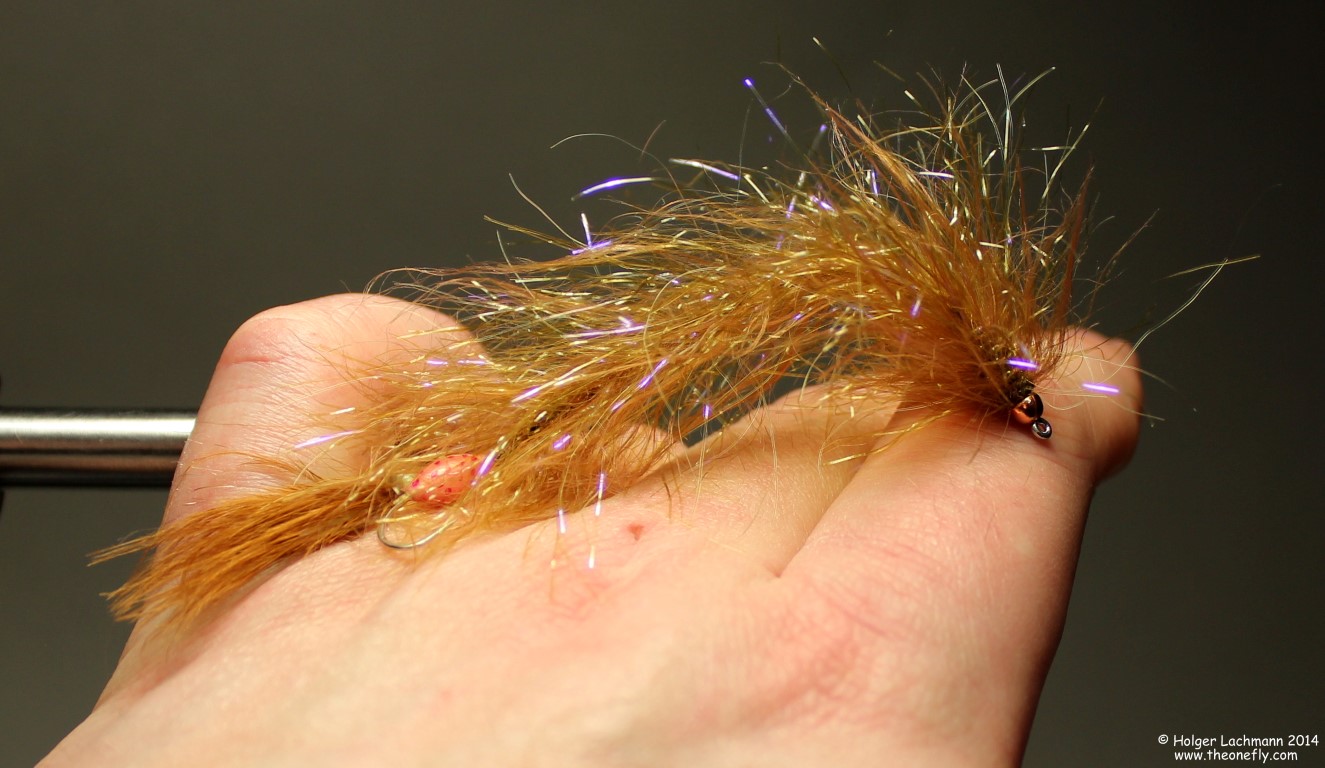
Every spring, the bristle worms (kind of a annelid) swarming in the Baltic Sea and the sea trouts are feeding like crazy on these worms and you really should have a worm pattern in your fly box, because you’ll never now, when the swarming will start. This worm pattern moves fantastic in the water and it’s worth the effort, even if a normal wooly bugger will catch fish. If you have tied one or two, you’ll see, that it’s really easy and fast to tie once you know how.
The first one who showed me this awesome technique to tie these worms was the master fly tyer Andy Weiß, one of the most creative fly tiers in the world and I’m glad to call him my good friend! He showed me a lot of tips and tricks over the years and I had some really cool and funny moments together with him in the last years. Andy, if you read this…what can I say…. cheers my friend!
Ok, back to business!
Here are the materials I’ve used:
- Hook: Gamakatsu SC 15 #2 and #4 in the back
- Thread: Dyneema thread white and UTC Ultra thread 70 fl. shell pink
- UV-Resin: Bug Bond
- Coloration: Marker Pen pink
- Tail: Marabou brown
- Body: Dyneema fishing line, UV Polar Chenille olive brown, Worm Wool brown (knitting wool)
- Weight: Tungsten bead
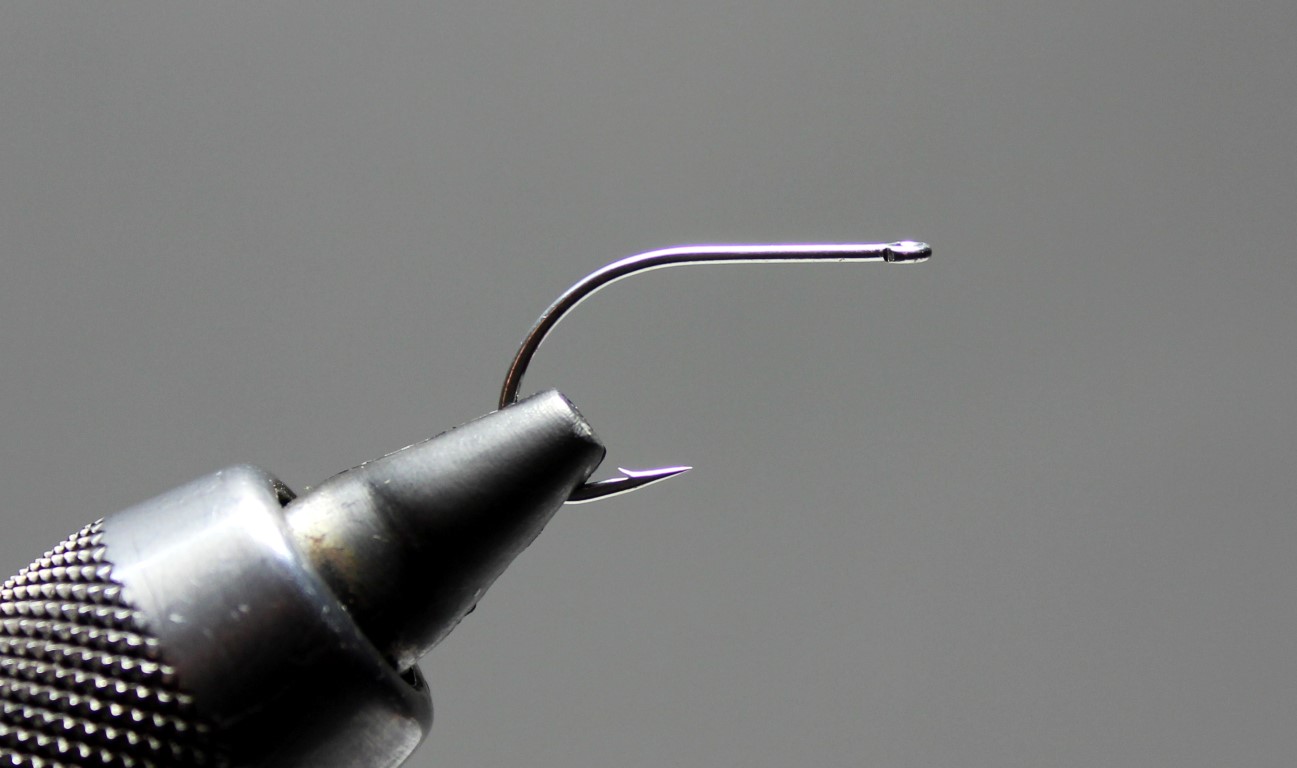
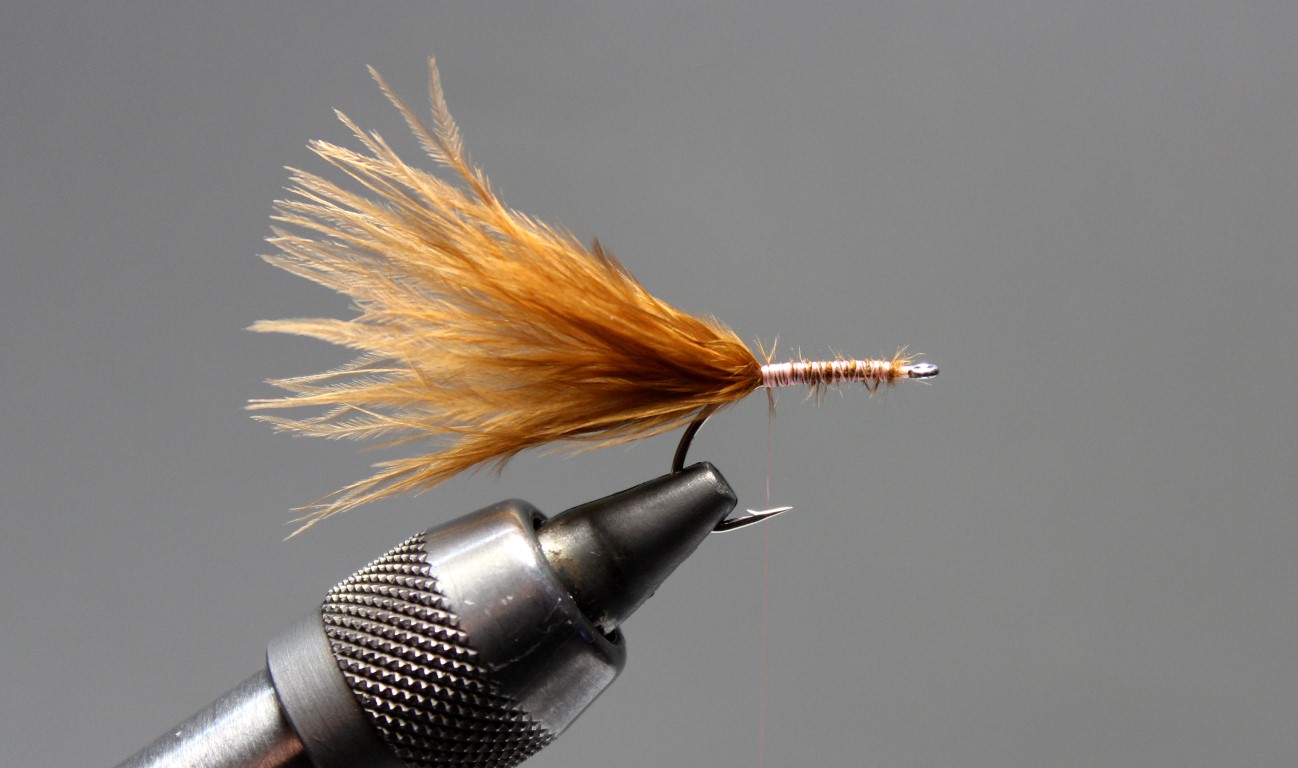
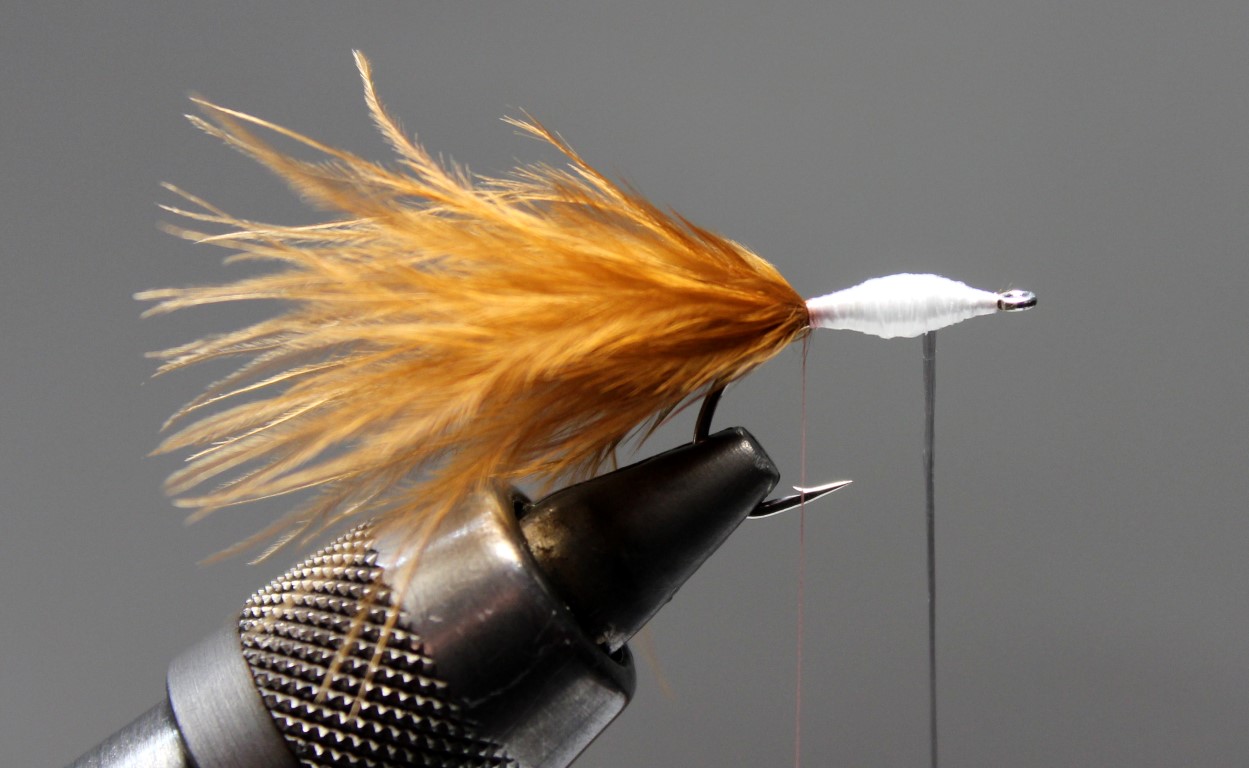
Put the hook into the vise and tie in a bunch of marabou. Build a kind of bubble on the hook shank. It’s easier to do it with a thicker thread instead of your normal tying thread.
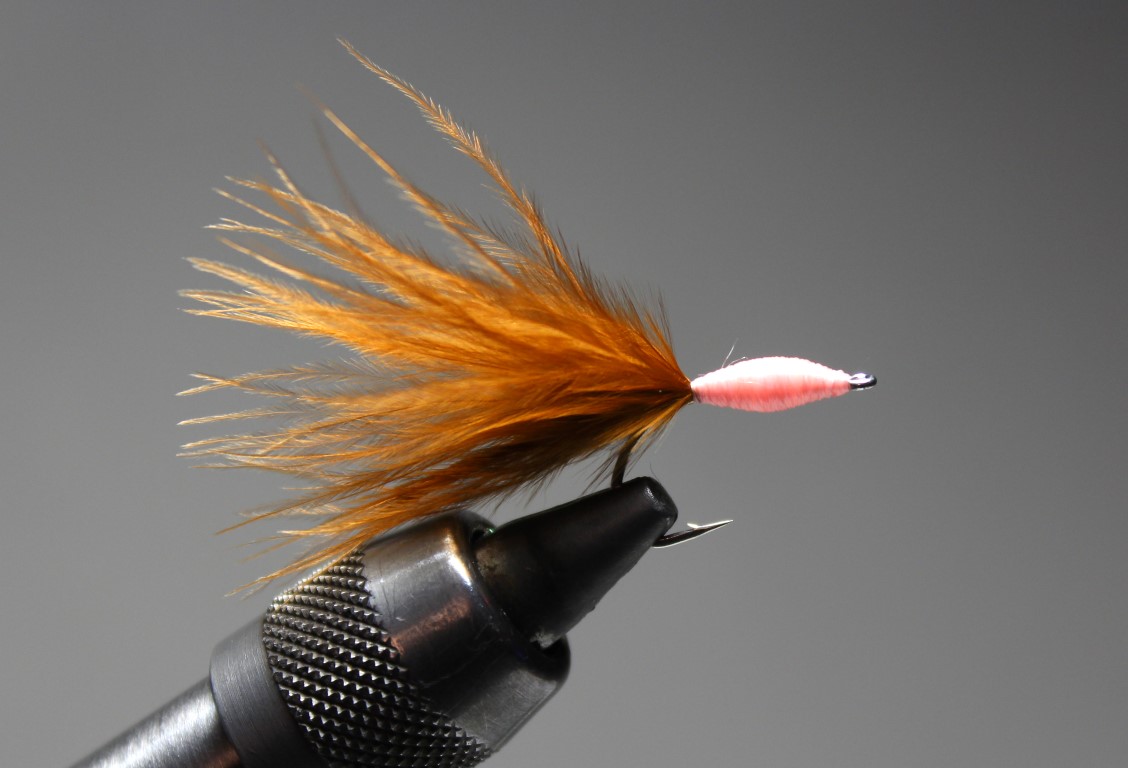
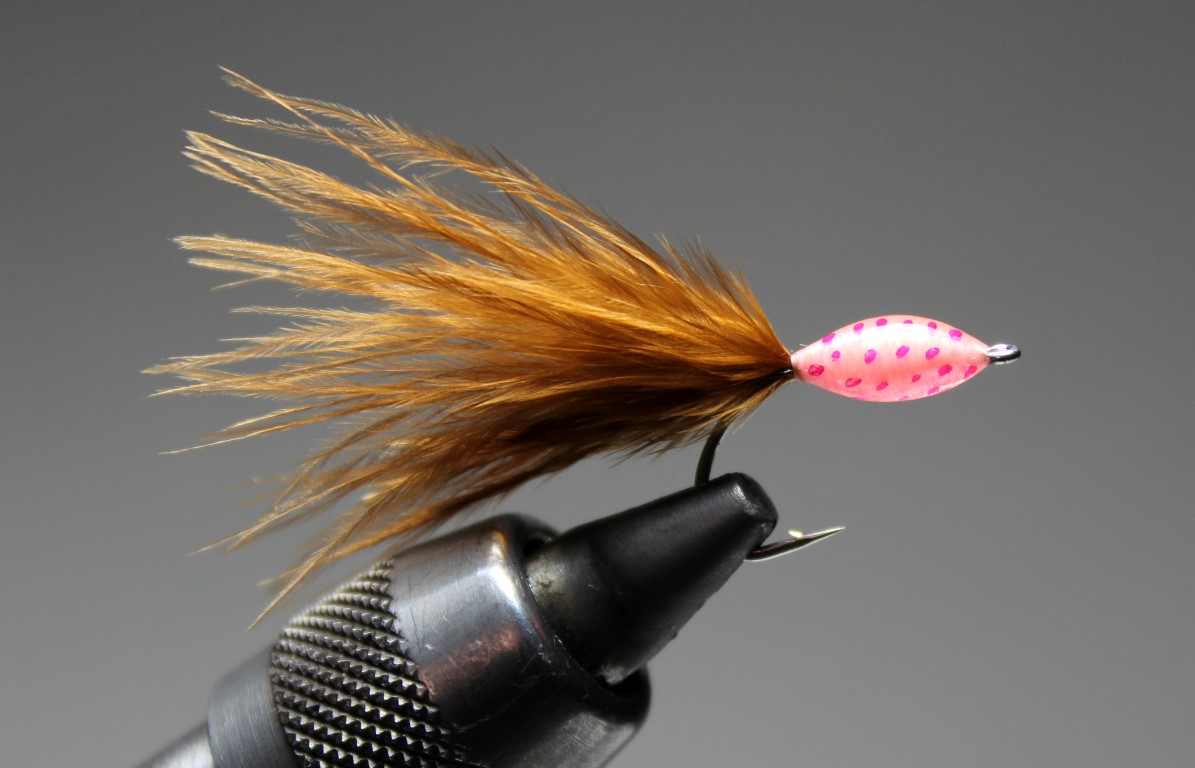
Tie over the white bubble with your tying thread in the color of your choise. Coat it with Bug Bond uv-resin. If you like it a bit fancy, do some small dots with your marker pen on the bubble and secure it with a second thin coating of Bug Bond to get the 3D effect. The bubble should imitate an egg ball and gives the worm a nice bite point.
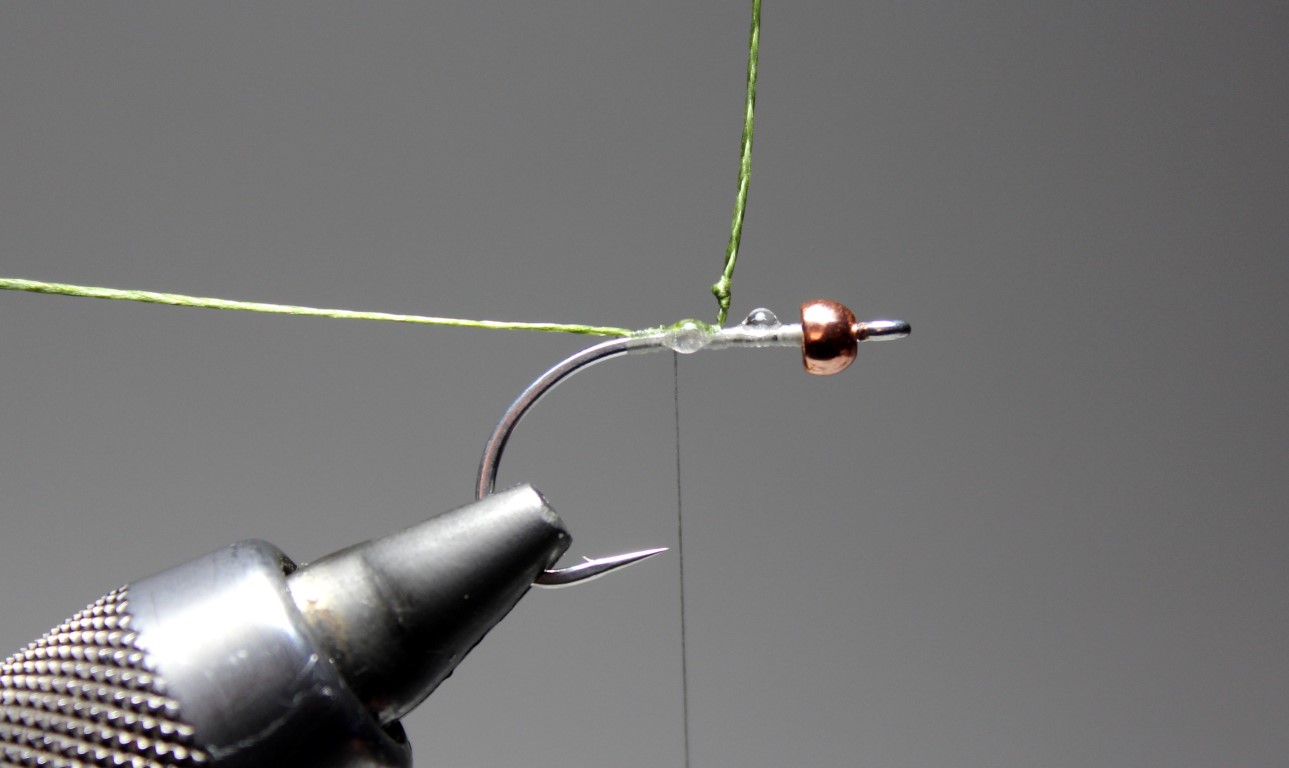
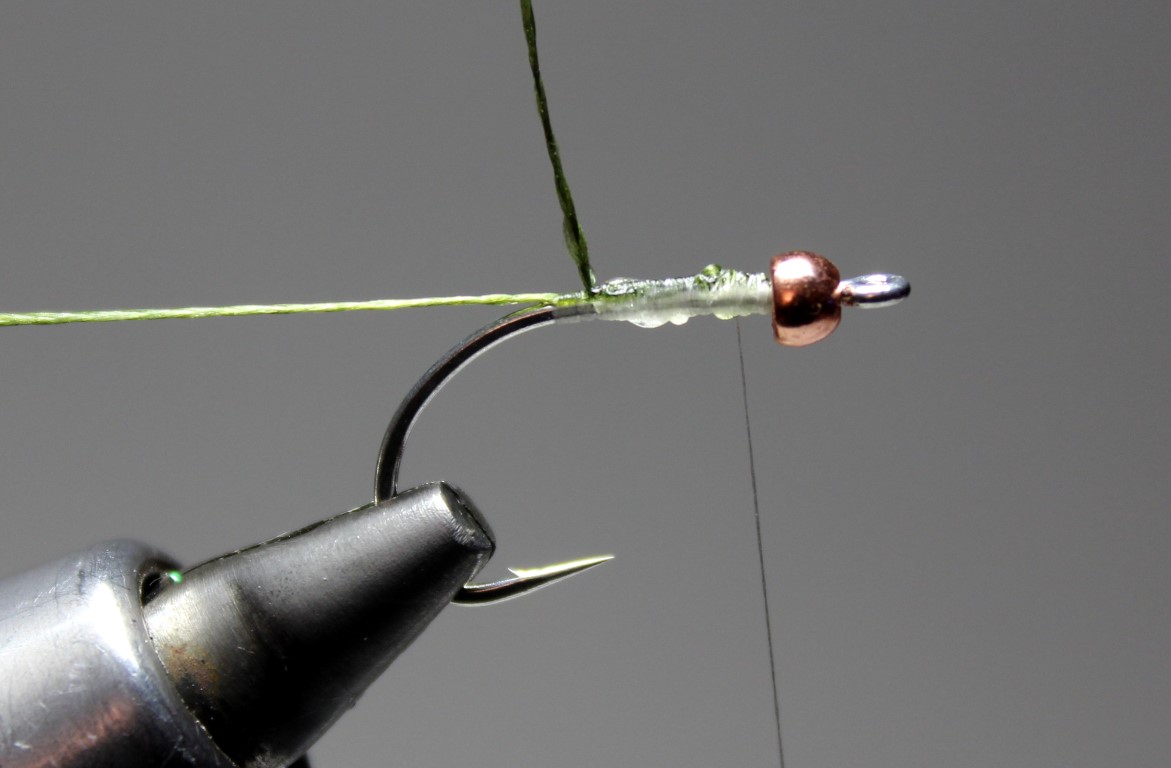
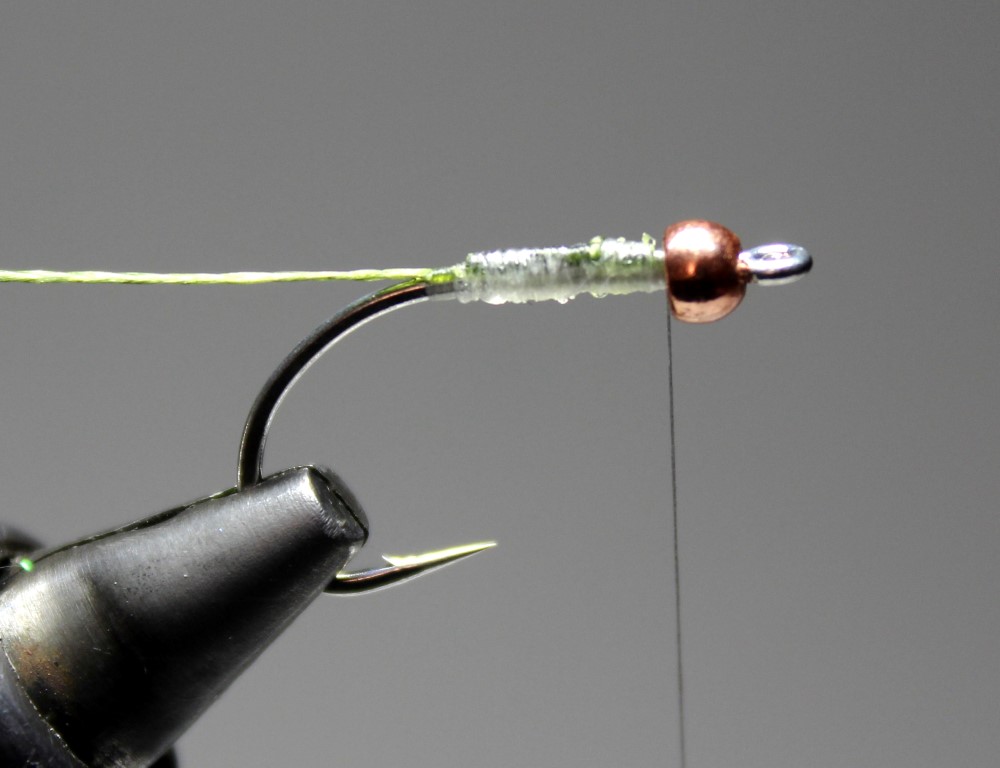
Put the tungsten bead onto the front hook. Do a simple over hand knot in the dyneema fishing line and tie it onto the shank. Secure it with two drops of super glue and keep on tying and fold the dyneema back and forth like shown. No fish will ever destroy this connection!
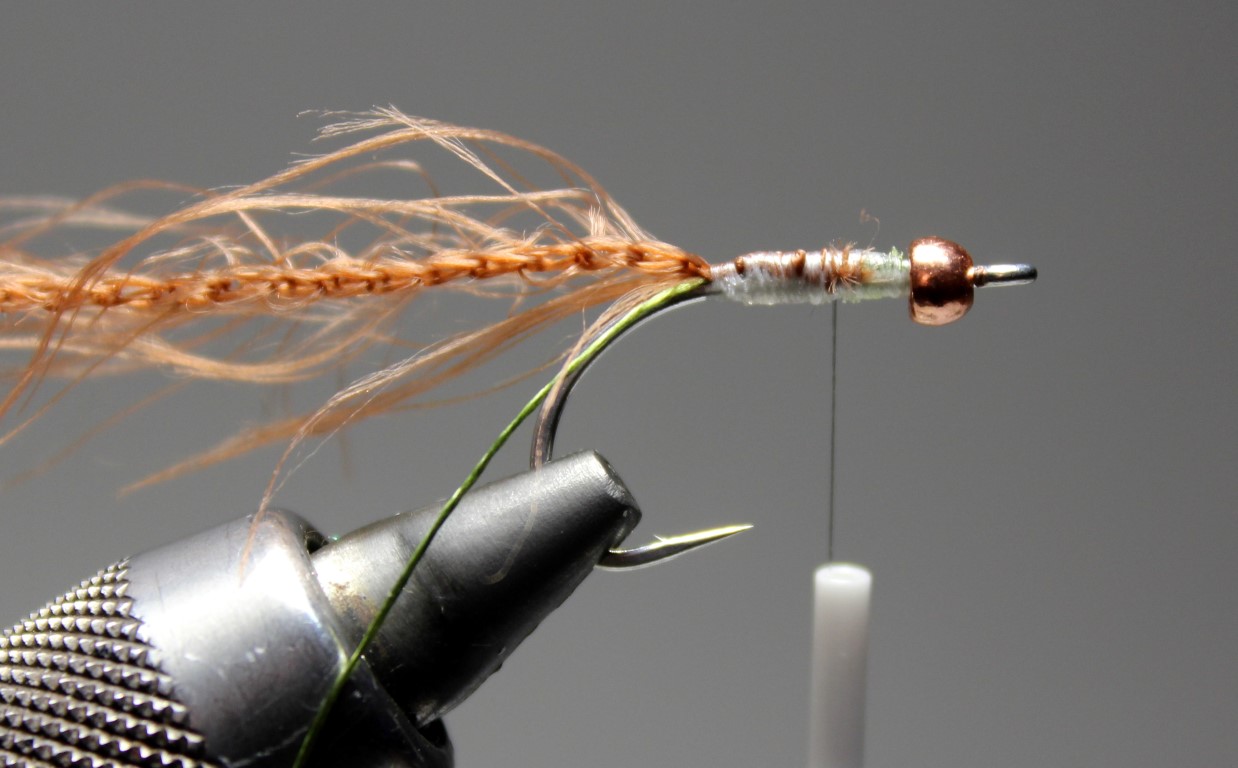
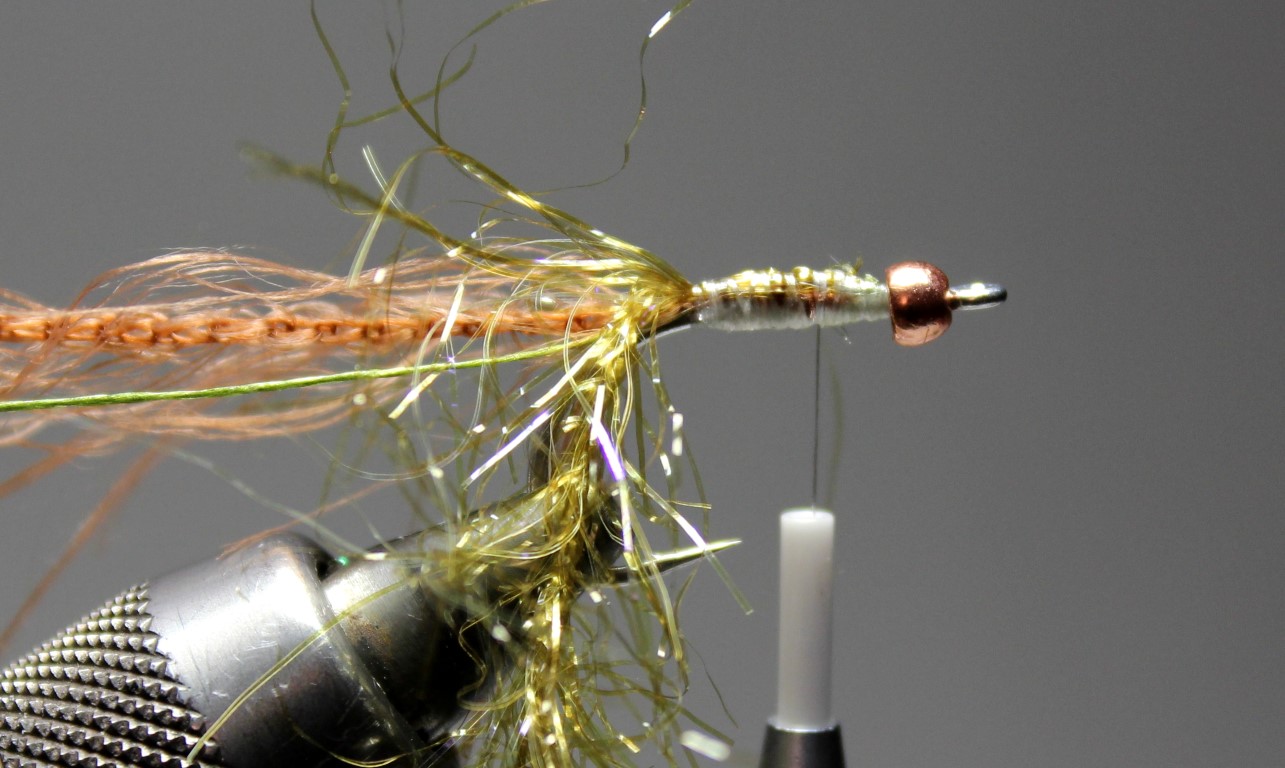
Tie in the polar chenille and the worm wool.
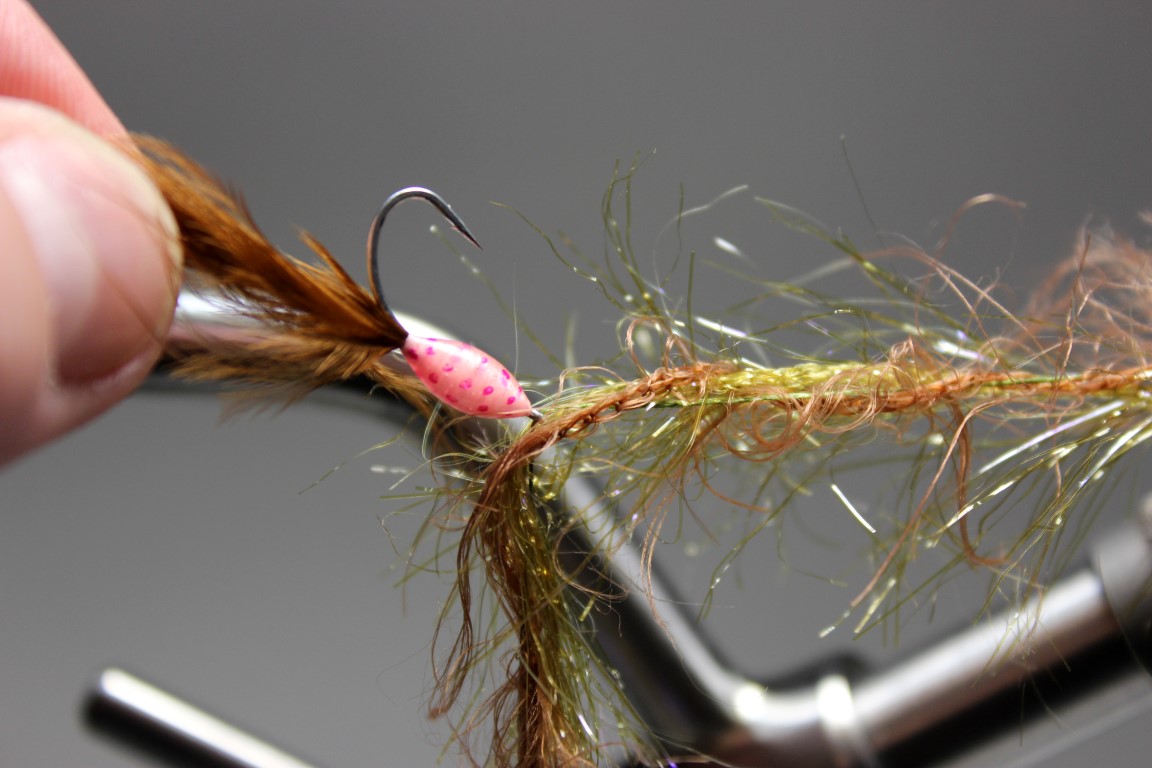
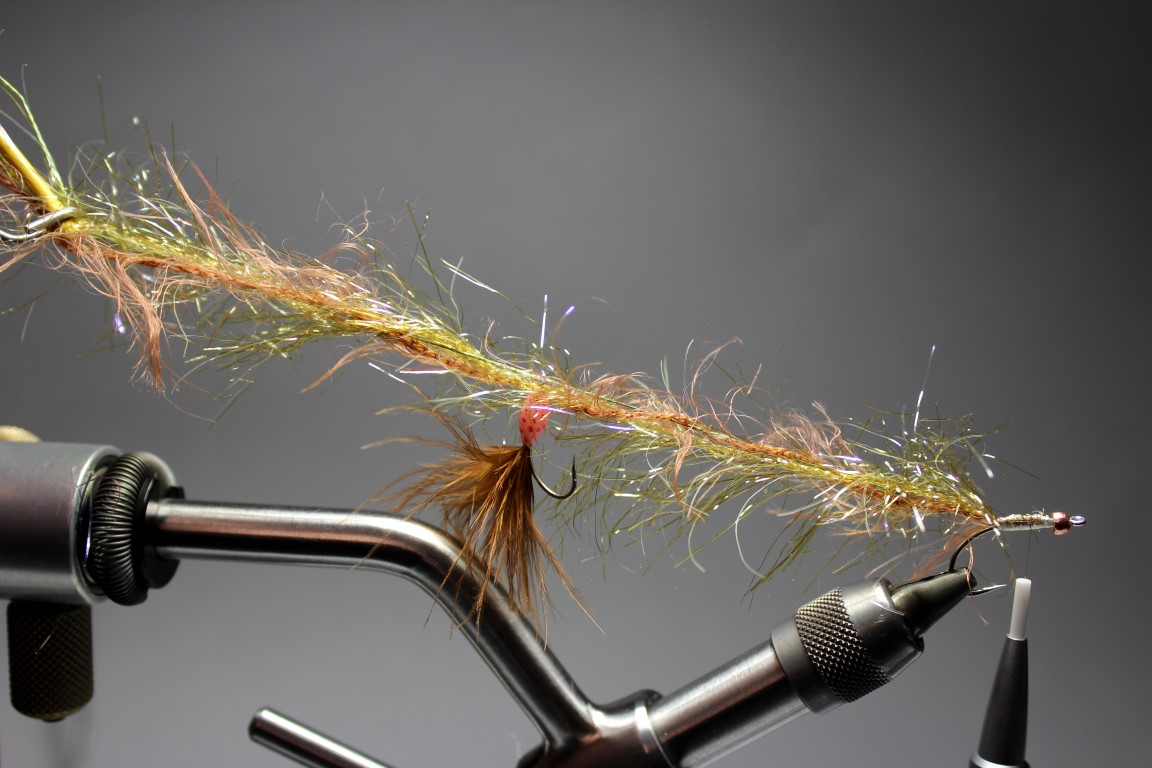
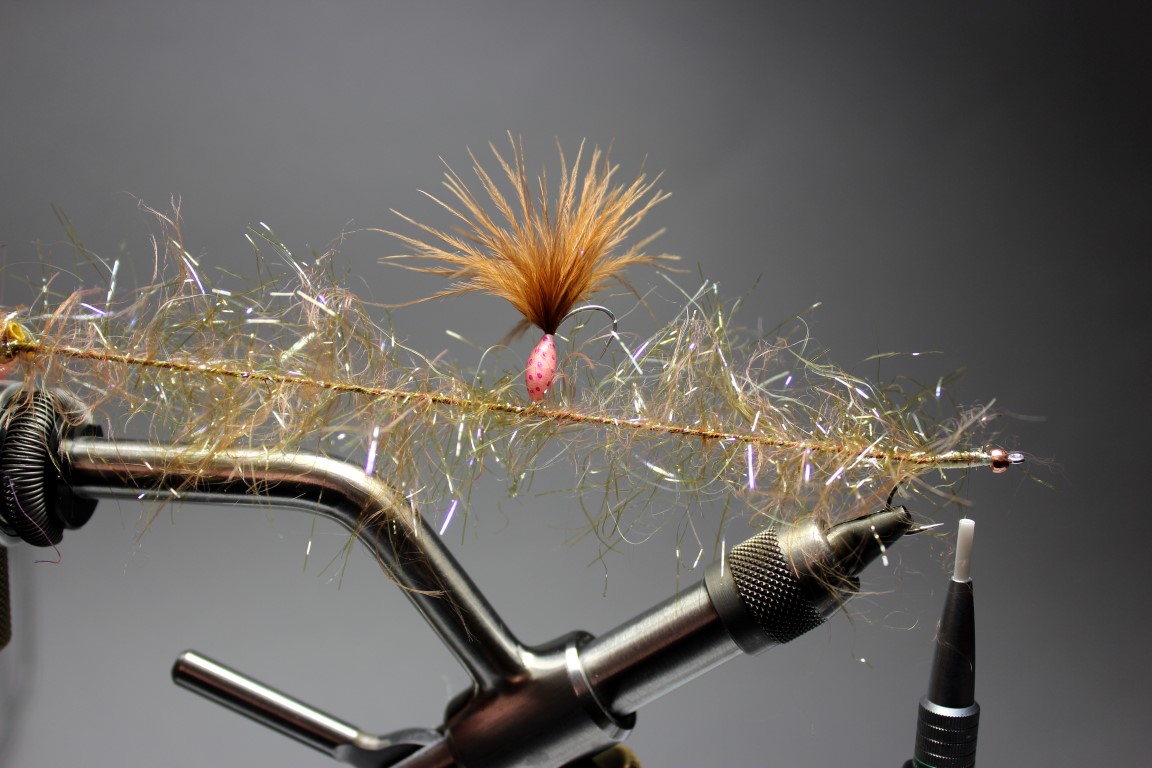
Put the egg hook on the dyneema. That’s how you define the length of the fly. Grab the dyneema, polar chenille and the worm wool and twist it hard.
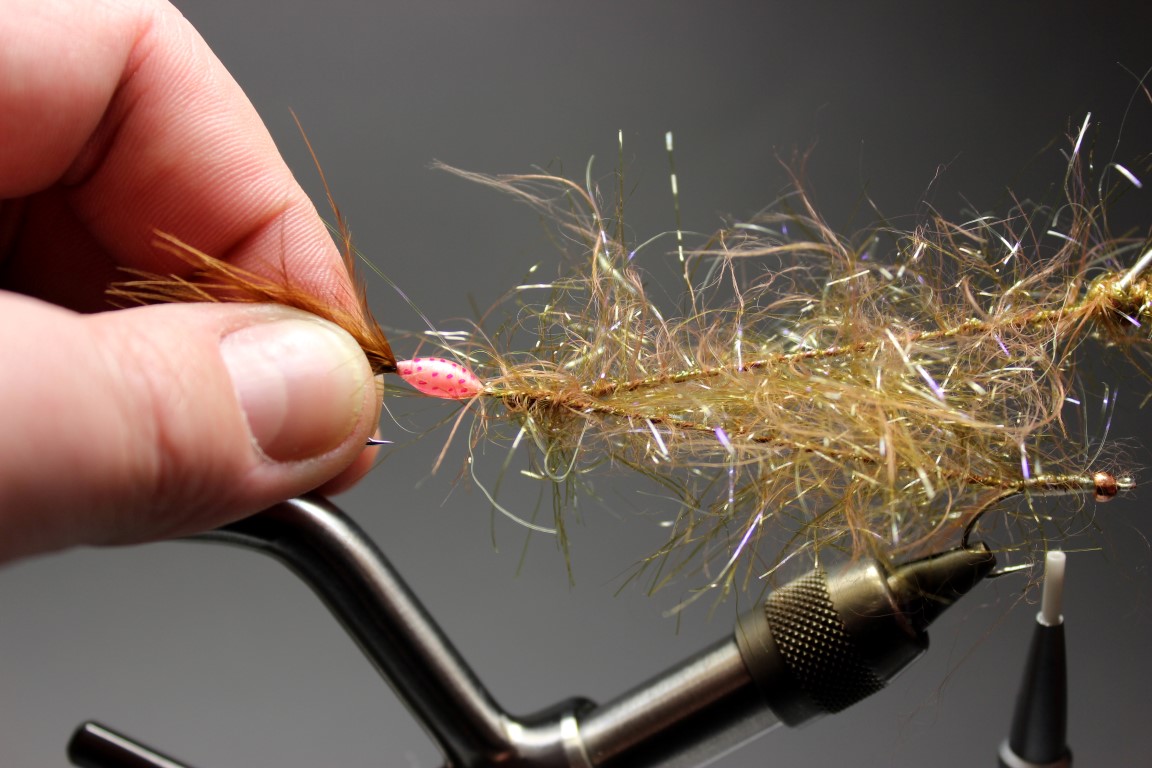
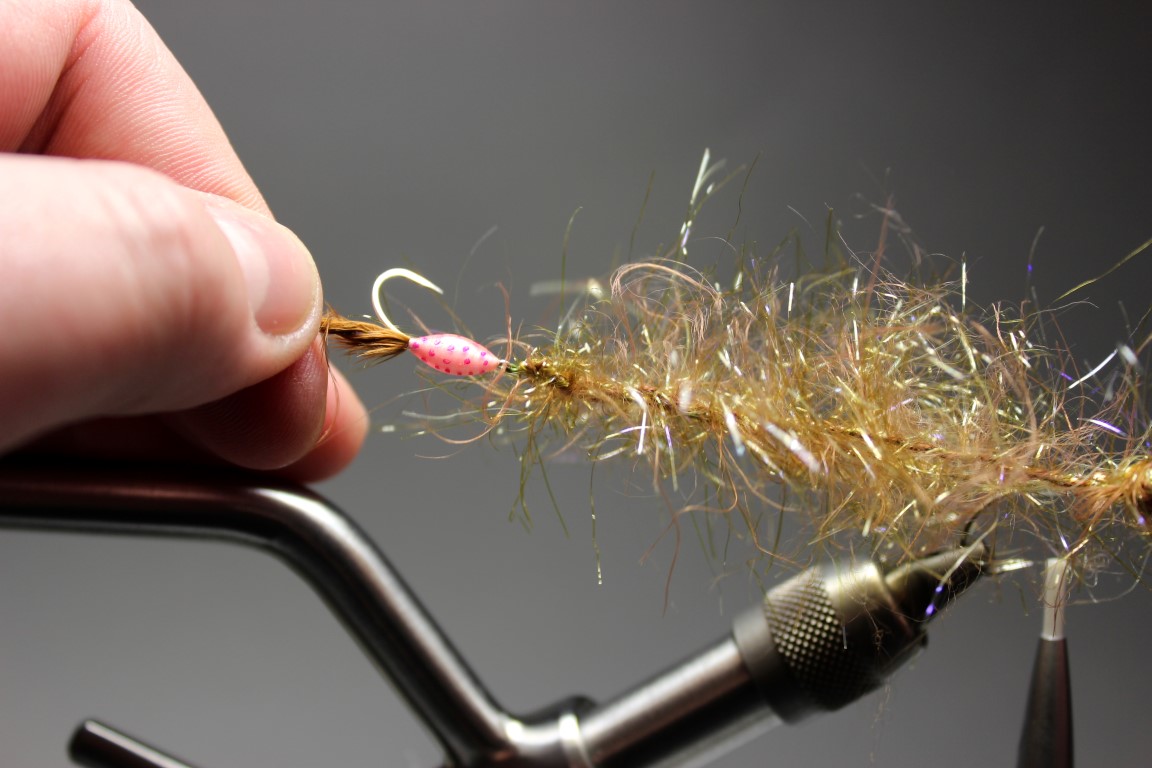
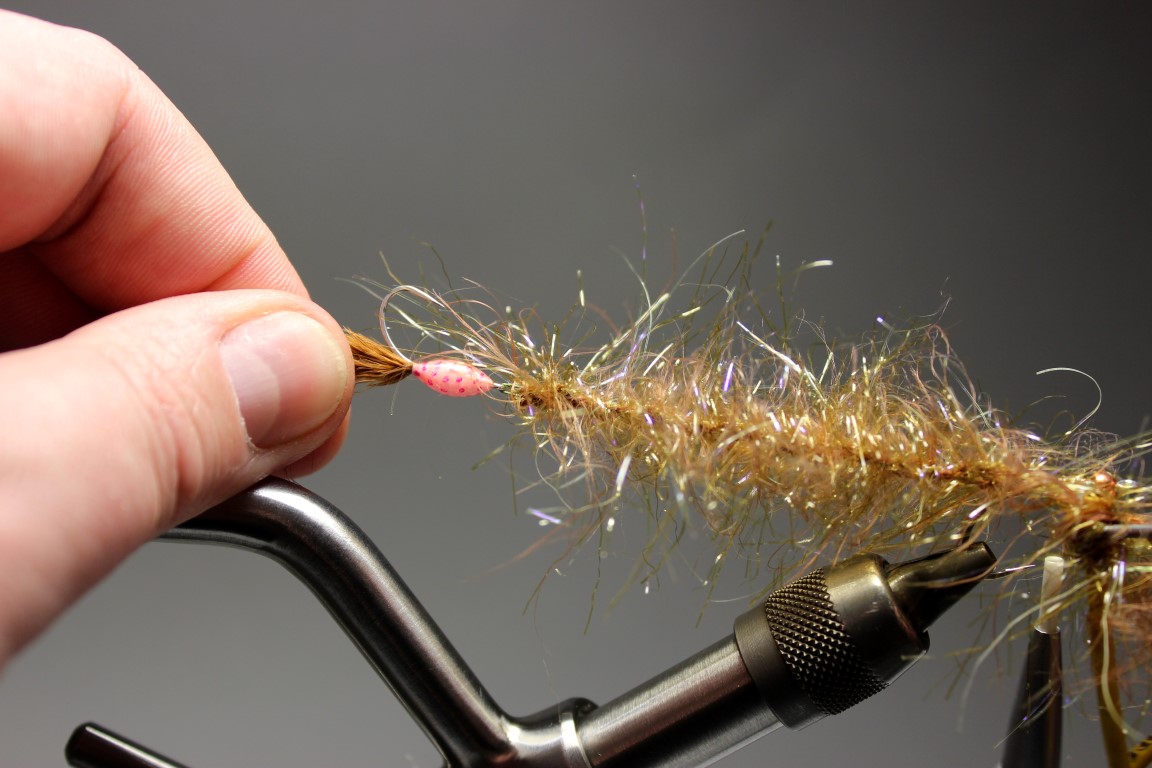
Grab the egg hook and bring the string to the hook eye and let the strings twist into each other.
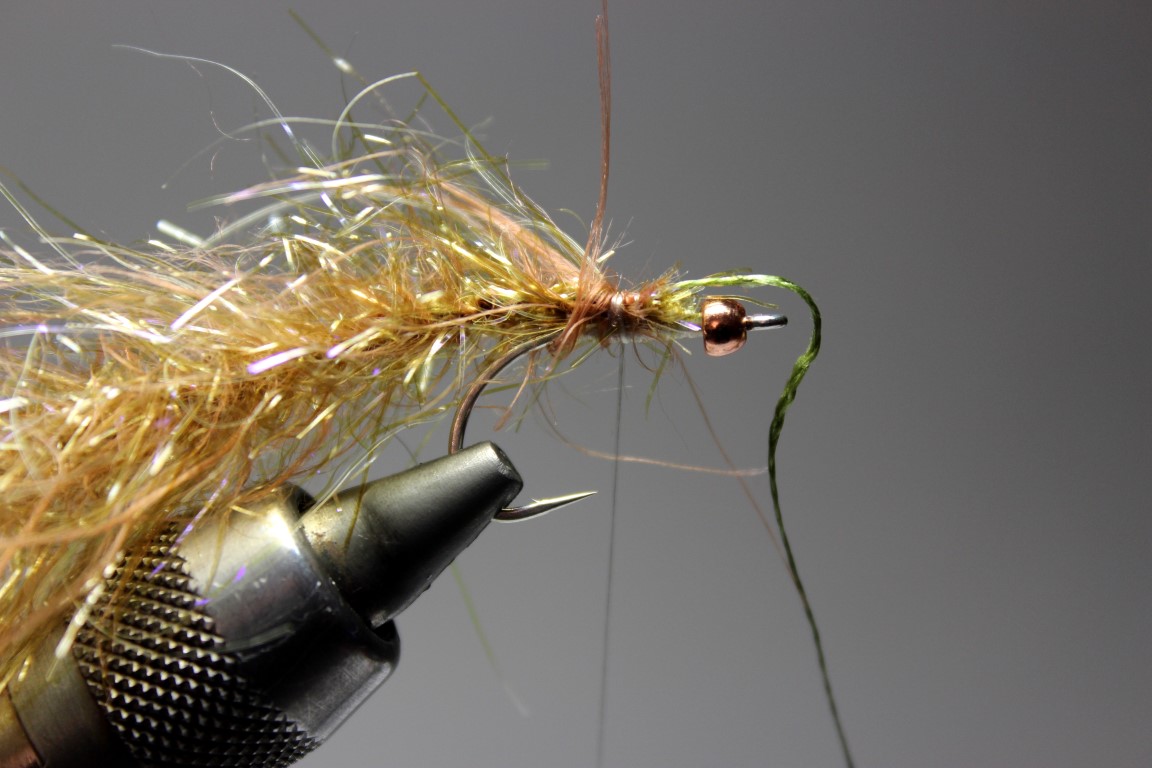
Catch the strings with your thread and cut the polar chenille and the worm wool, but NOT the dyneema fishing line!
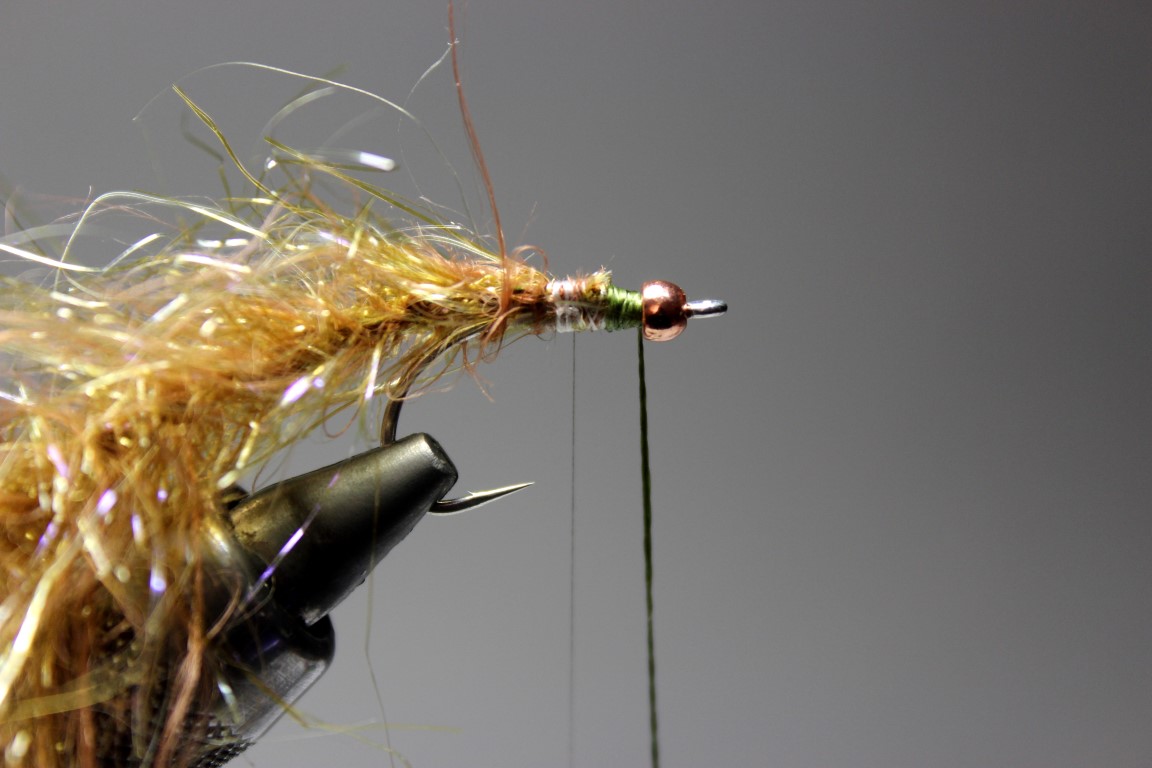
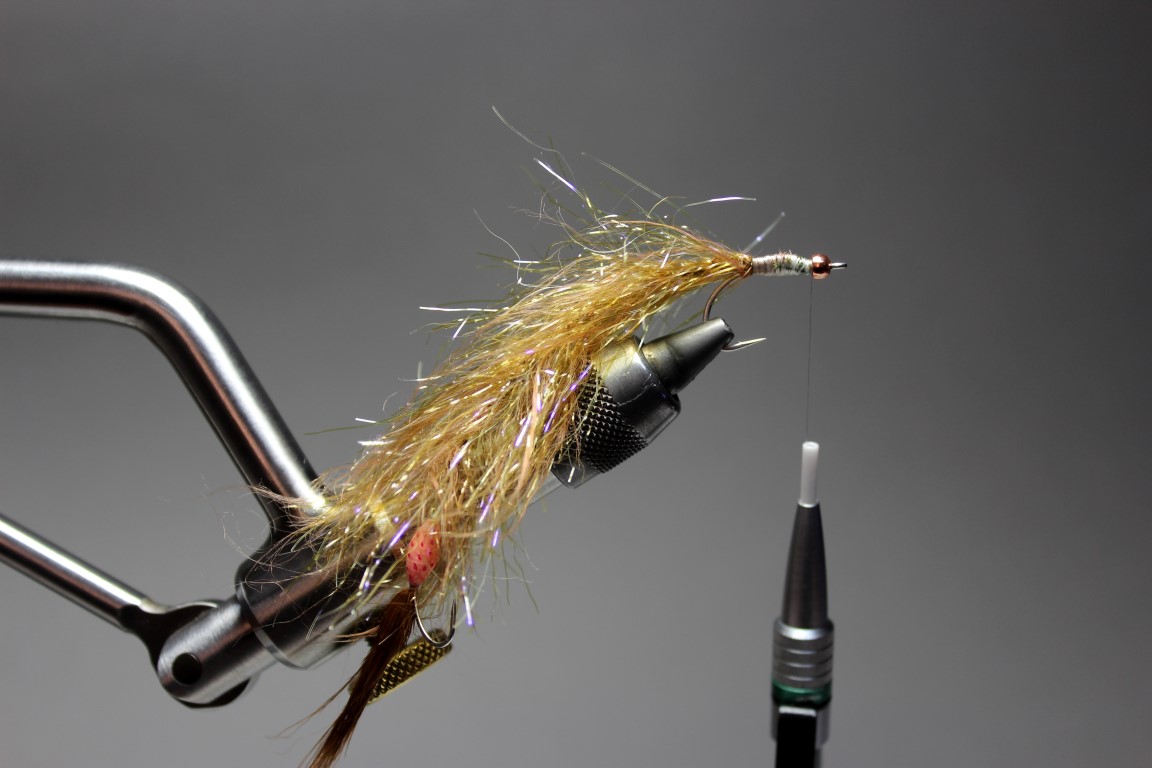
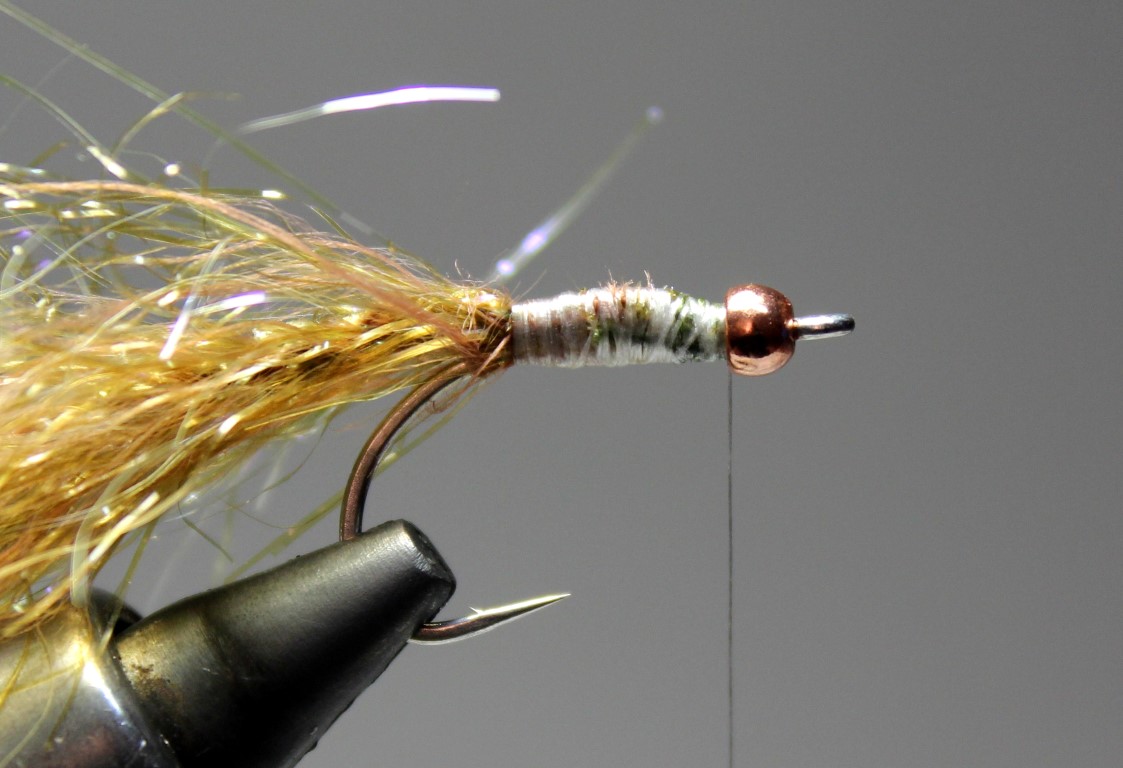
Wind the dyneema fishing line around the hook shank , put a drop of super glue on it and secure it with your tying thread very tight!
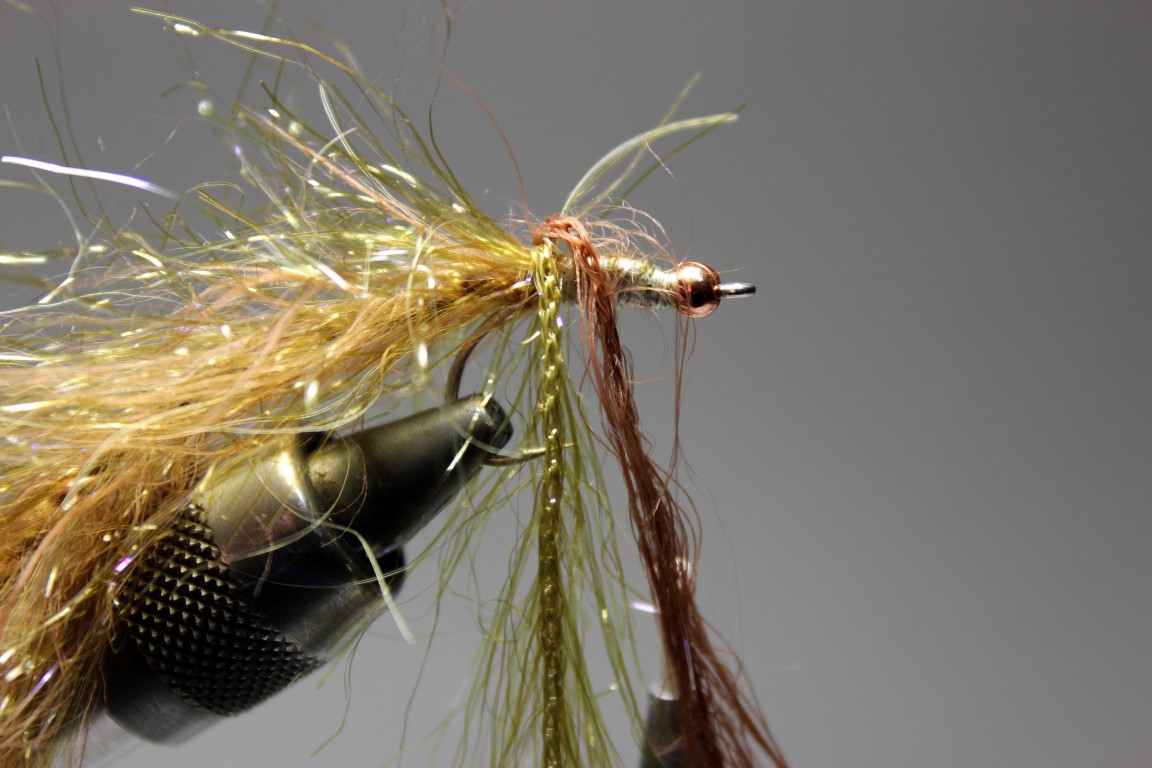
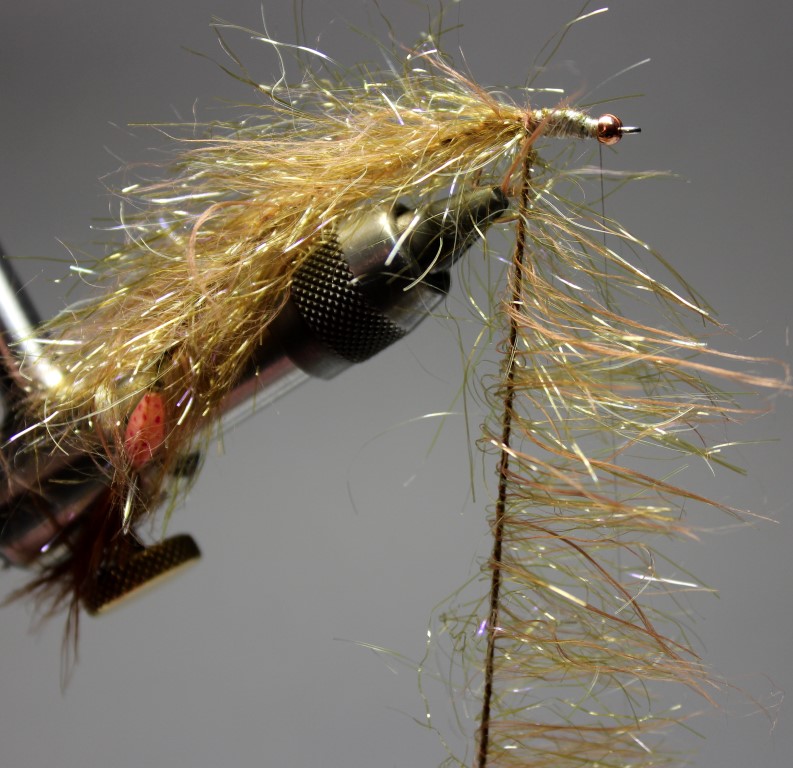
Tie in two another strings of polar chenille and worm wool and twist both strings. Give it a good brush with your velcro. Stroke all fibres to one side.
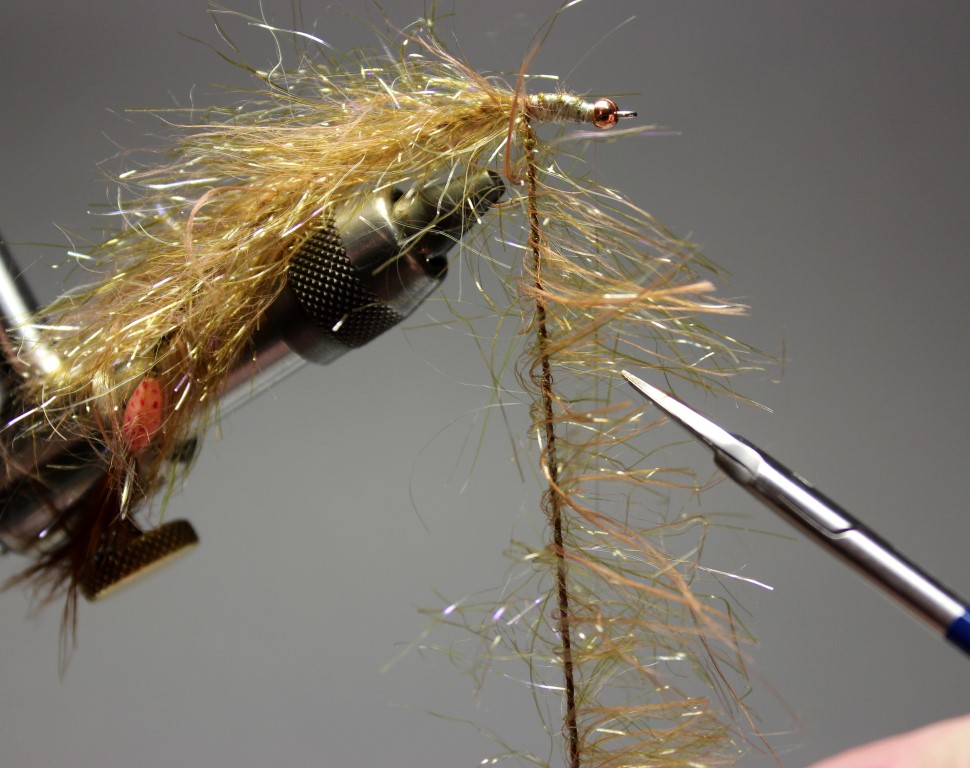
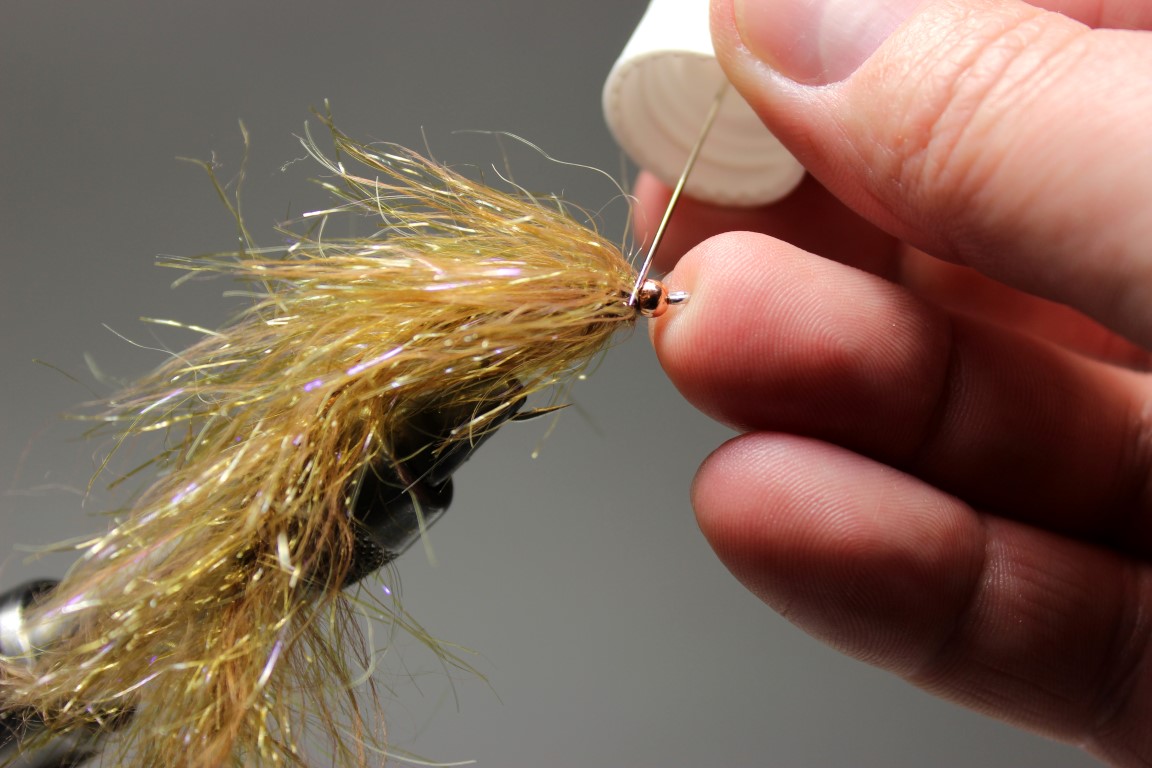
Cut in an angle with your scissors, so the fibres don’t got all the same length. Wind the twisted strands around the shank to the front and catch it with your thread. Cut the strands closely to the bead, do a whip finish and let some thin varnish soak into the front to secure everything.
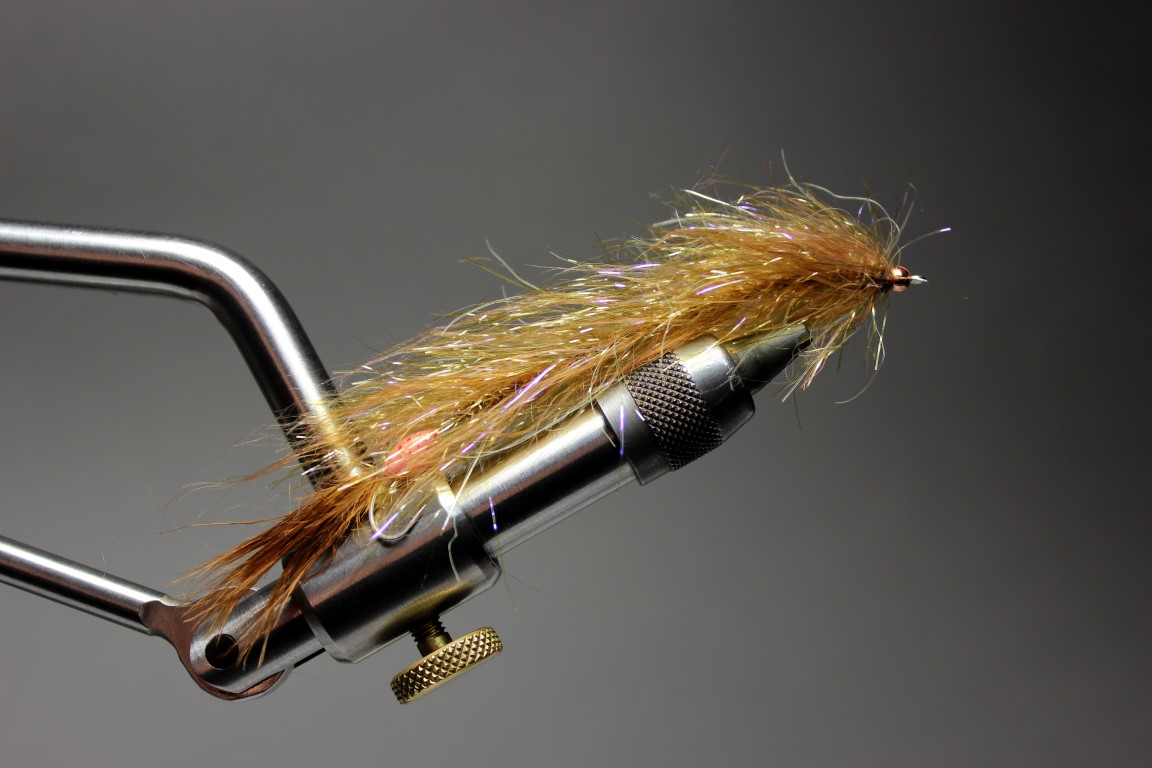
Give the worm a complete brush with your velcro and you’re done! A superb worm fly with a great action in the water and some nice translucency, because of the polar chenille. It’s also a very durable pattern and you can tie it in all colors and sizes you like. If you don’t like flies with two hooks, just cut the hook bend of the front or the back hook close to the body.
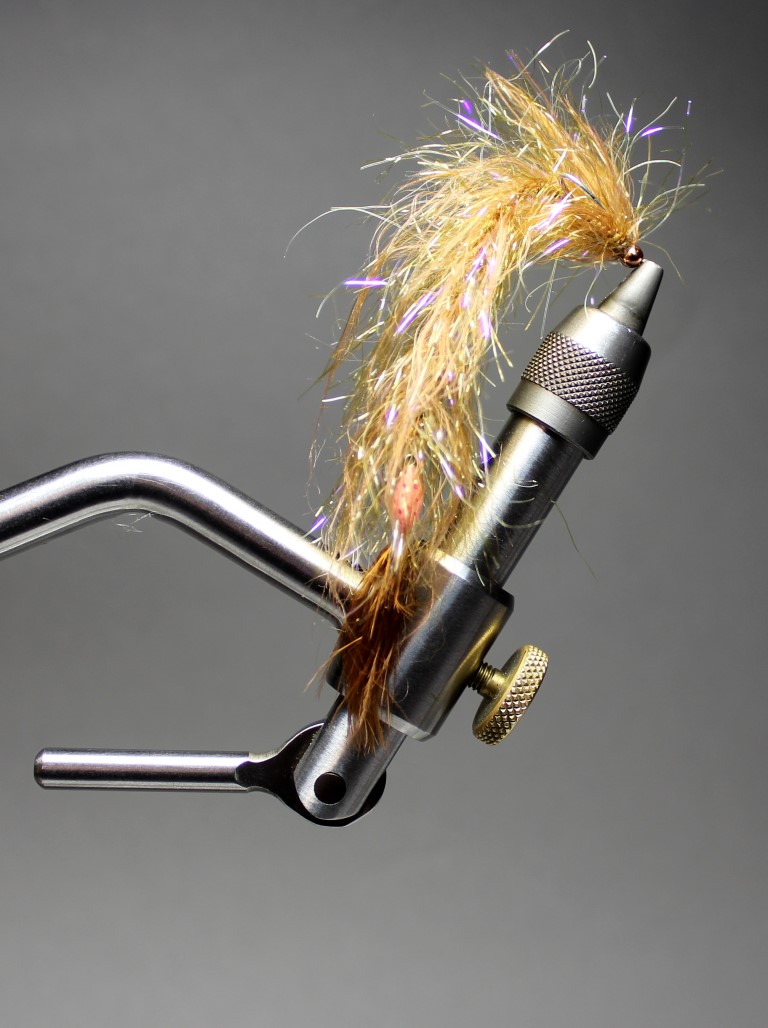
Kind Of Klink
Klinkhamer for Graylings
Project Sandeel is finished
These sandeels are for my private box. Everyone is a little bit different. Some are extra weighted, some are not. 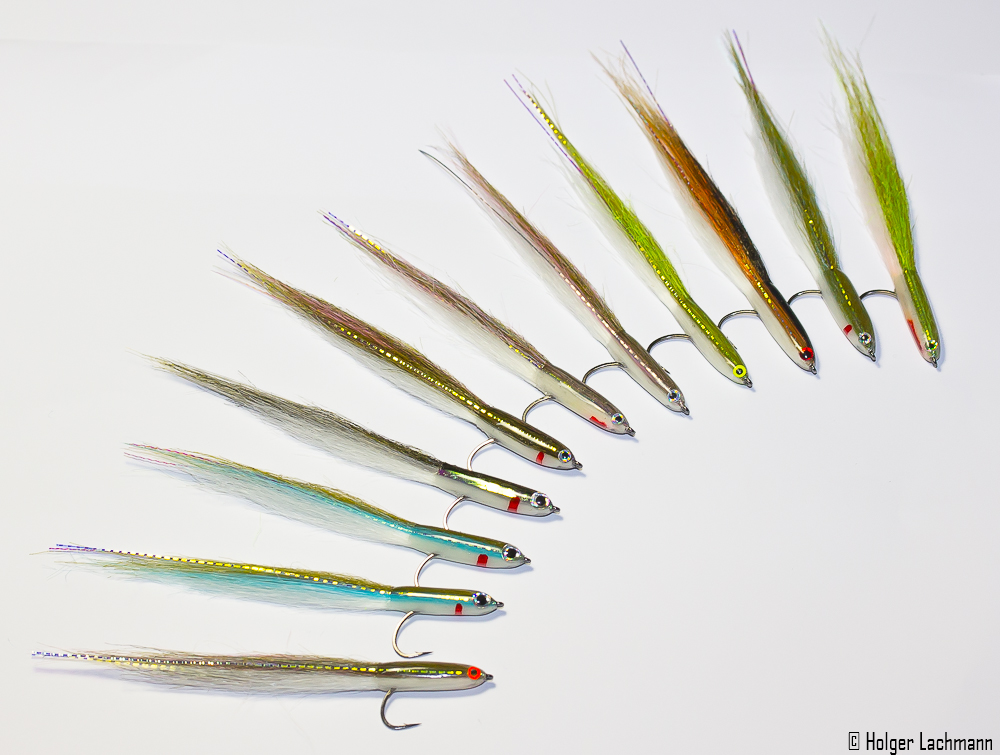
More Sandeels and better pictures
A closer look at: Hedron Grizzly Barred Flashabou, Snow Runner (Nayat) and Hedron Curled Big Fly Fiber Flash
My Buddy Alex from ADH-Fishing sent me some cool new stuff for testing! Here are my thoughts about it:
Everybody knows Flashabou , it’s THE flash material since many, many years. It moves fantastic in the water, reflects a lot of light and is available in many colors. Just great stuff. Now, there is something really new in the family of Flashabous:
This stuff is really awesome! It’s not flashy as you might think, when you hear the name. It got a very discreet shimmer and for that reason, you can use it in streamers and flies, which should look natural and stealthy and you can use it in bright, flashy flies. It gives the fly more contrast and it’s also an alternative for the long, thin grizzly feathers. We all like these feathers in our big streamers and predator flies, but they are unfortunately very expansive nowadays.
I love it! Awesome to use in pike flies and other types of big streamers for mean predators. Moves great in the water and it doesn’t absorb a lot of water like other natural materials like arctic fox. It’s also very durable.
It is very easy to tie with. You will create a superb shape to your fly due to its high volume because of a minimal krinkle. It pumps like hell in the water.
I used it mainly for pike flies, but it’s also very useful for long winged salmon patterns such as Sunray Shadows, Collie Dogs and other skandinavien big salmon flies.
The average length is about 13 to 15cm, partly up to 20cm.
If you like to tie and fish pike flies, it’s really a must have in your fly tying box!
Hedron Curled Big Fly Fiber Flash
Big Fly Fibre is well known since some years for using it in very big flies, which are still super easy to cast, because it’s synthetic and it doesn’t absorb any water. Now there are some new cool color blends and Hedron put also some flash into it. In the pictures, you can see two examples: „Sunset“ on the left, which is a mix of orange/red and yellow with pearl flash and on the right „Golden Olive“ with green, olive and brownish fibres (one of my favourites!) mixed with green holographic flash. It also much longer than the normal big fly fibre! So cool!
Here’s a short example how you can combine those materials to create a really easy and great moving/looking pike fly.
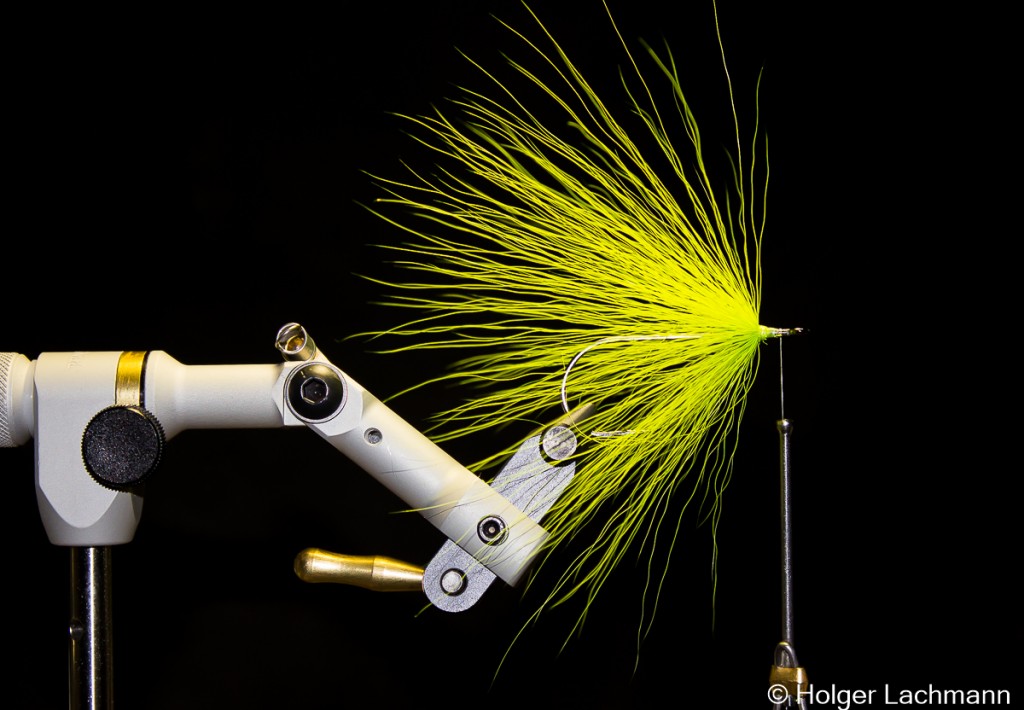 First, do a collar with Bucktail
First, do a collar with Bucktail
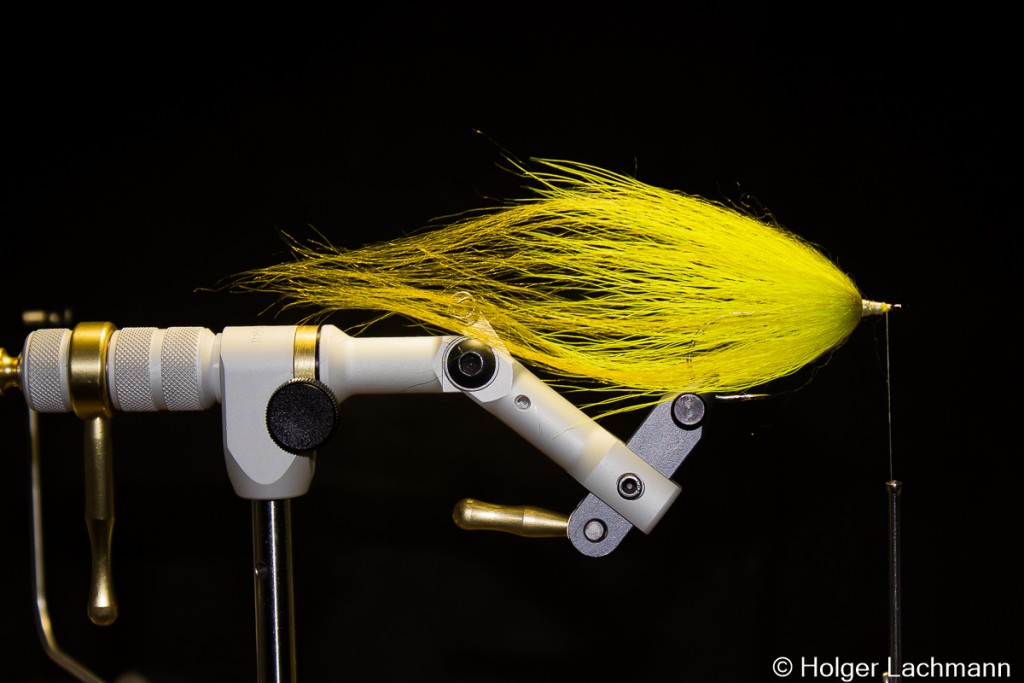 Take a bunch of Nayat and tie it around the Bucktail collar.
Take a bunch of Nayat and tie it around the Bucktail collar.
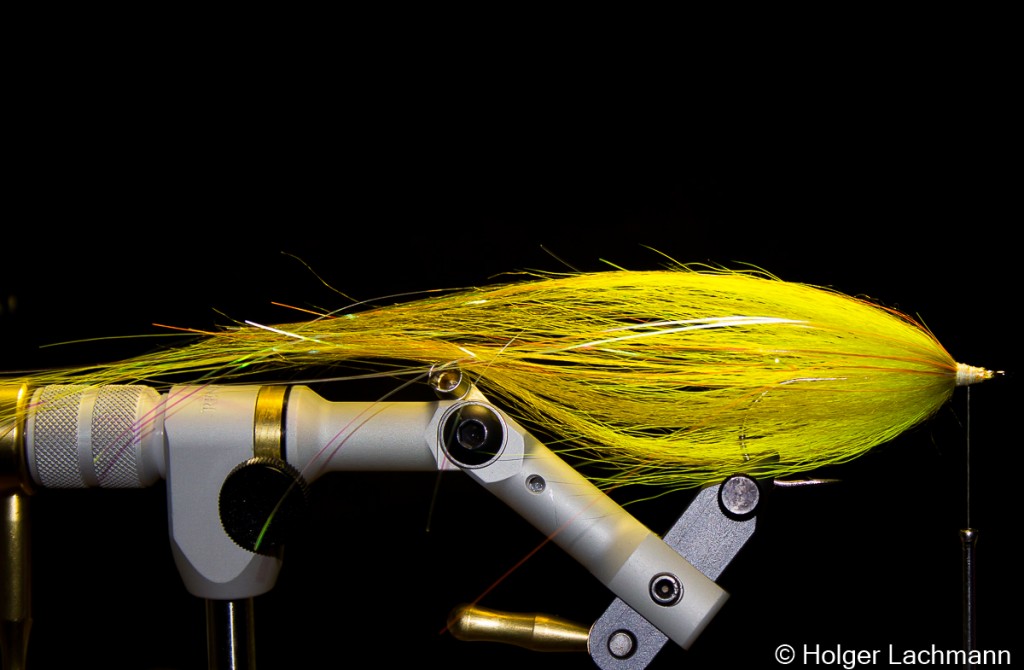 Some fibres of Curled Big Fly Fibre Flash over the Nayat
Some fibres of Curled Big Fly Fibre Flash over the Nayat
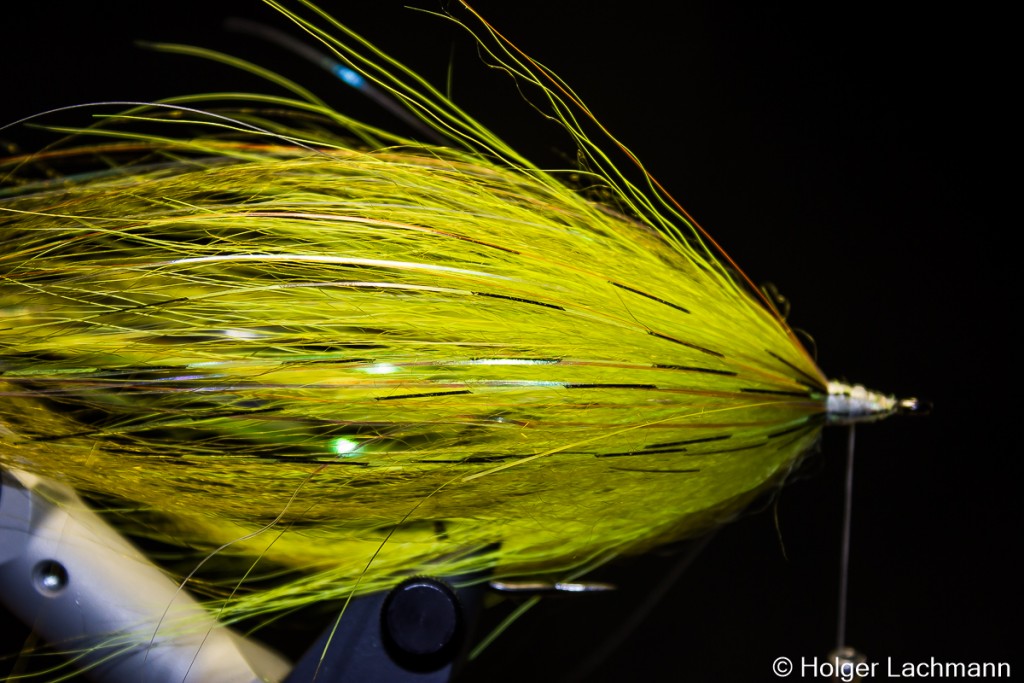 And some Grizzly Barred Flashabou to give some contrast. Super easy and it looks awesome!
And some Grizzly Barred Flashabou to give some contrast. Super easy and it looks awesome!
You can find the materials by clicking onto the following links (choose between german and english language):

